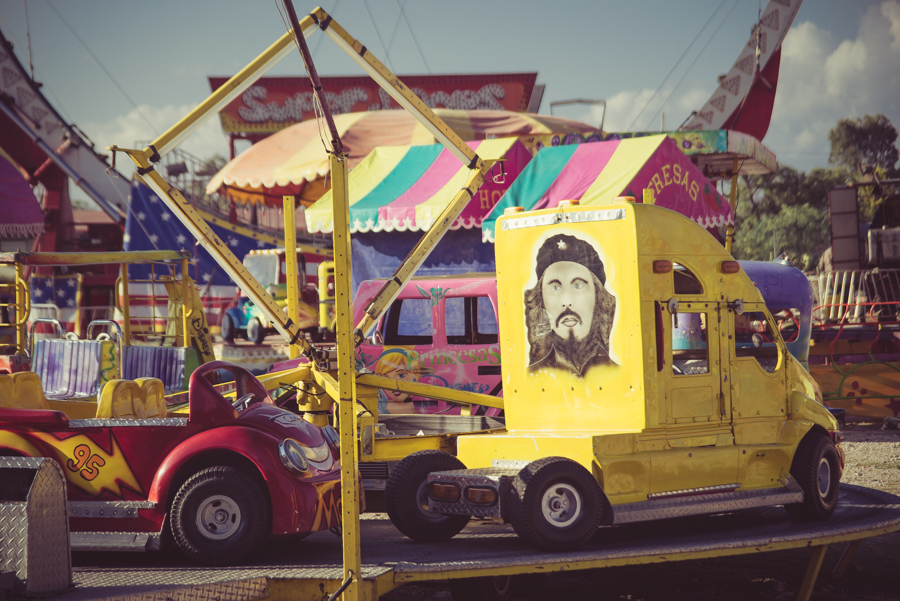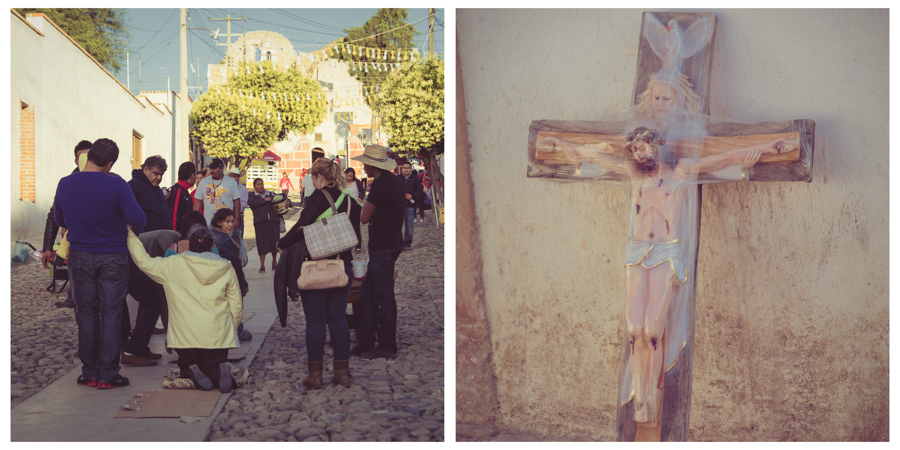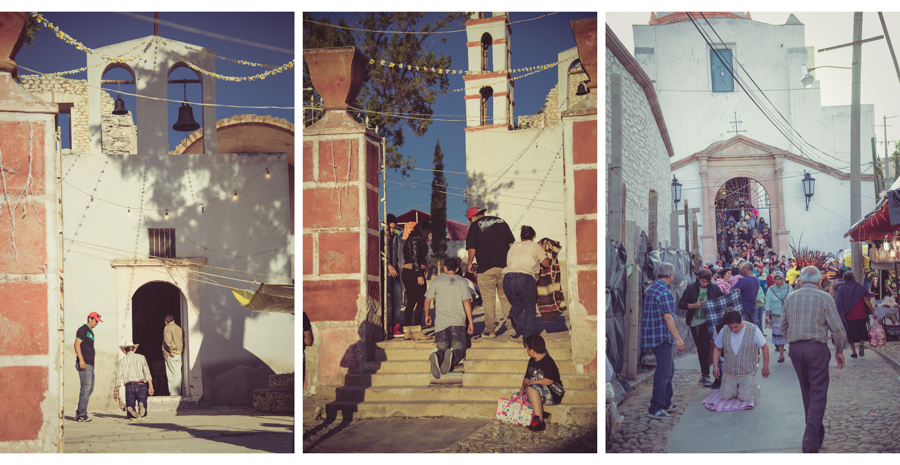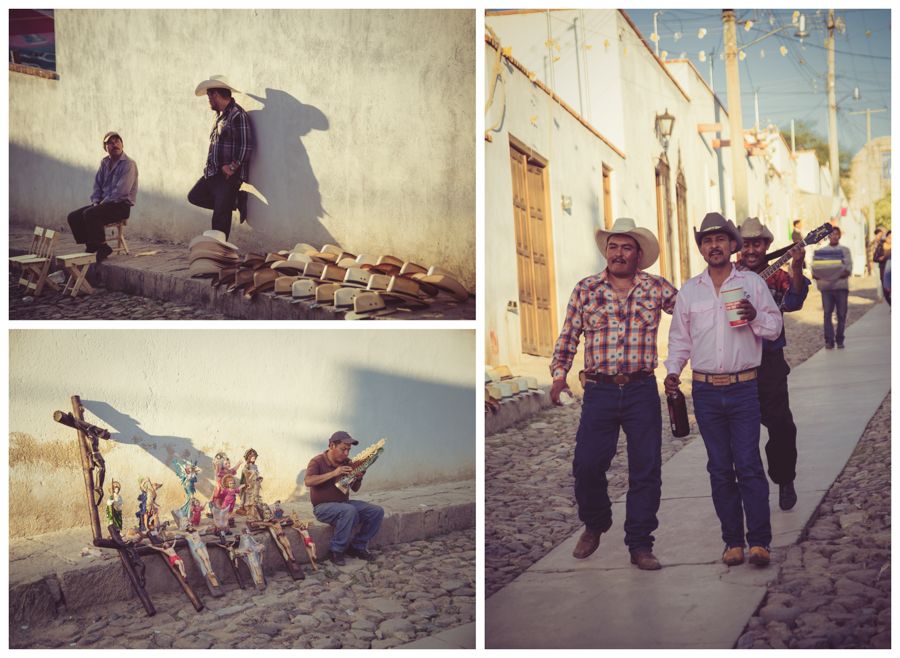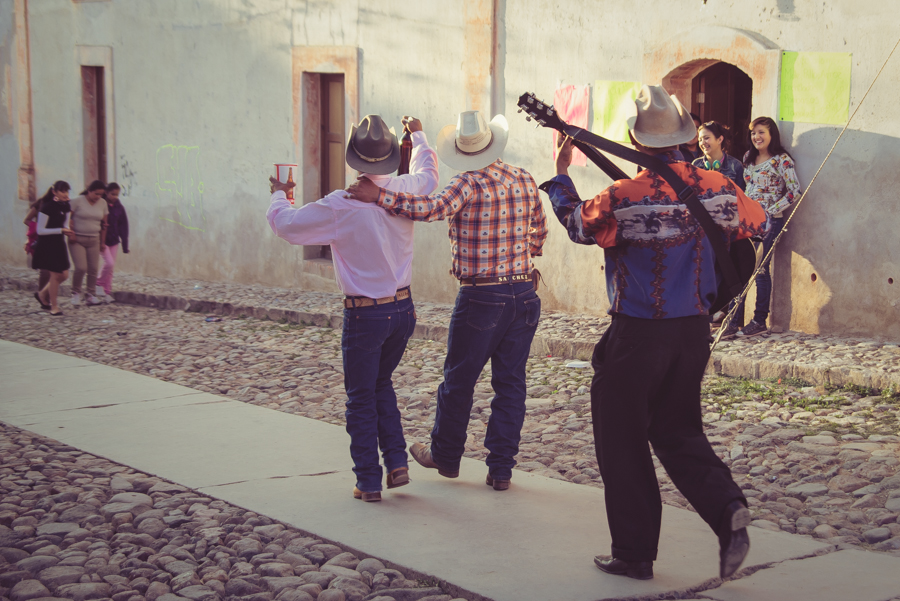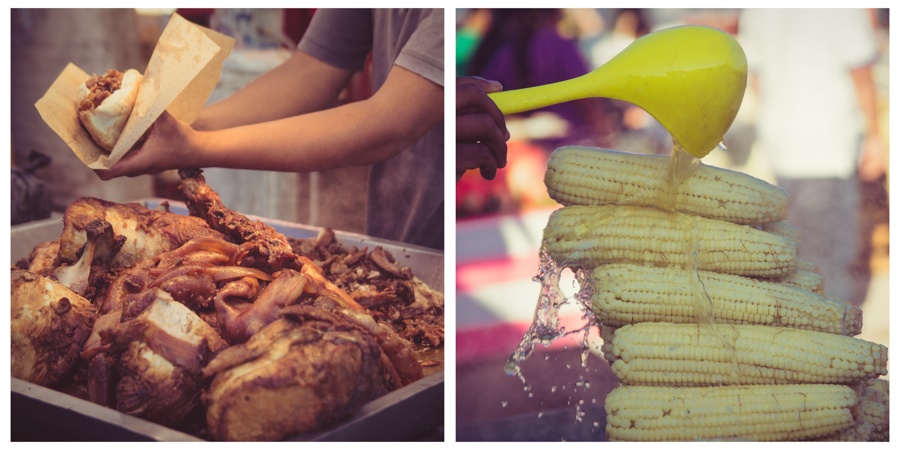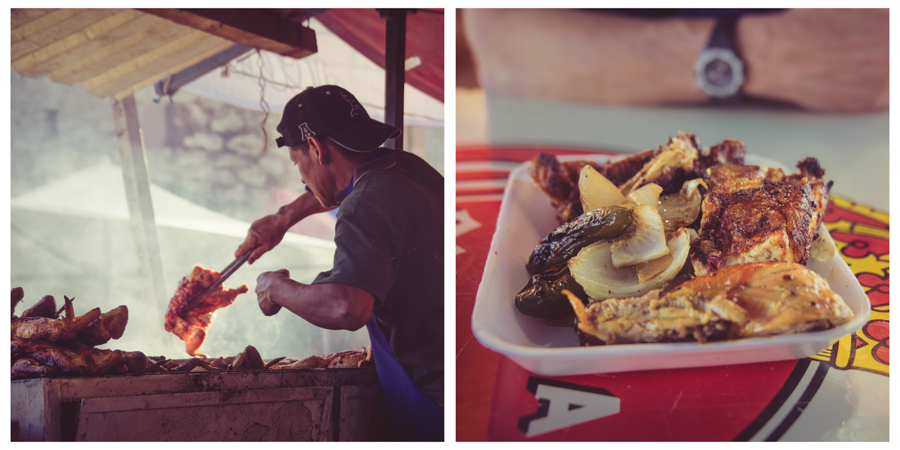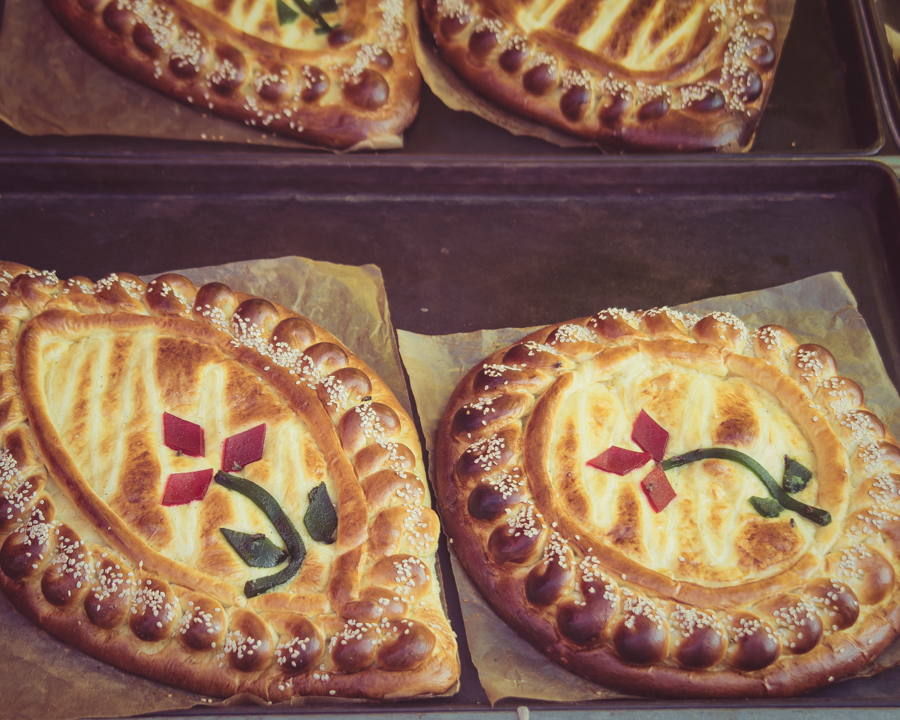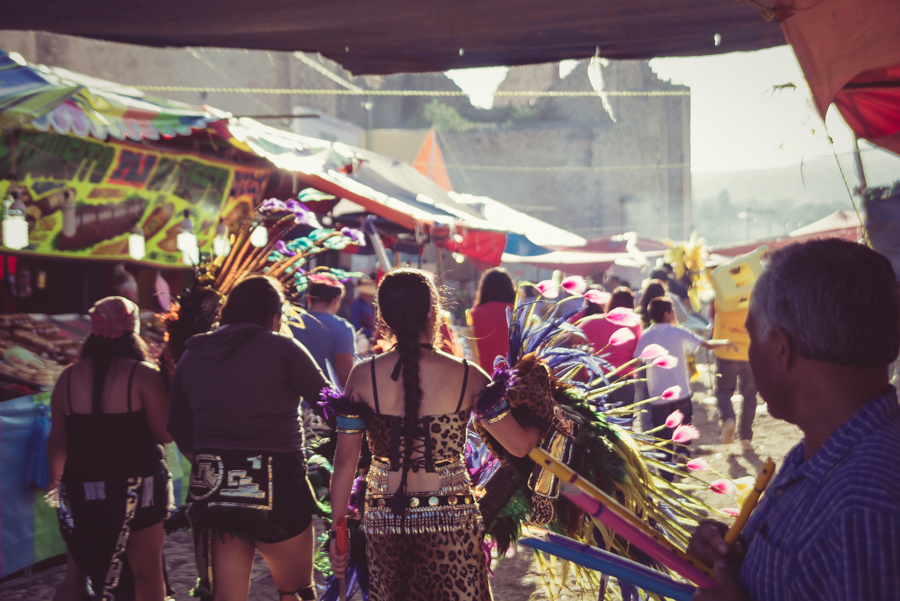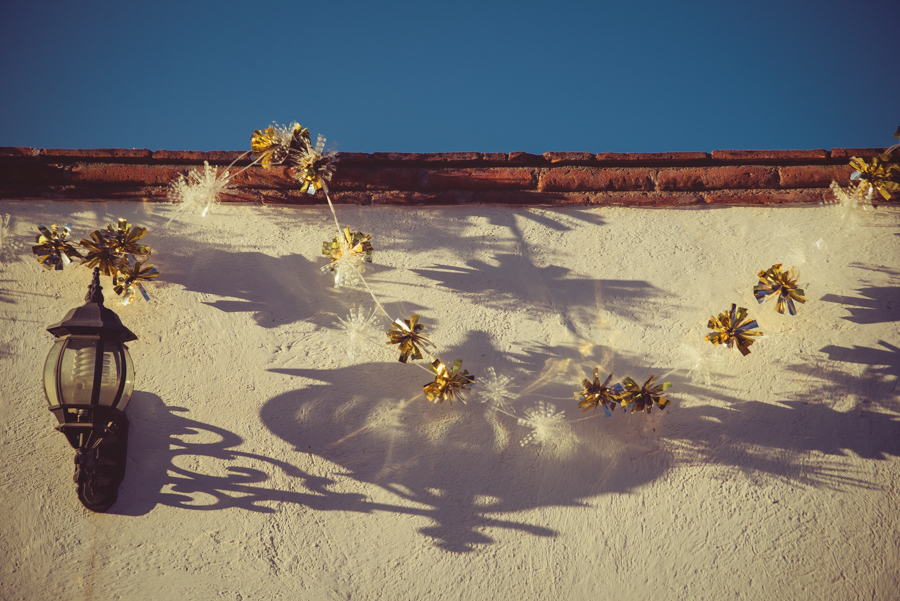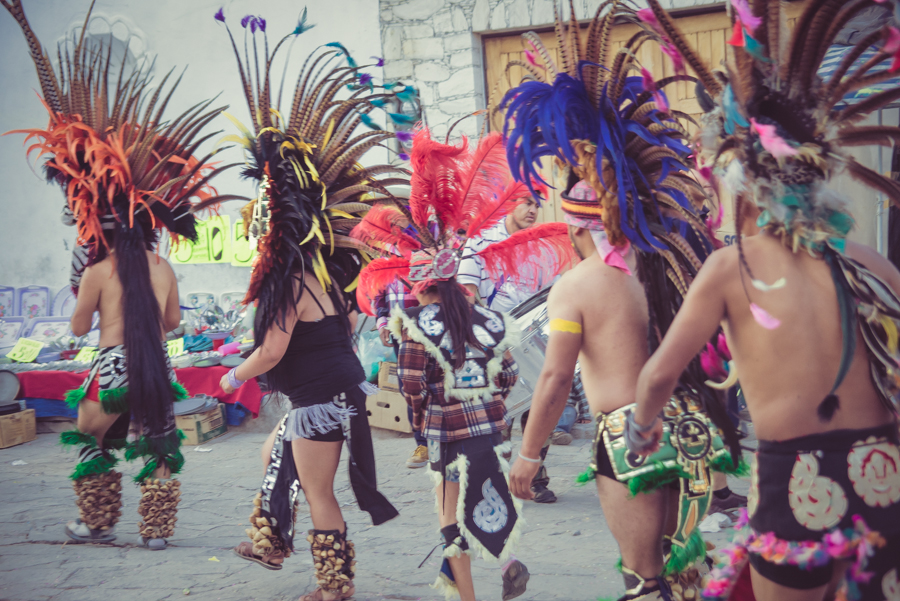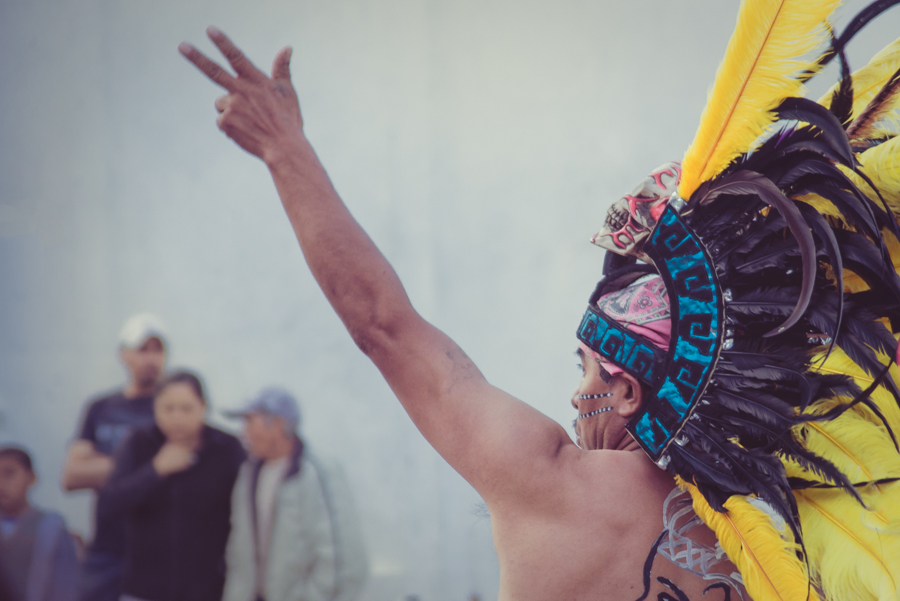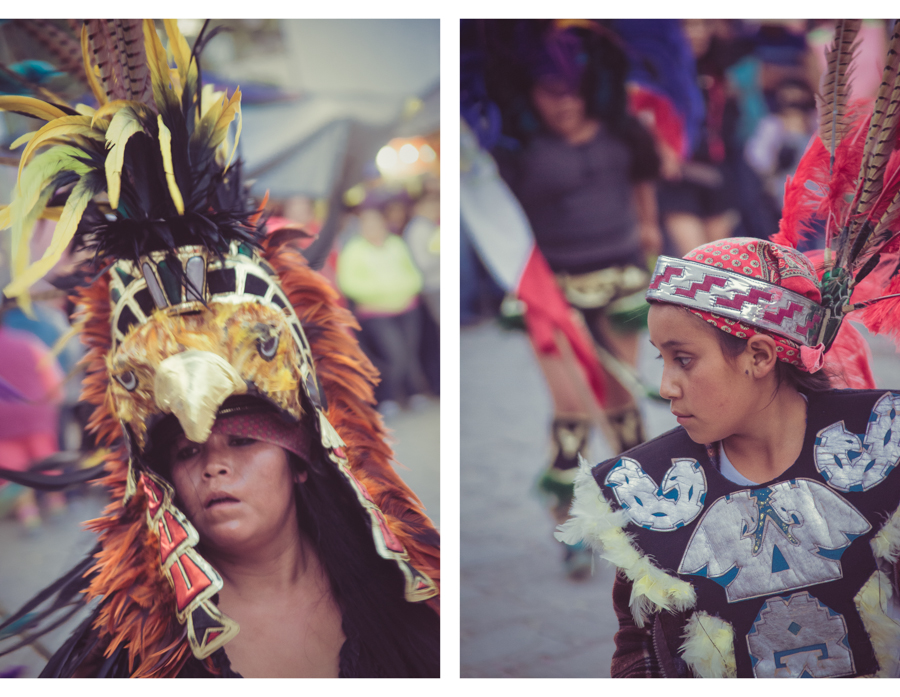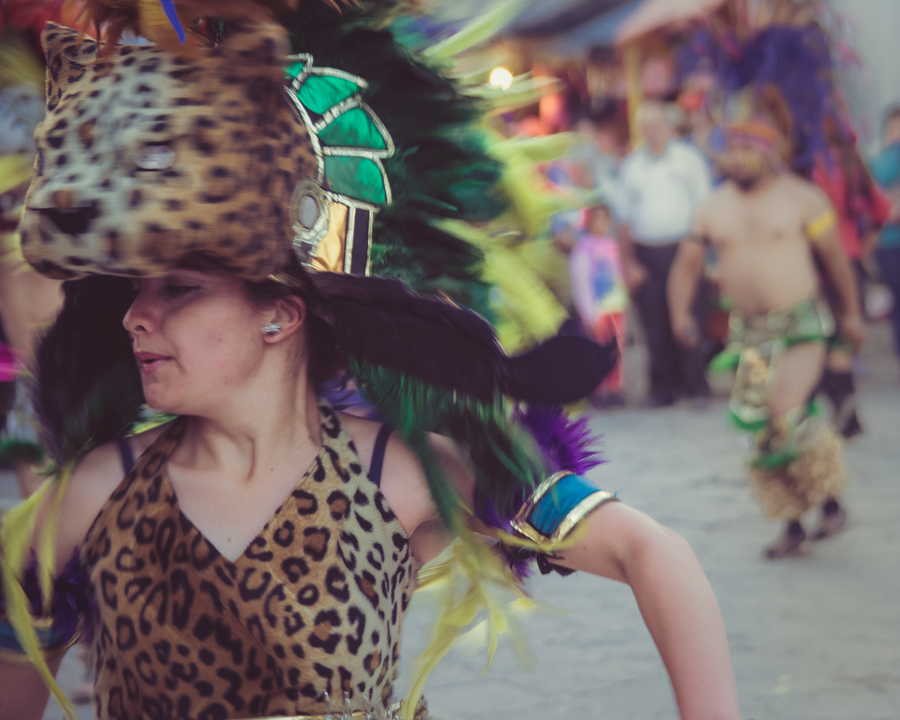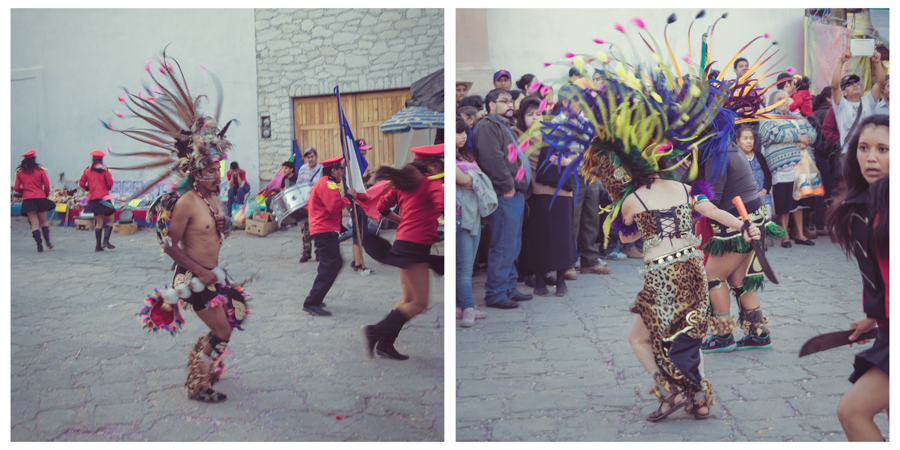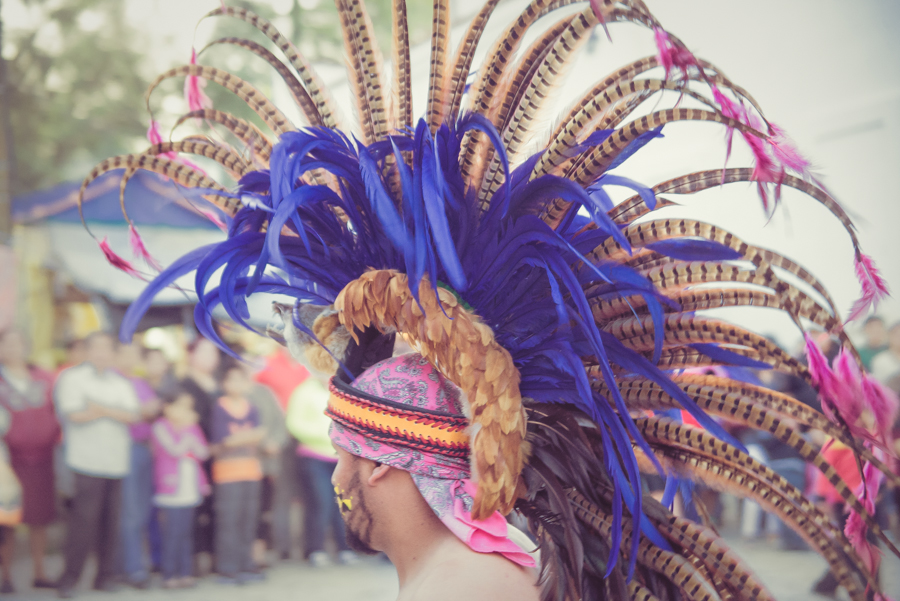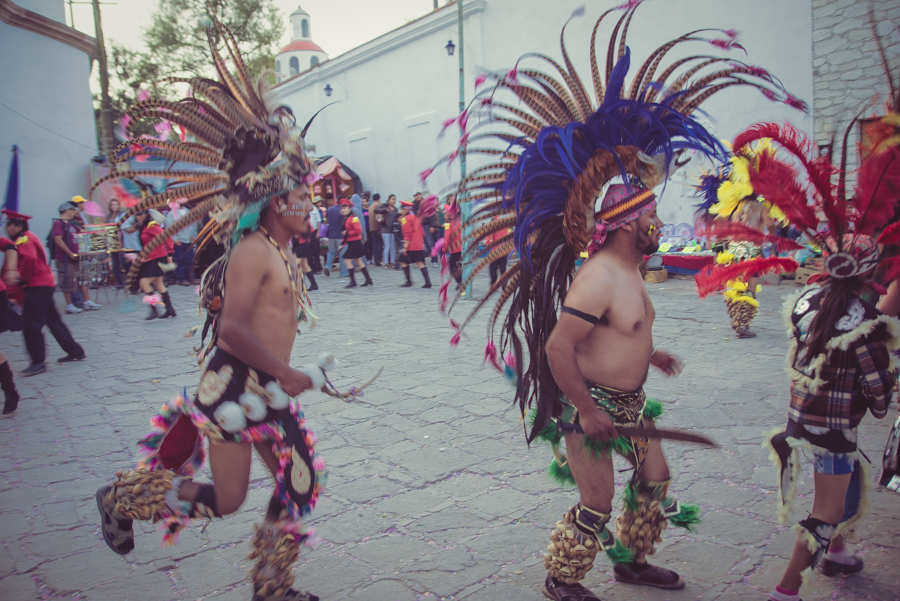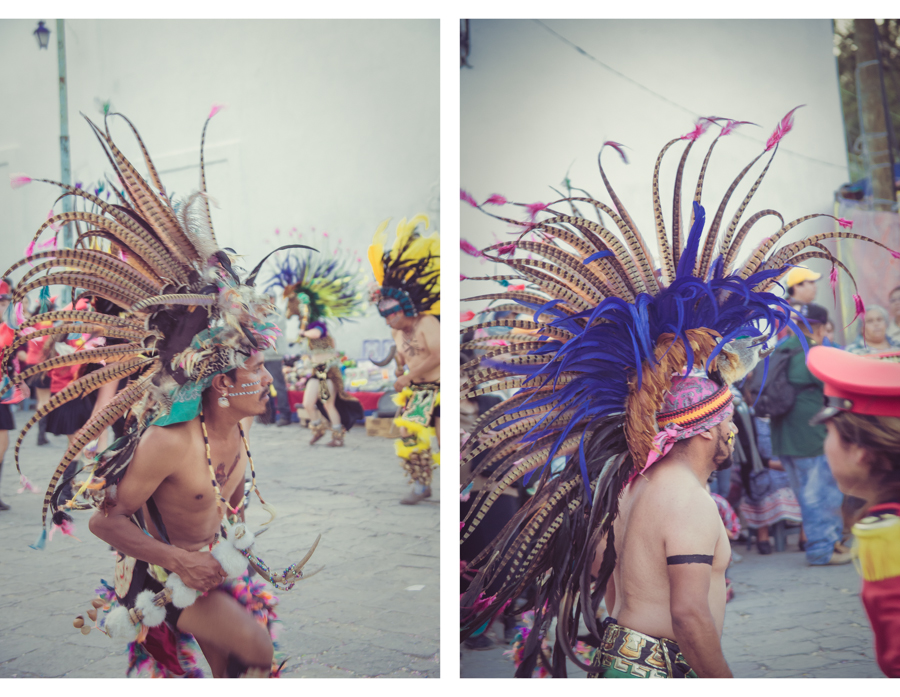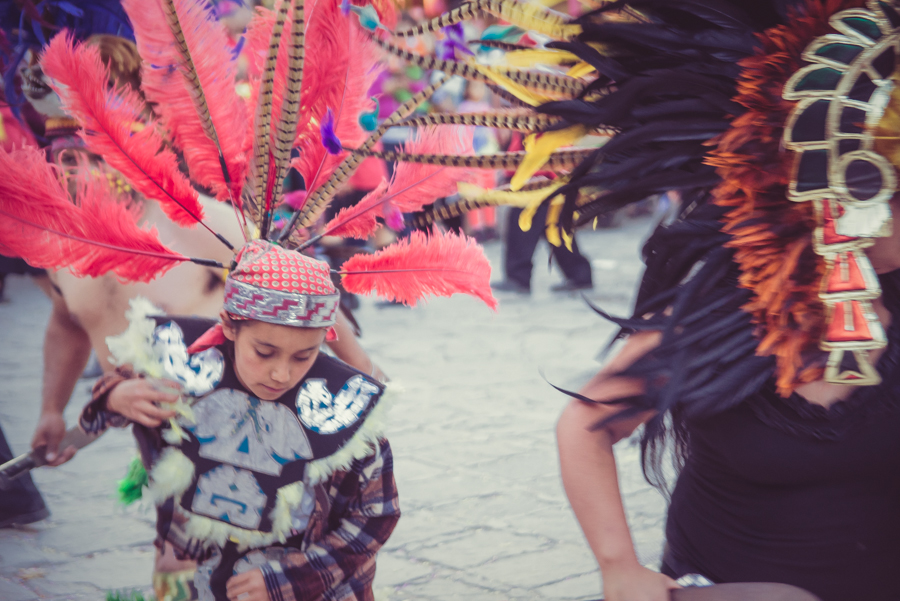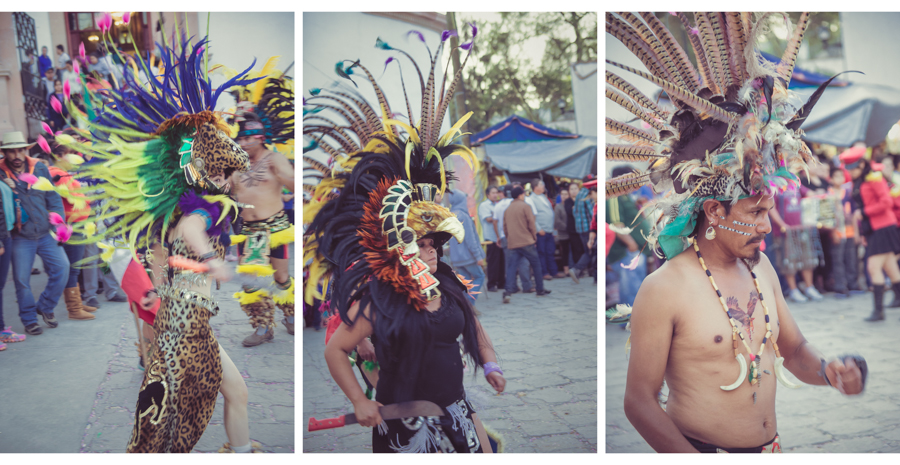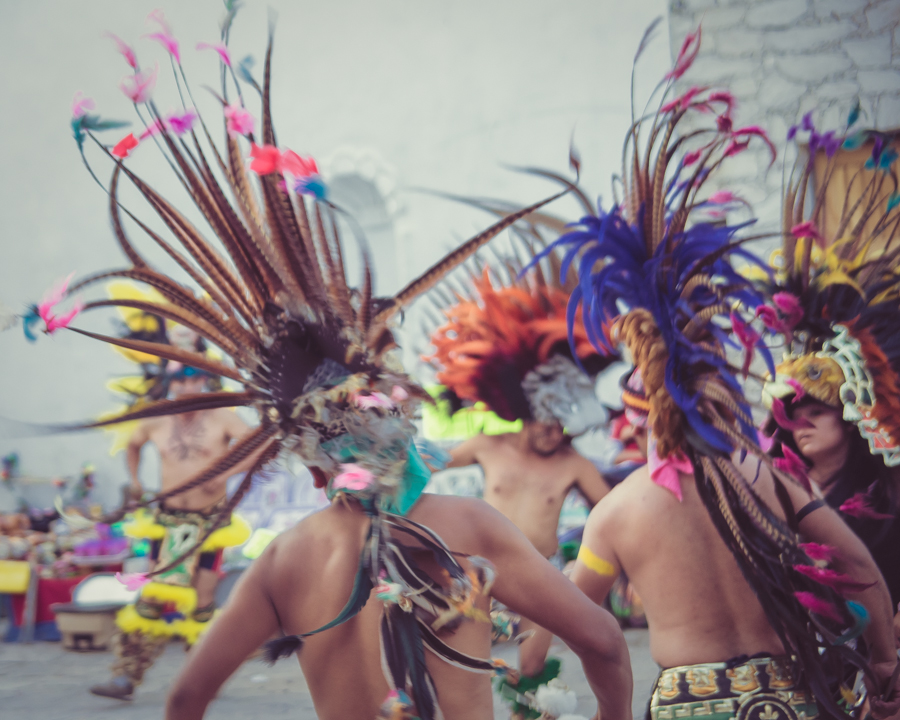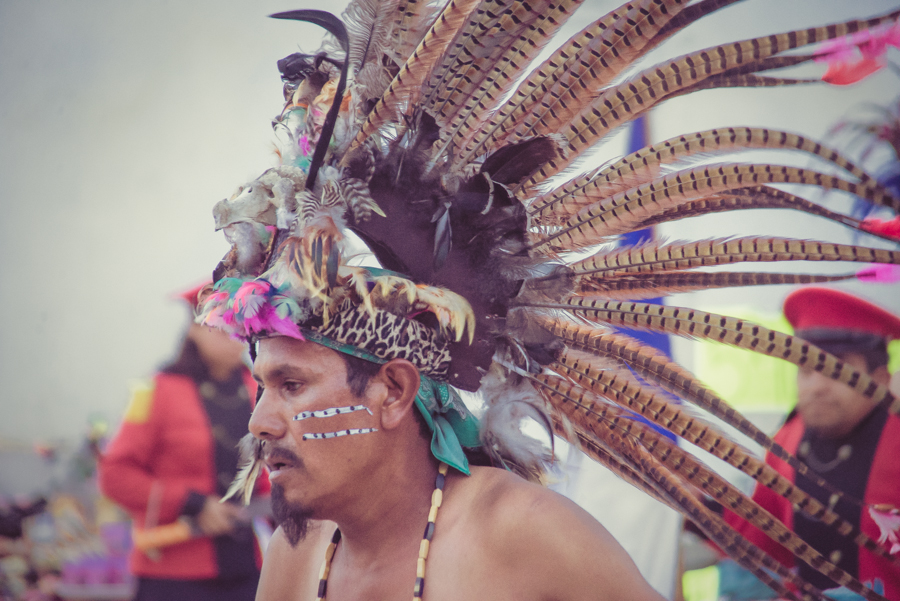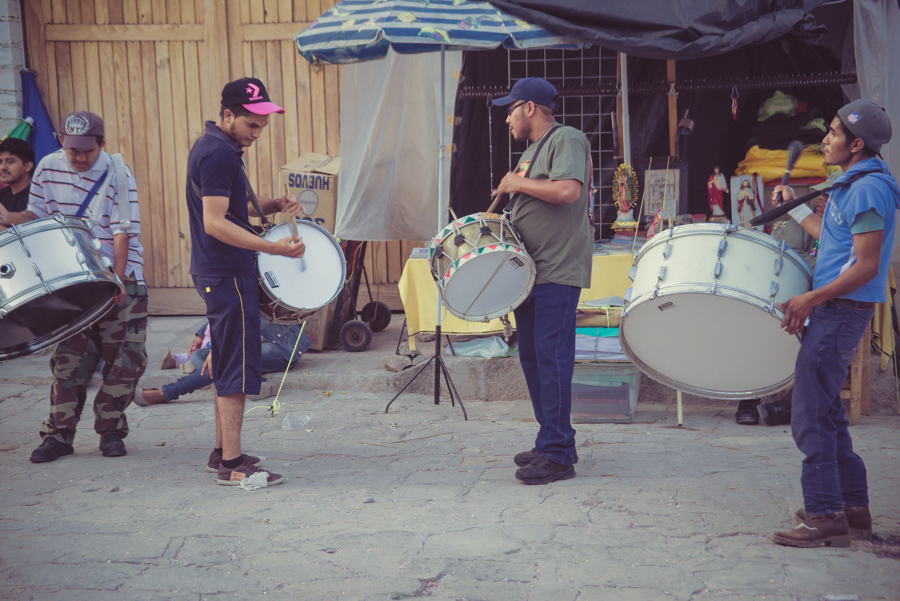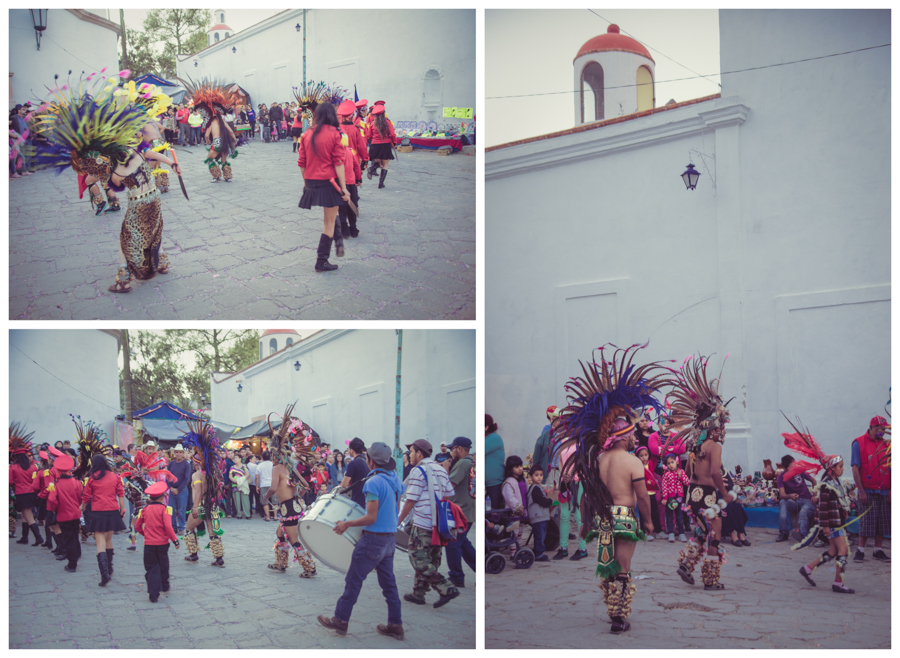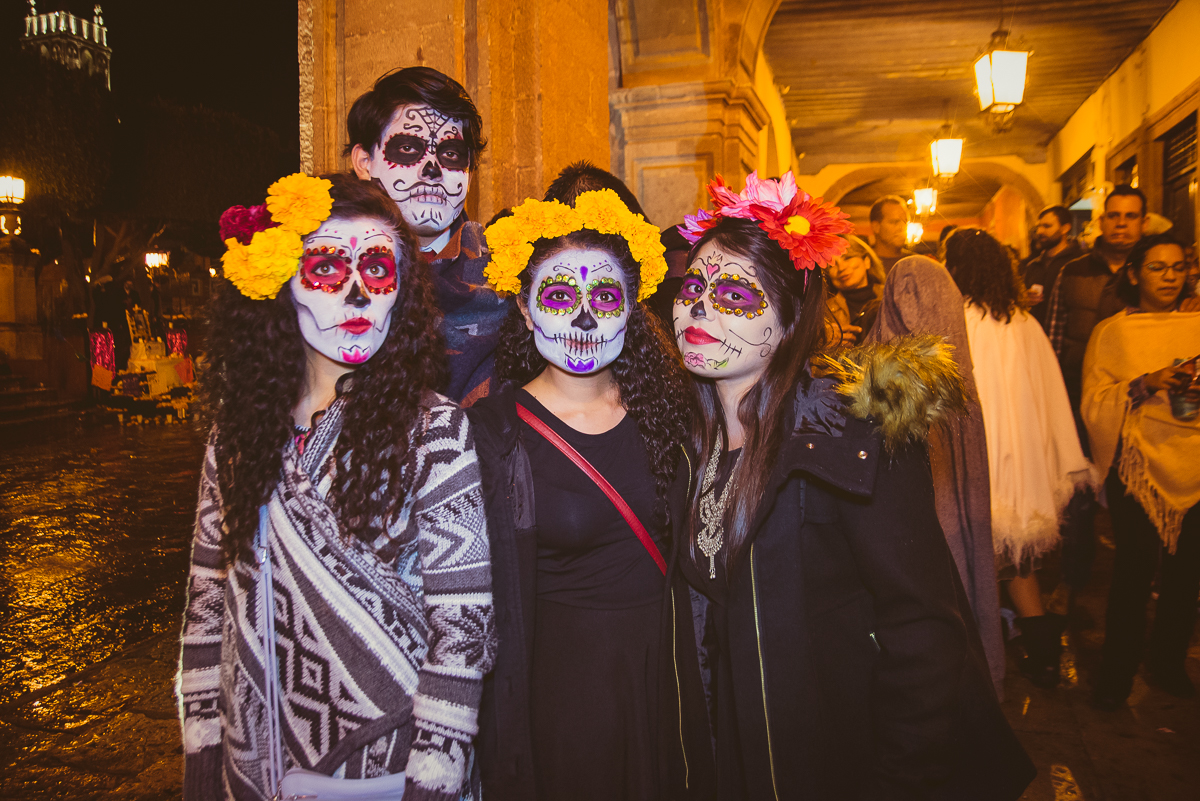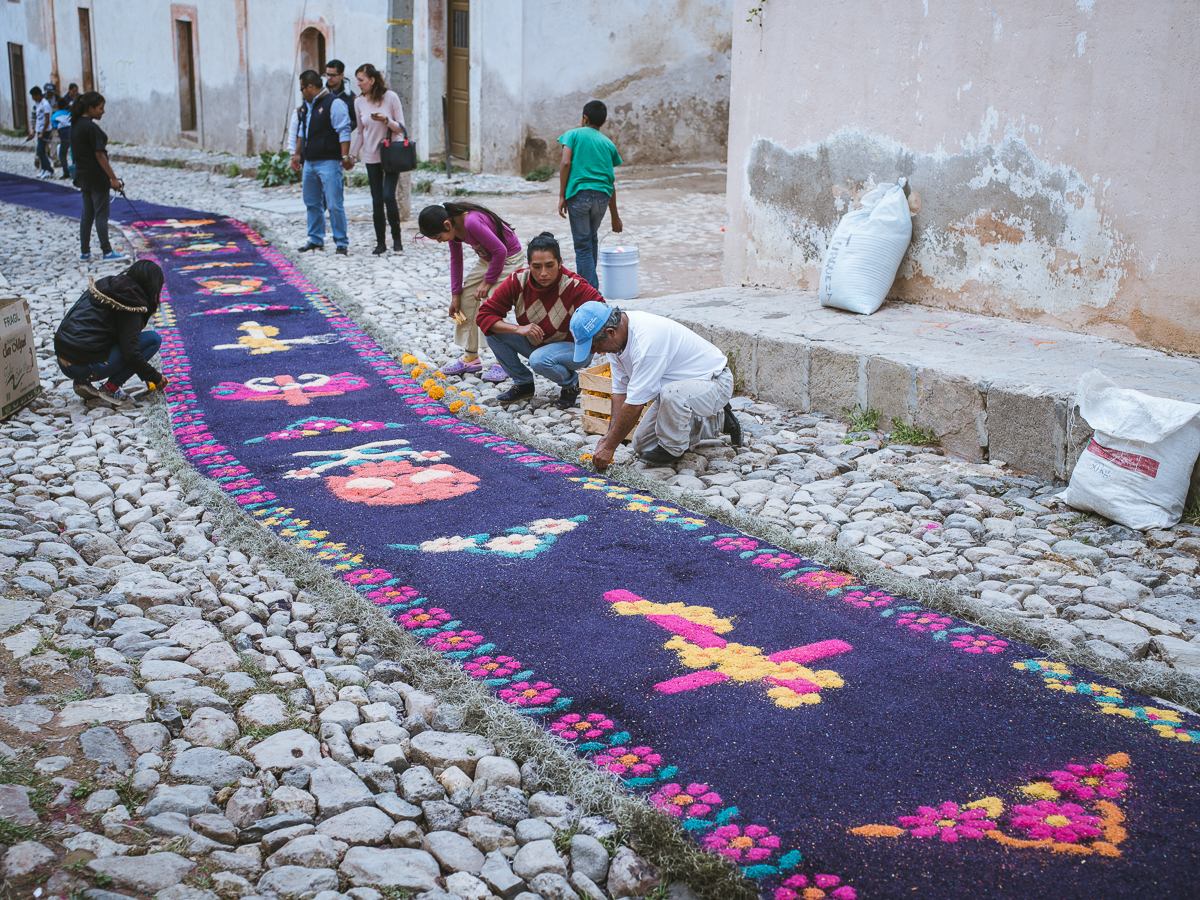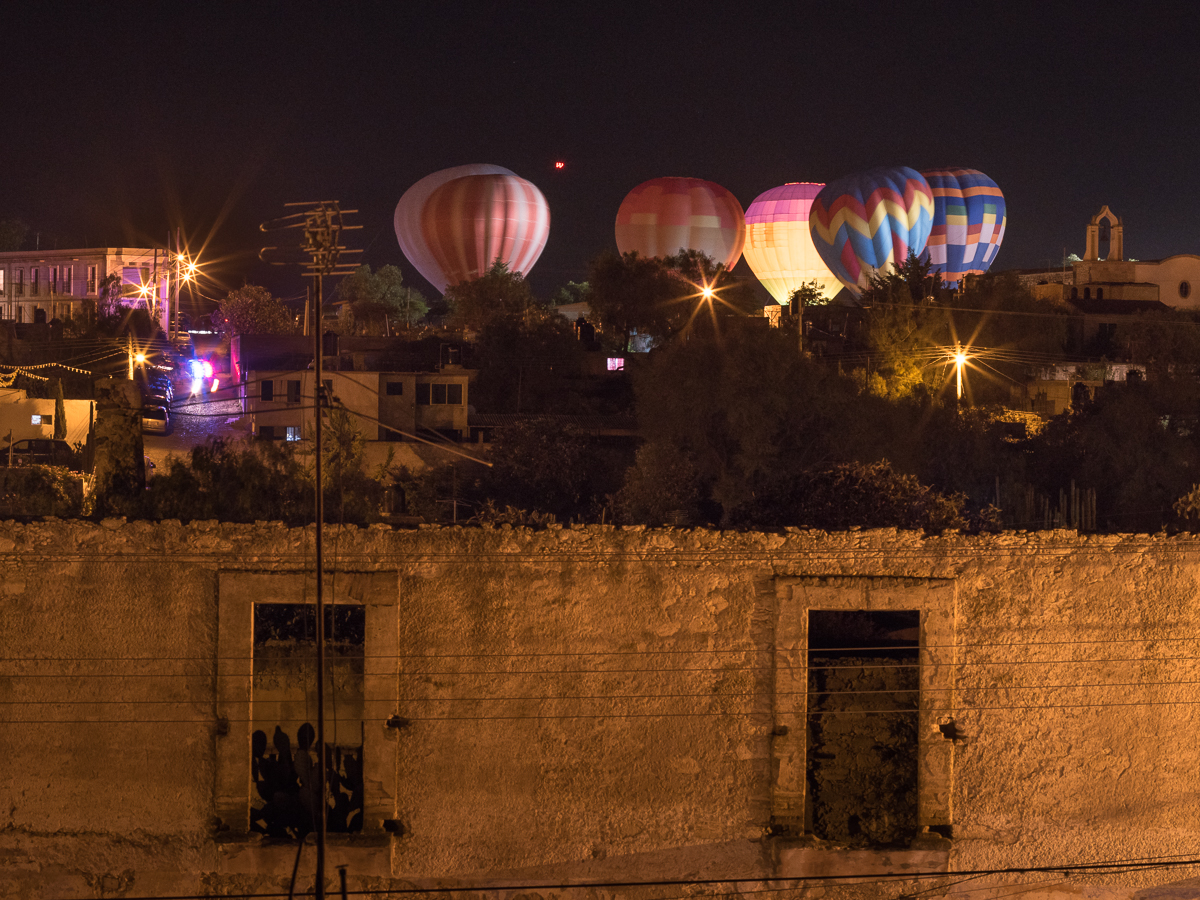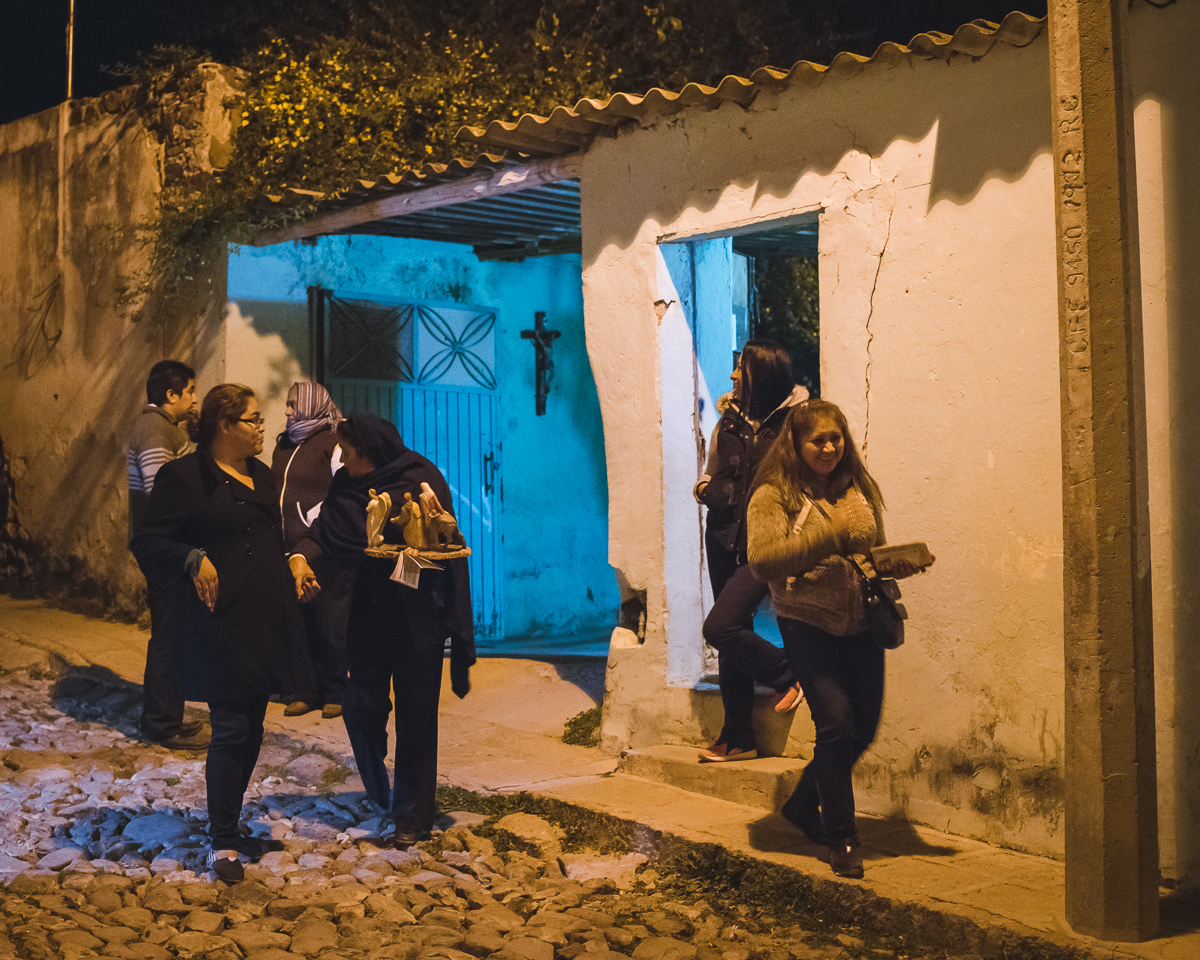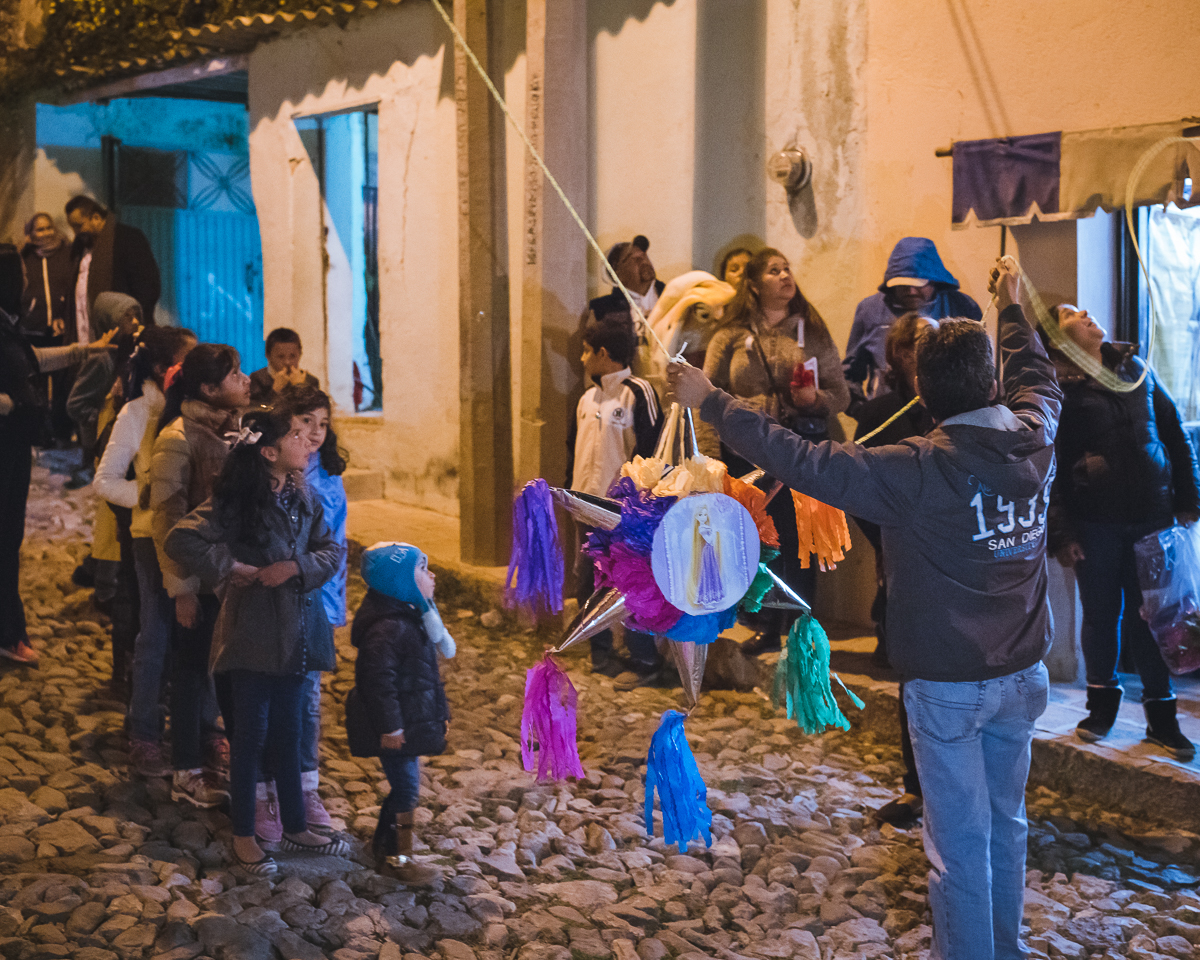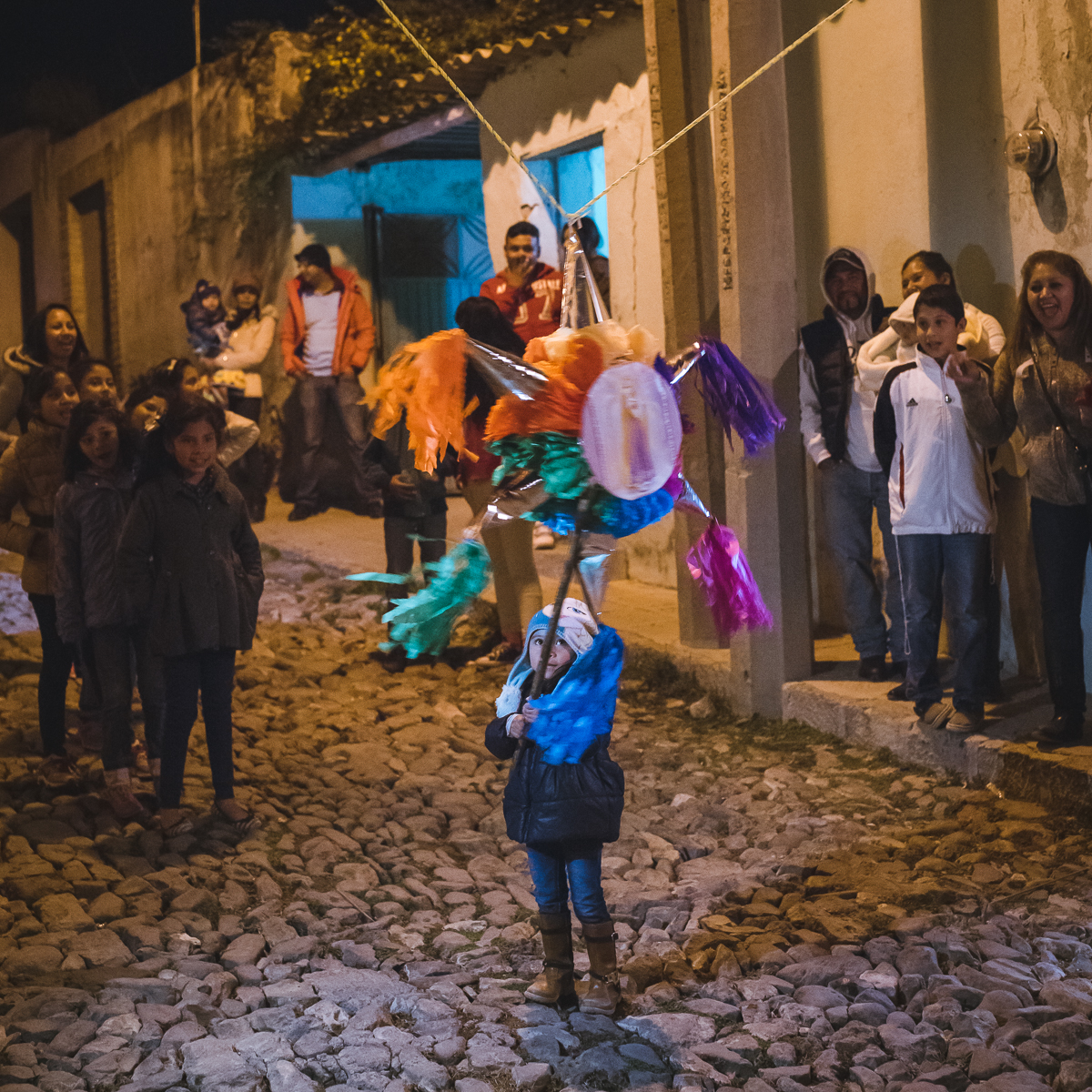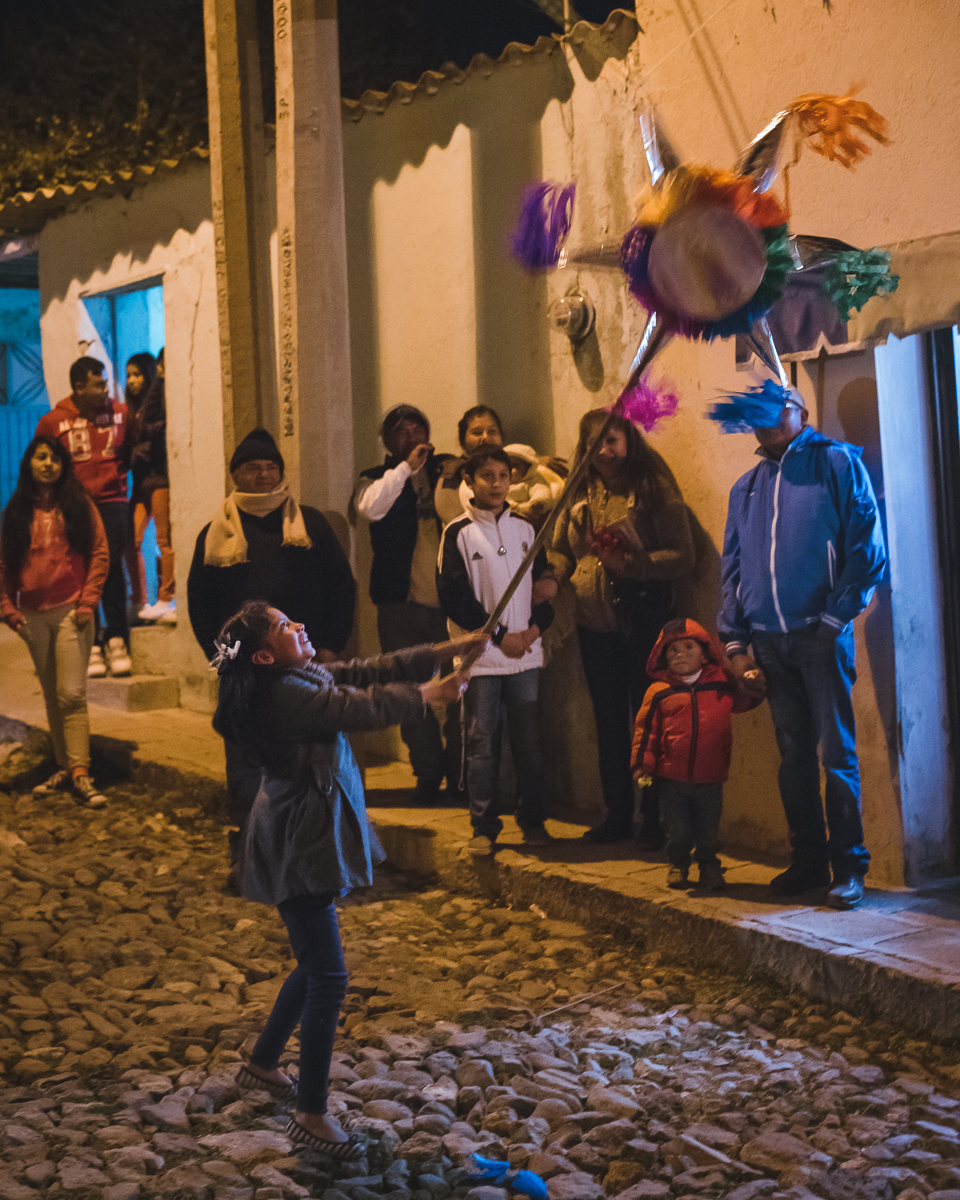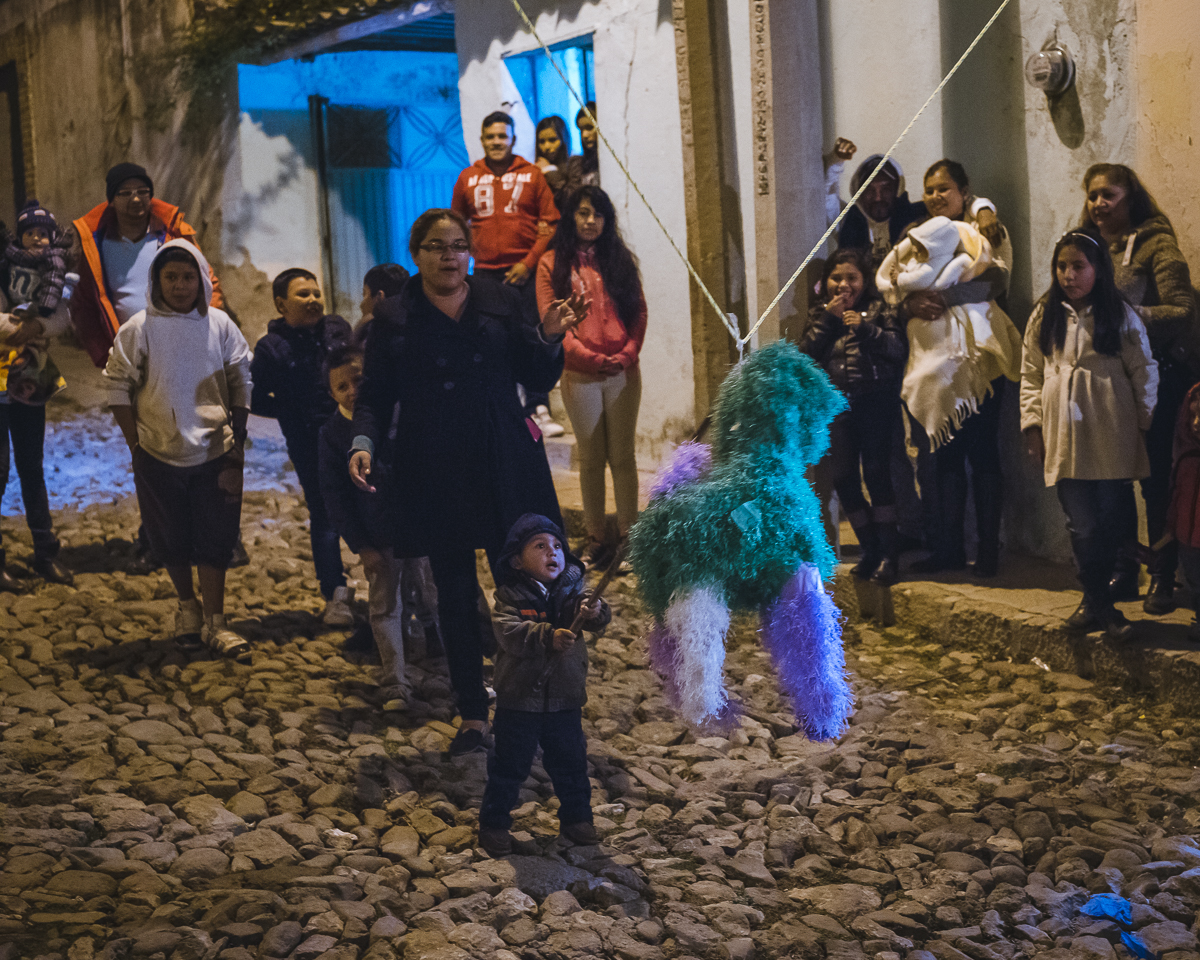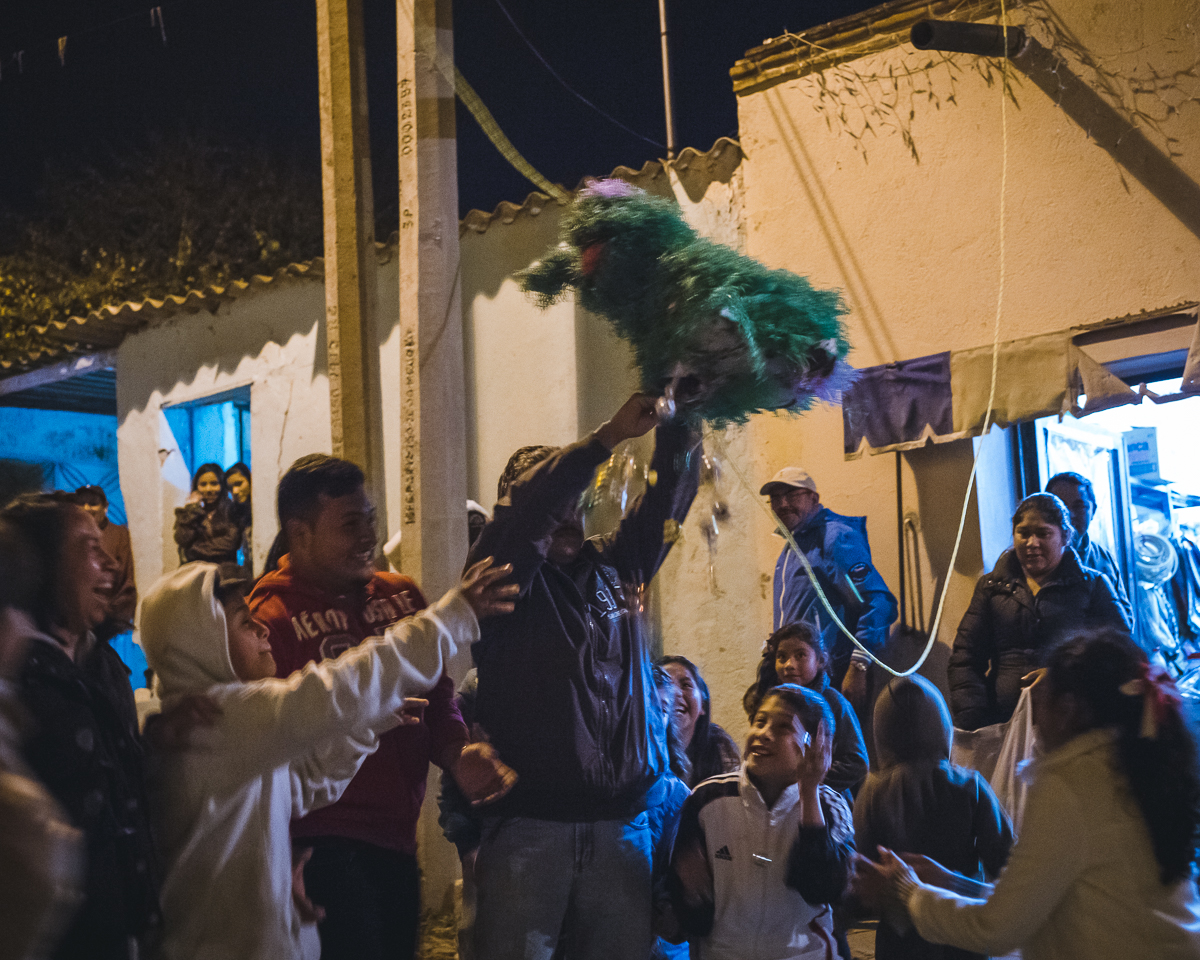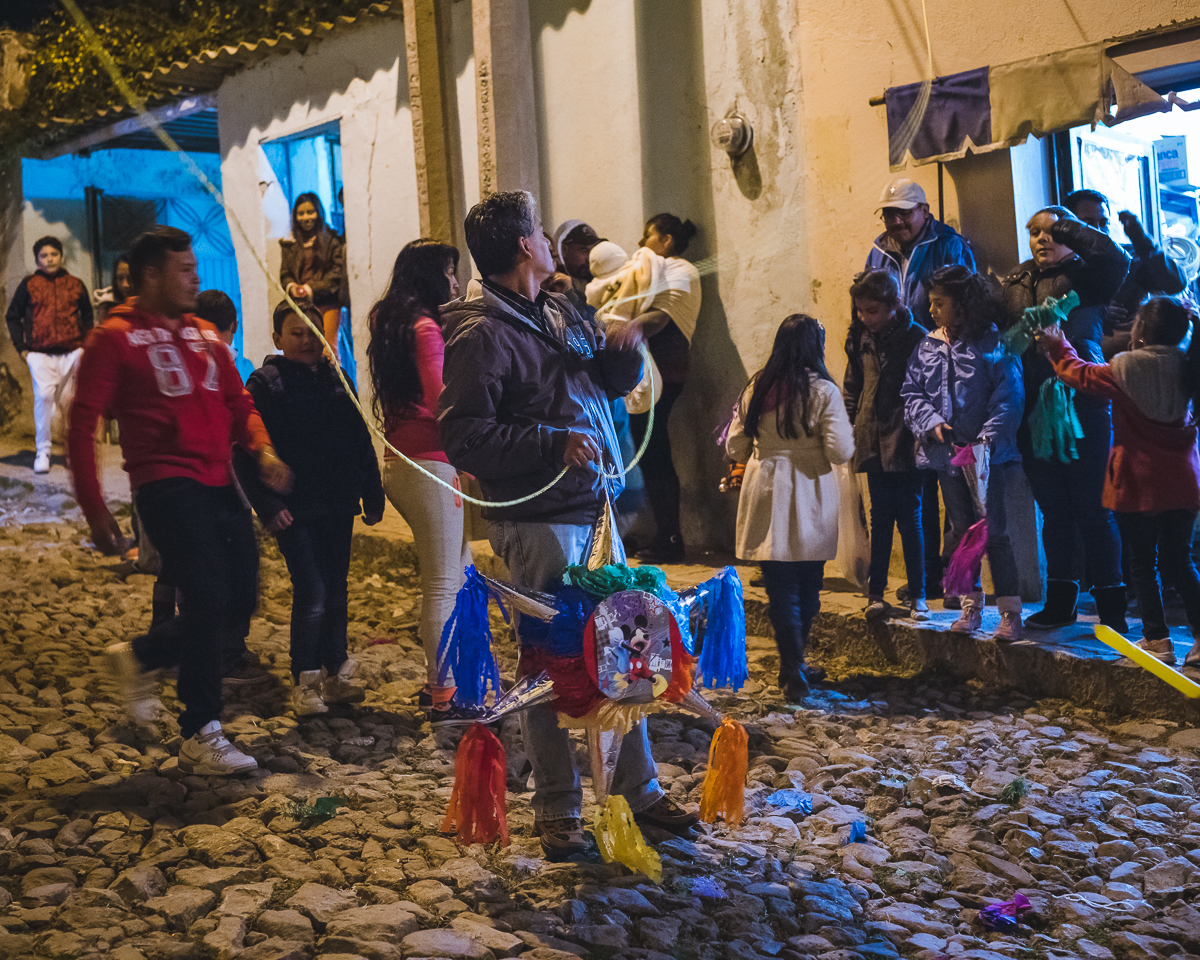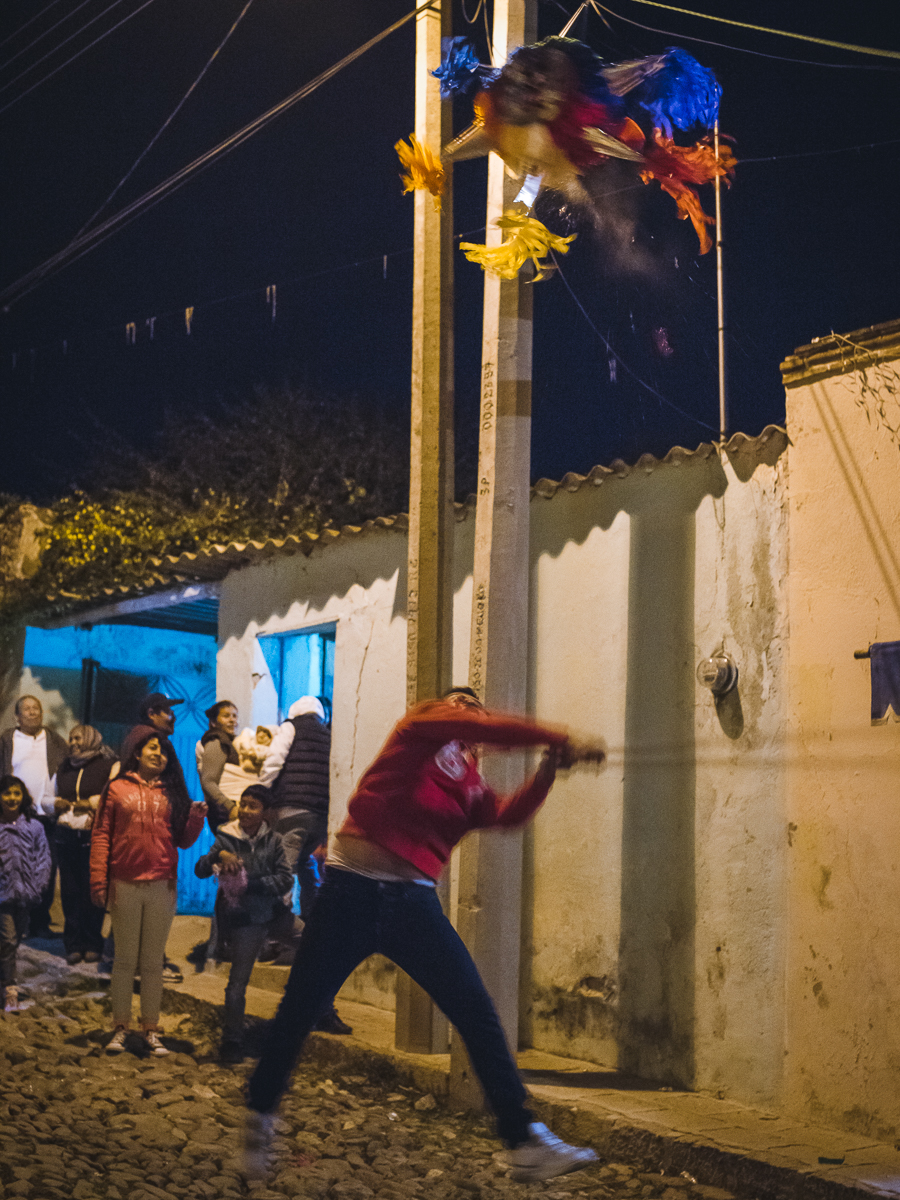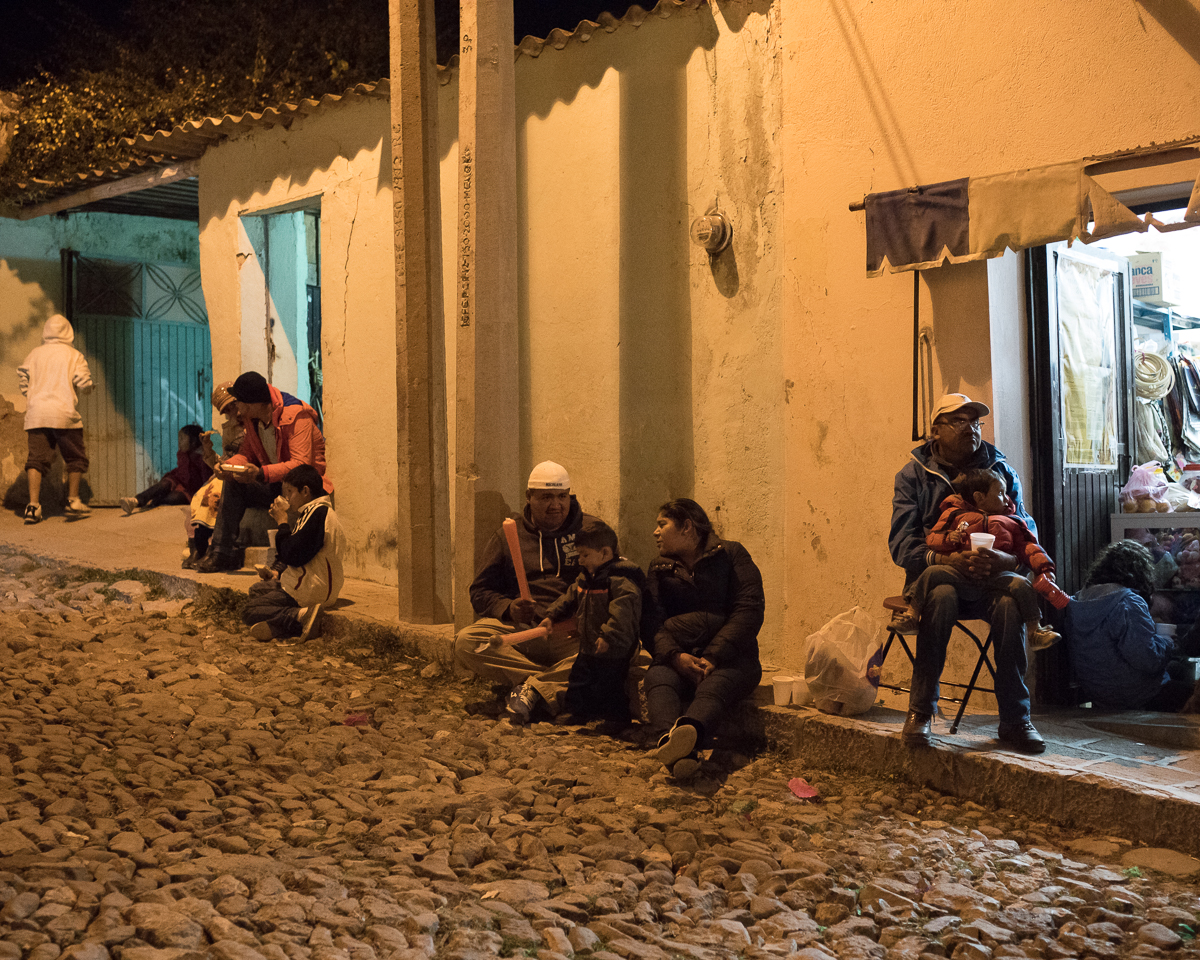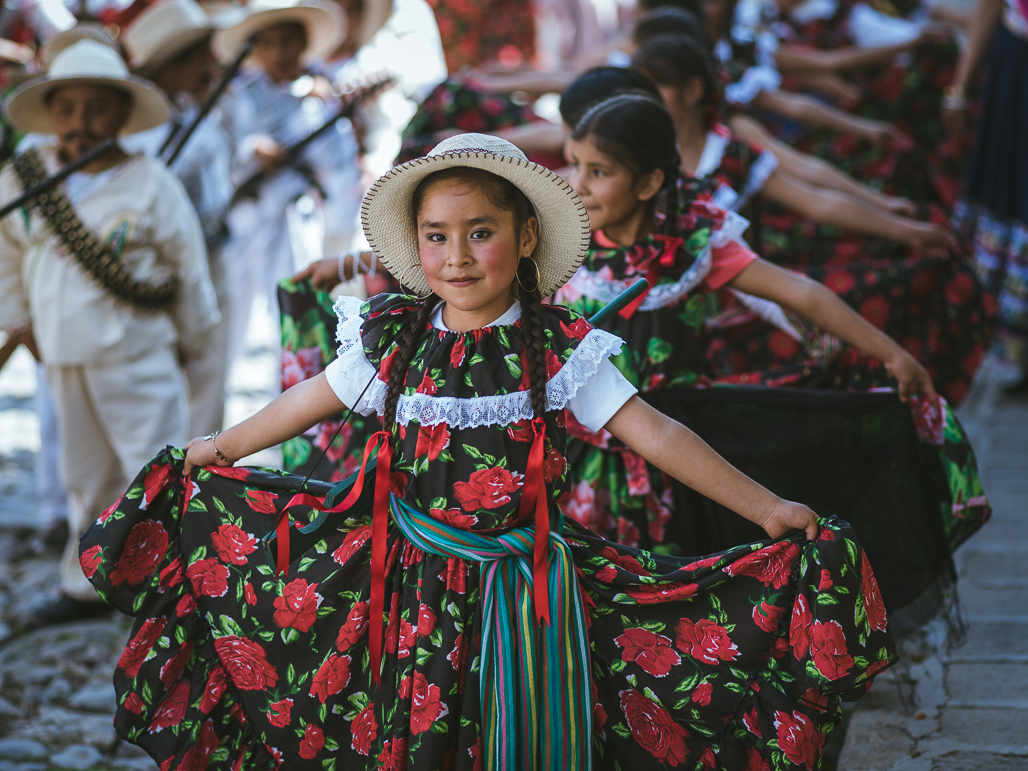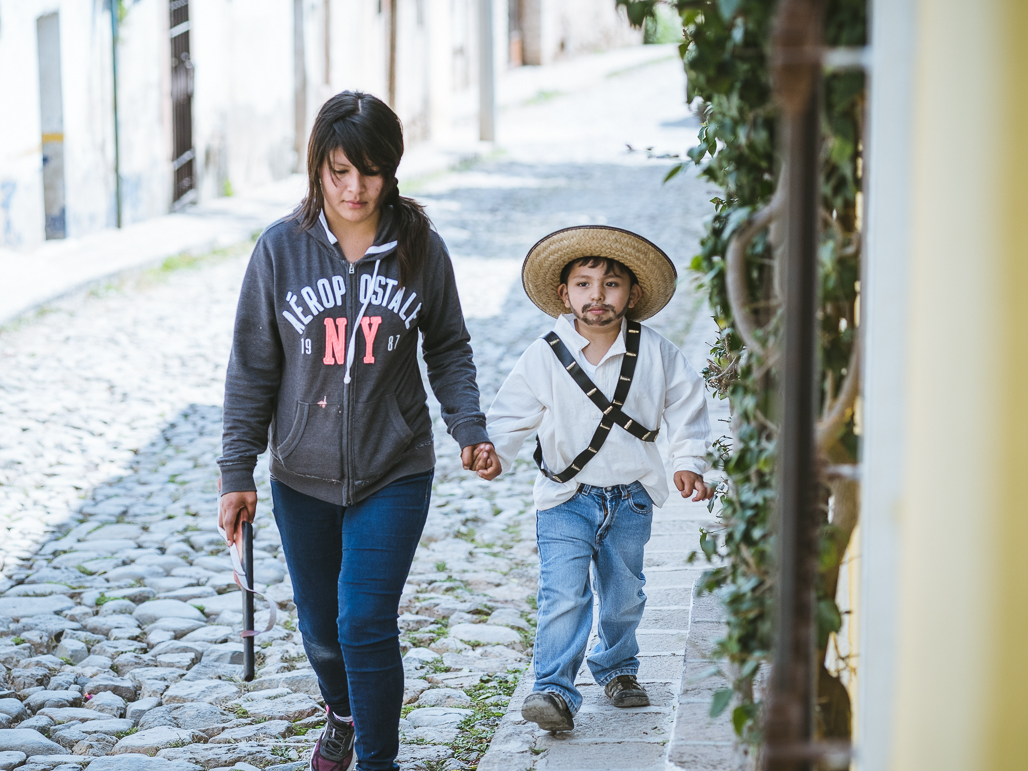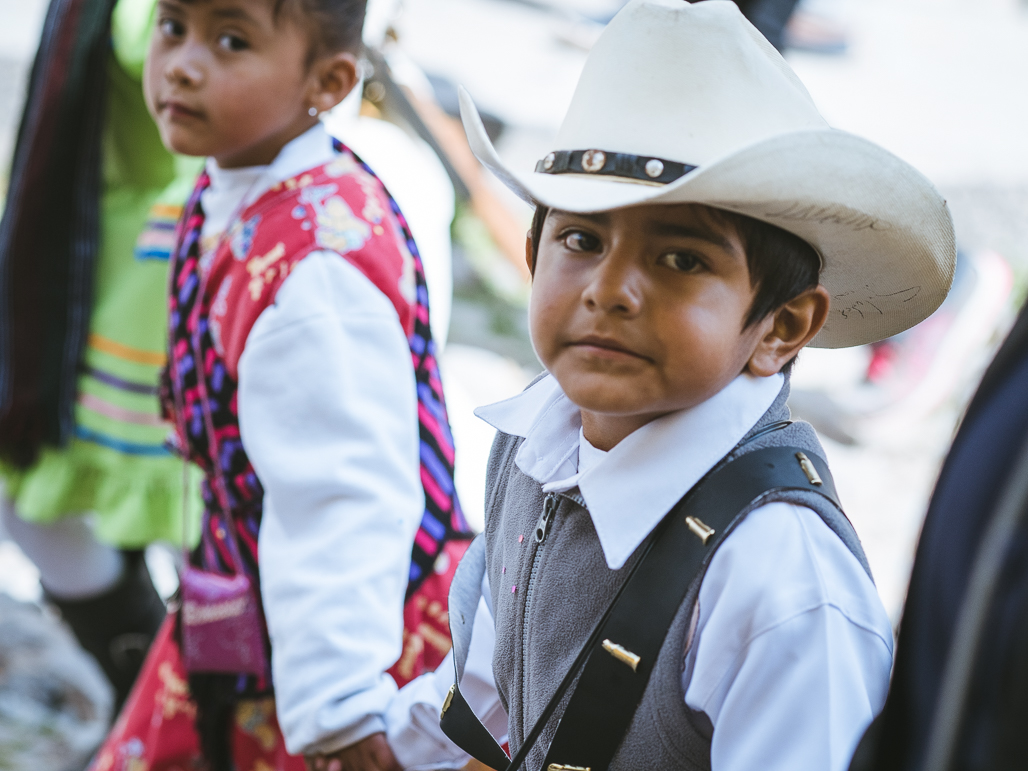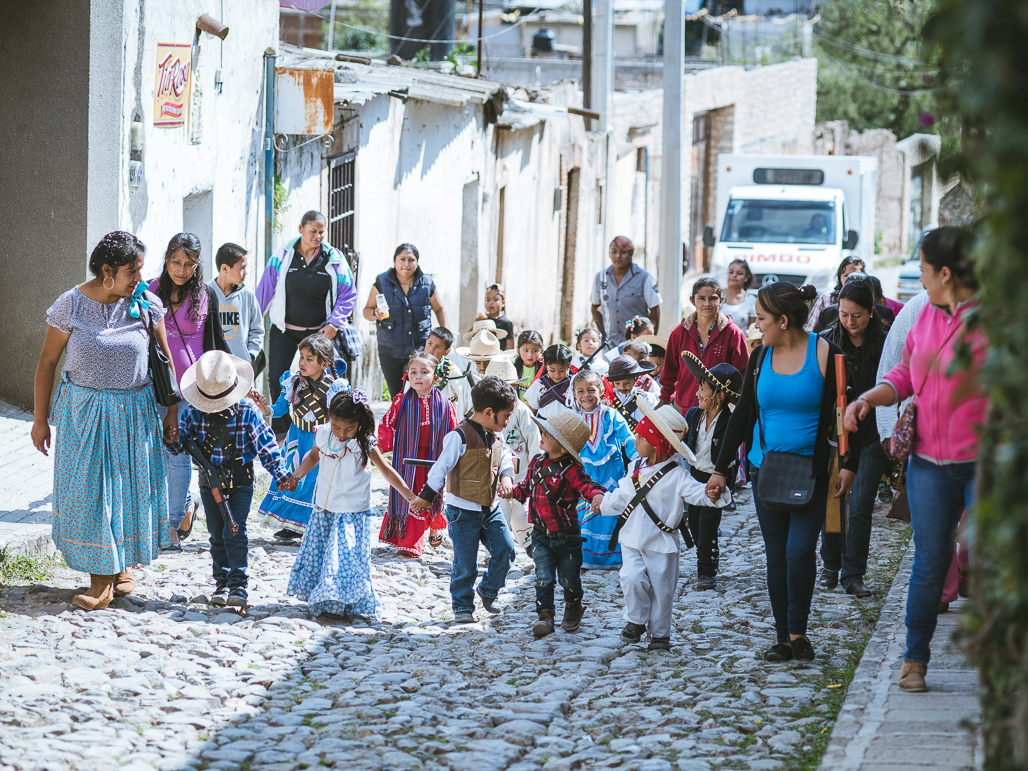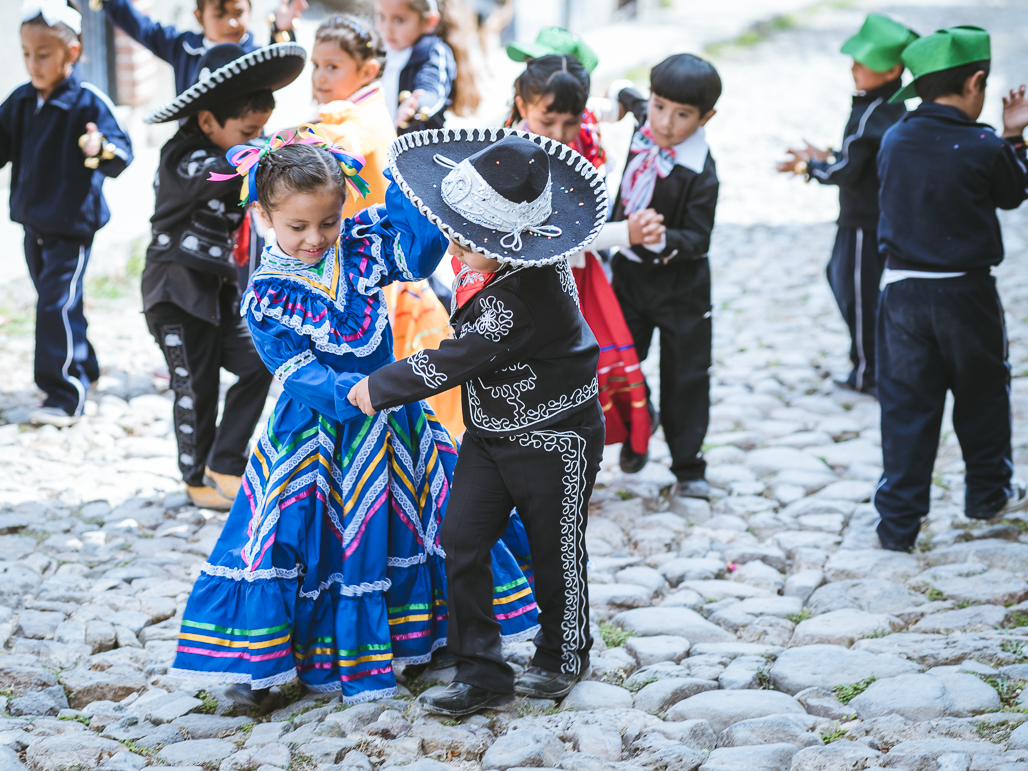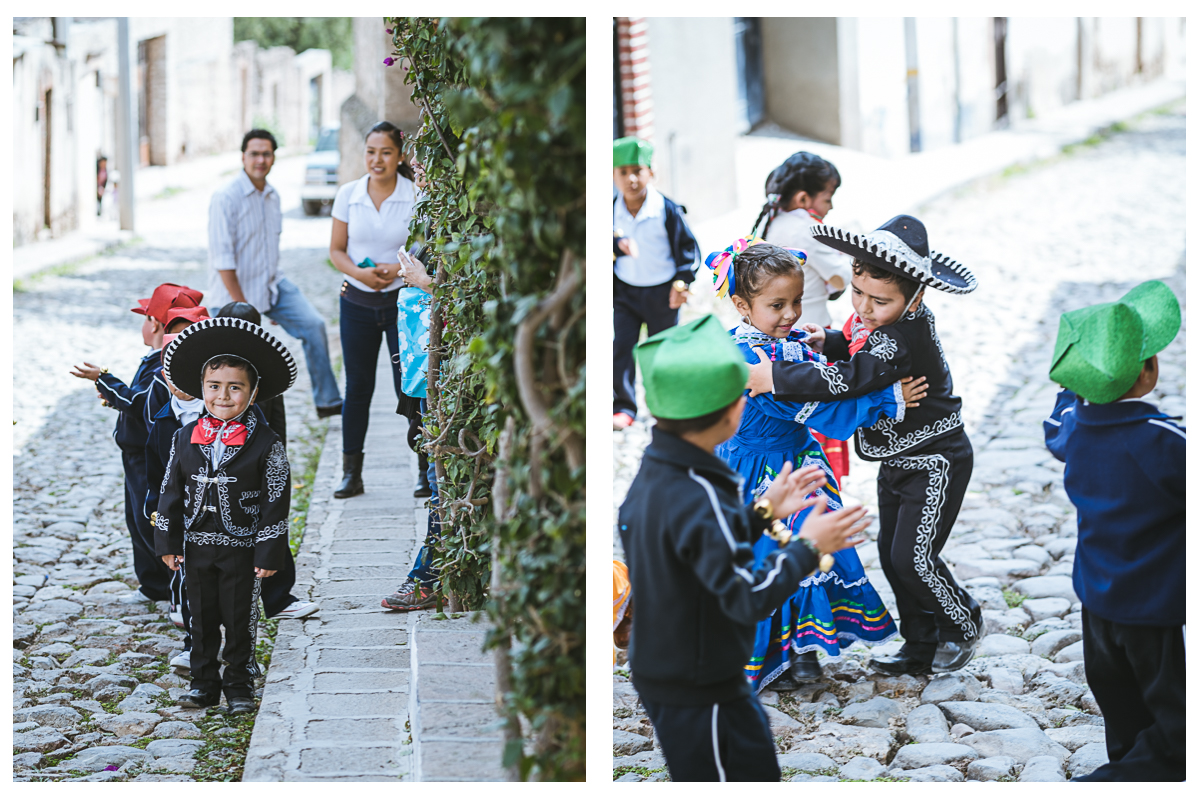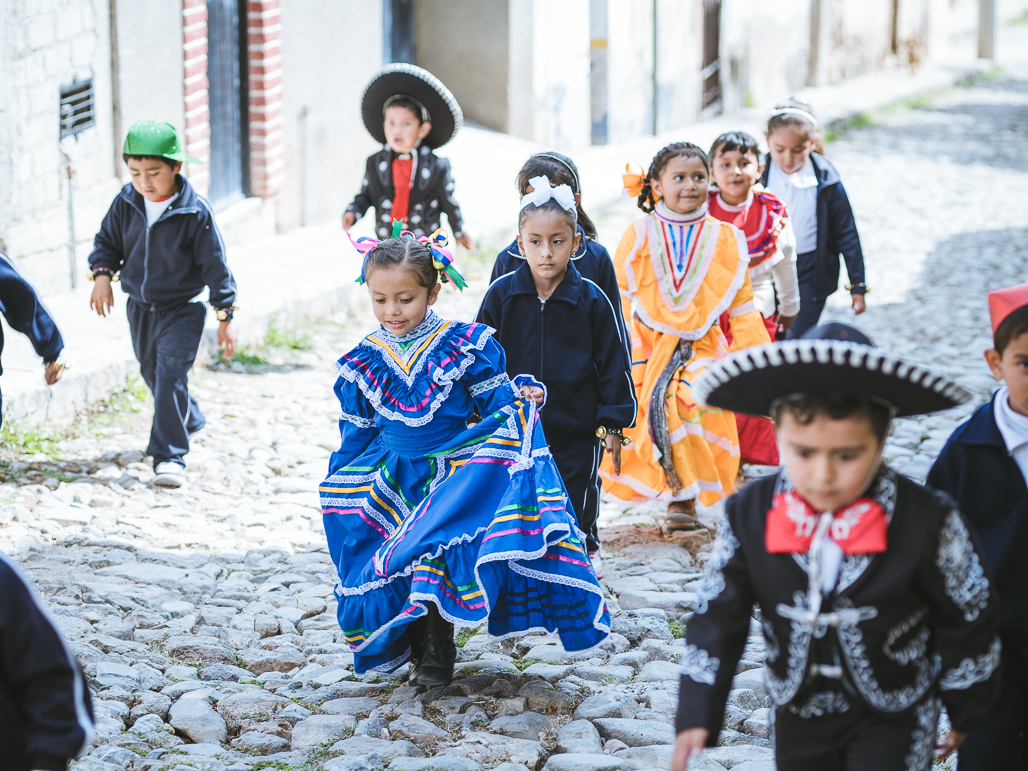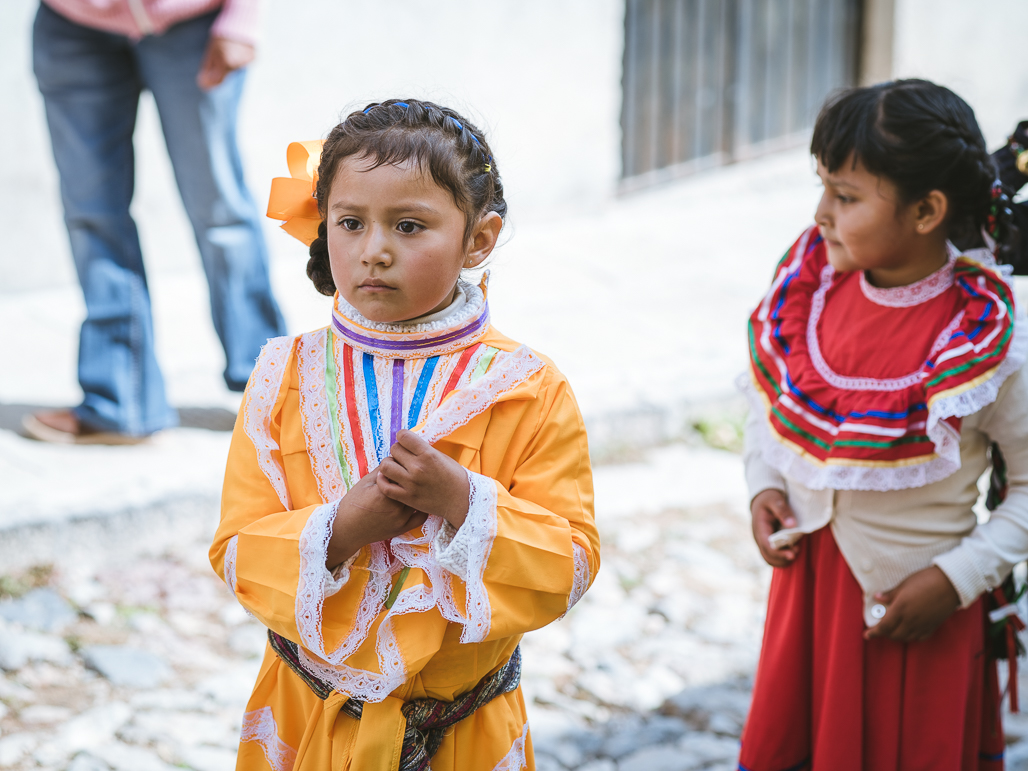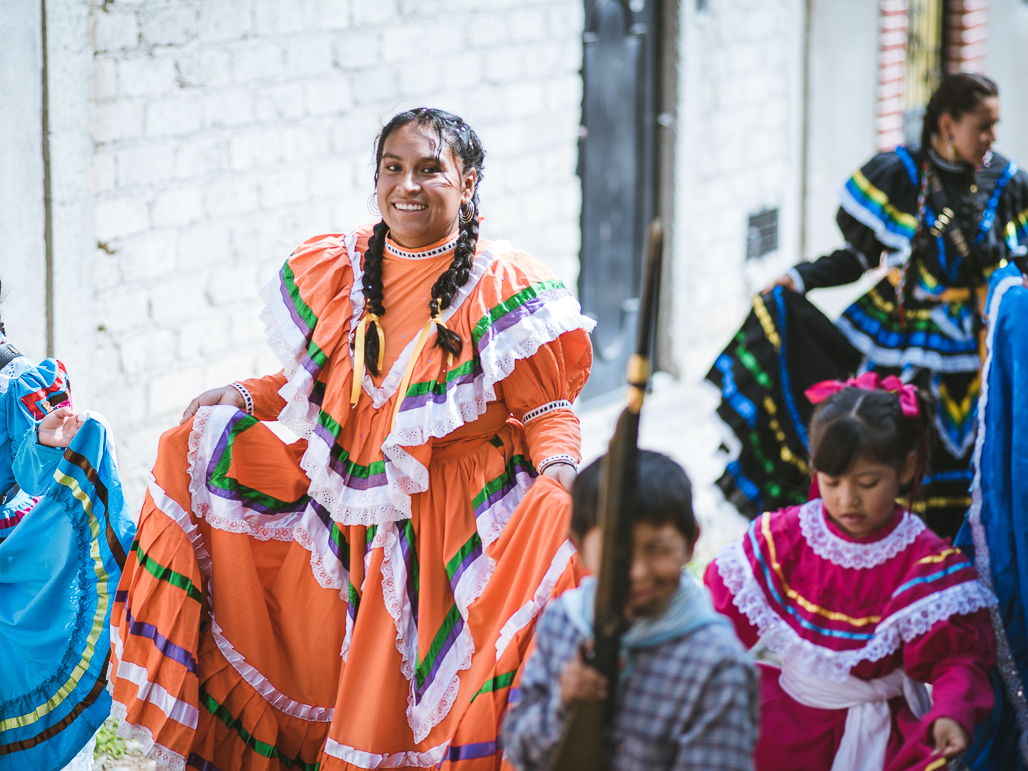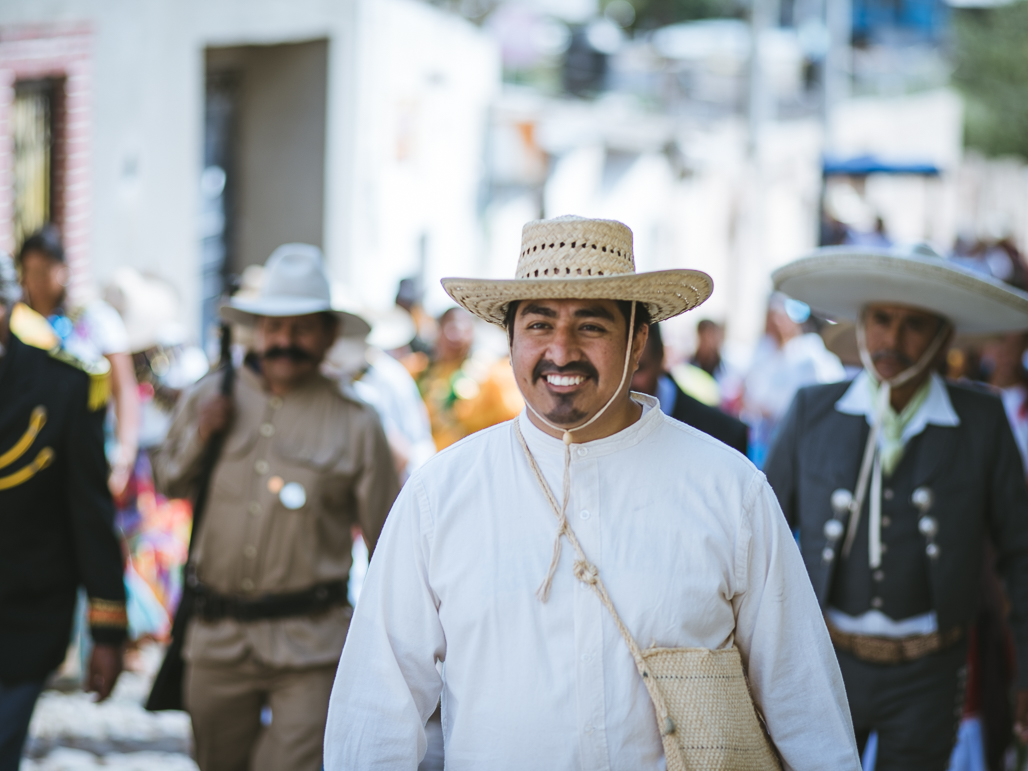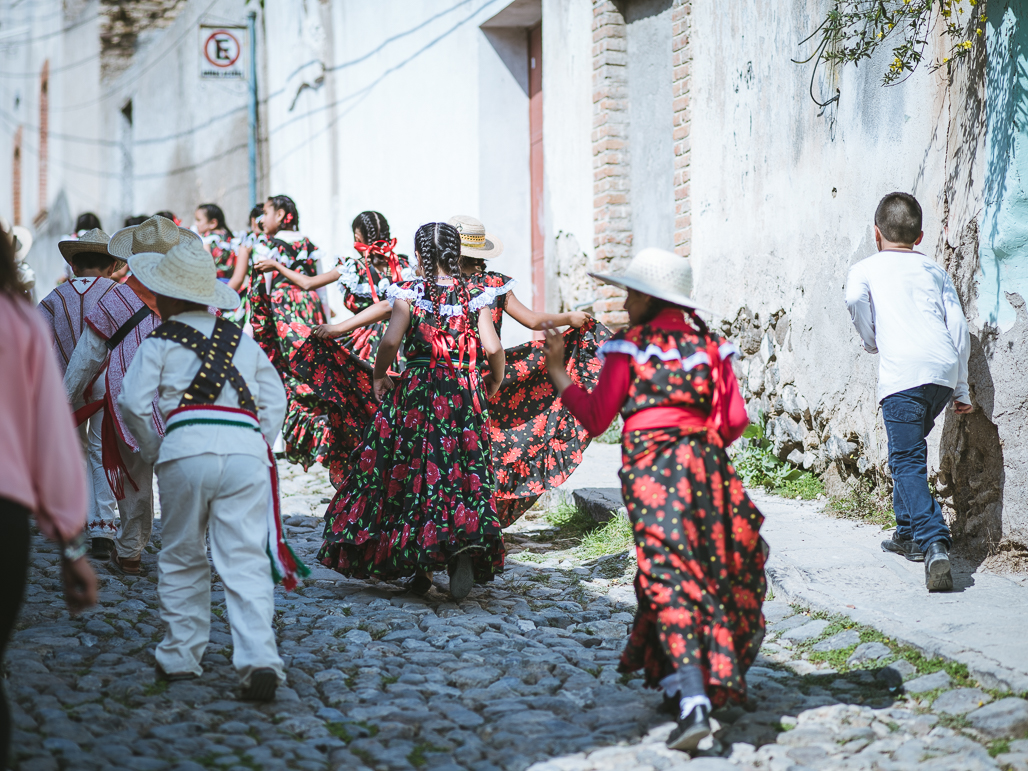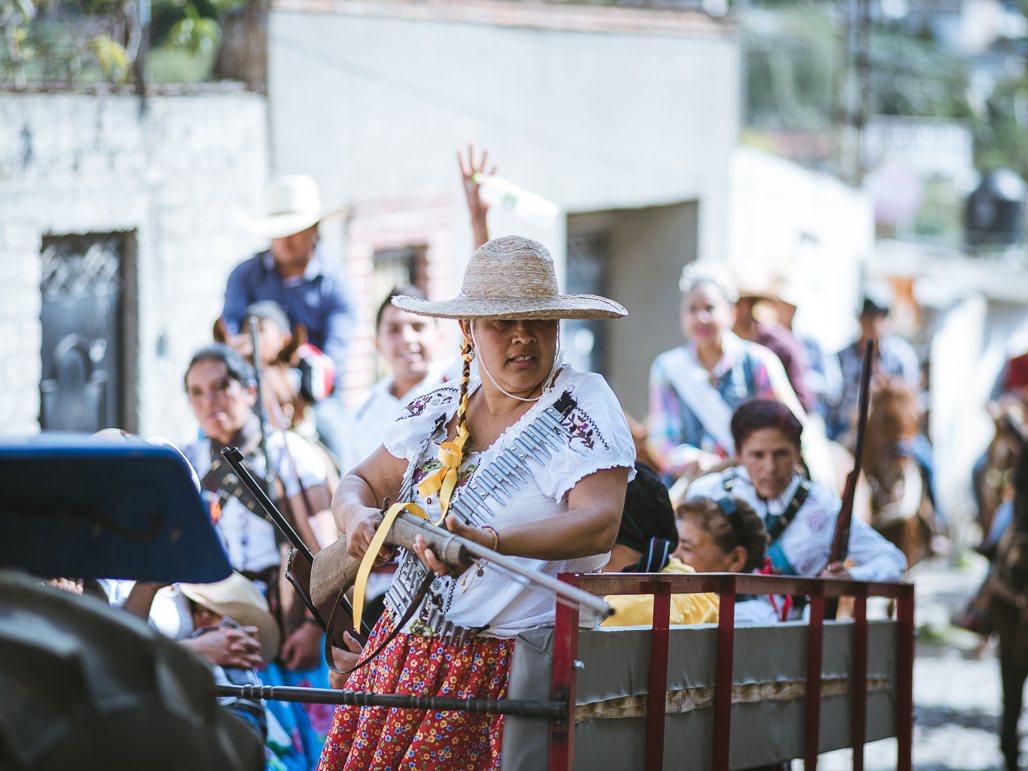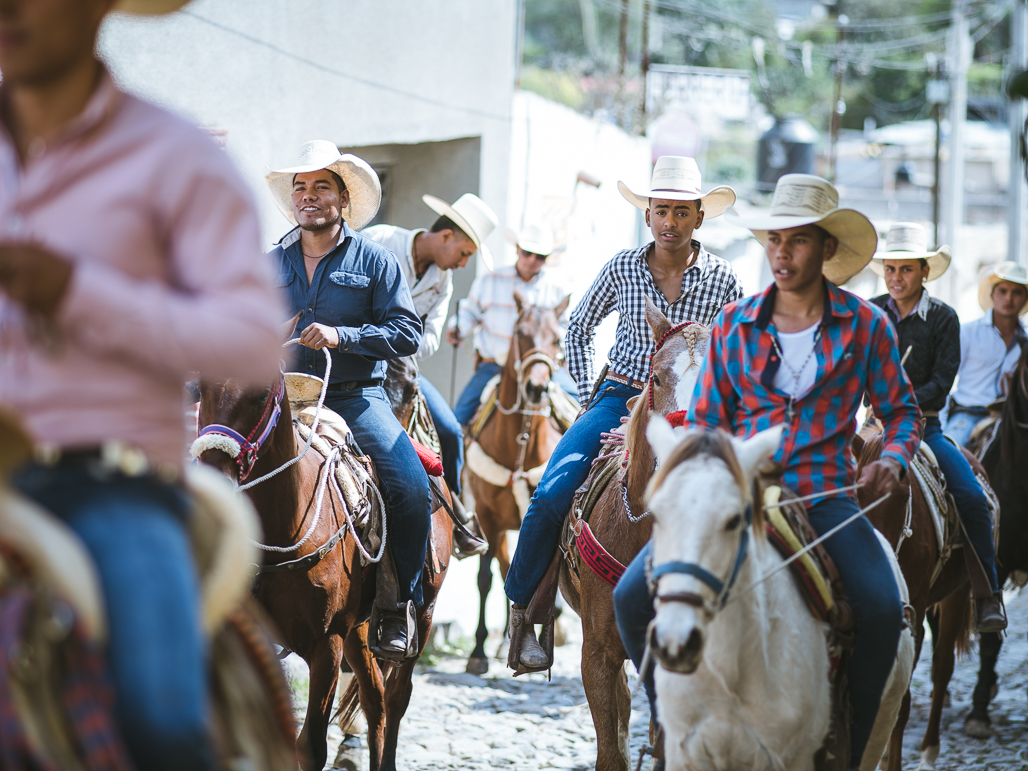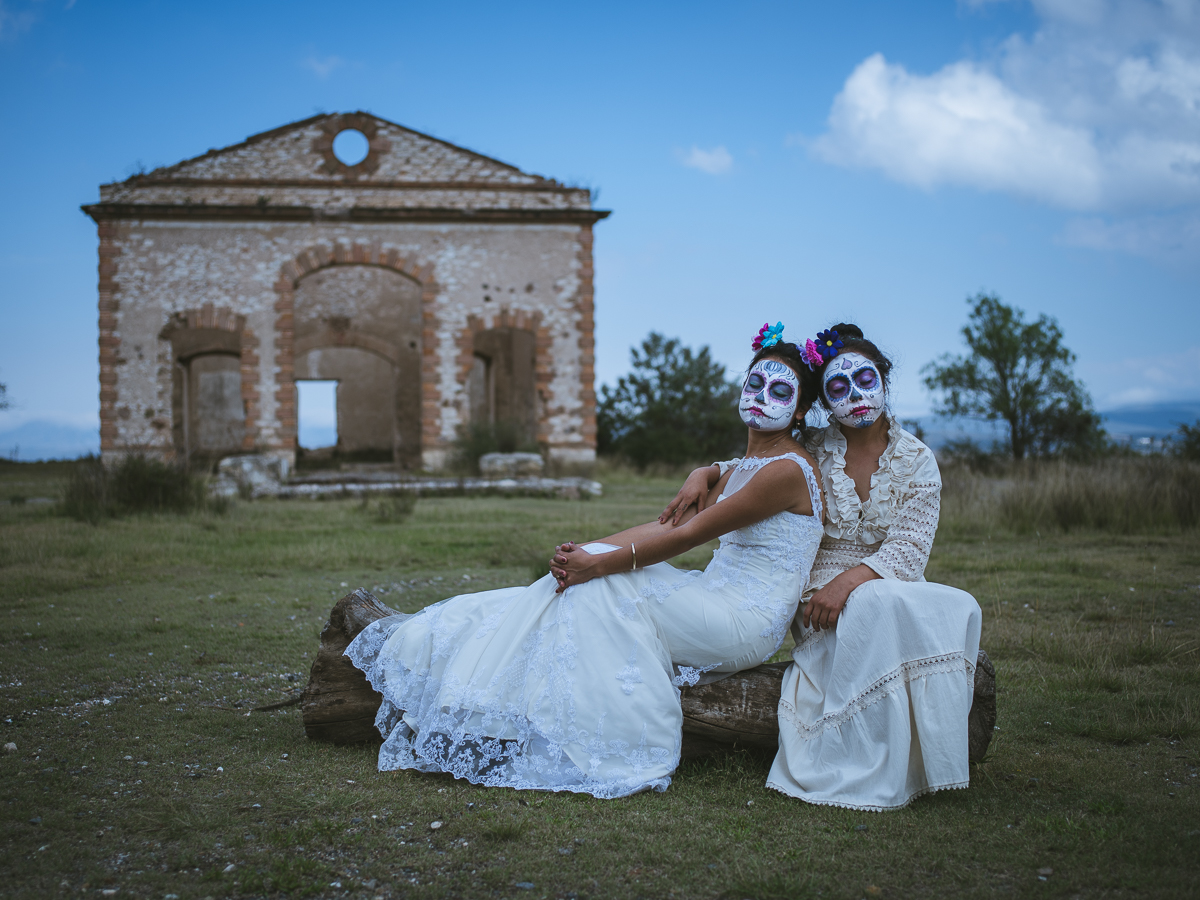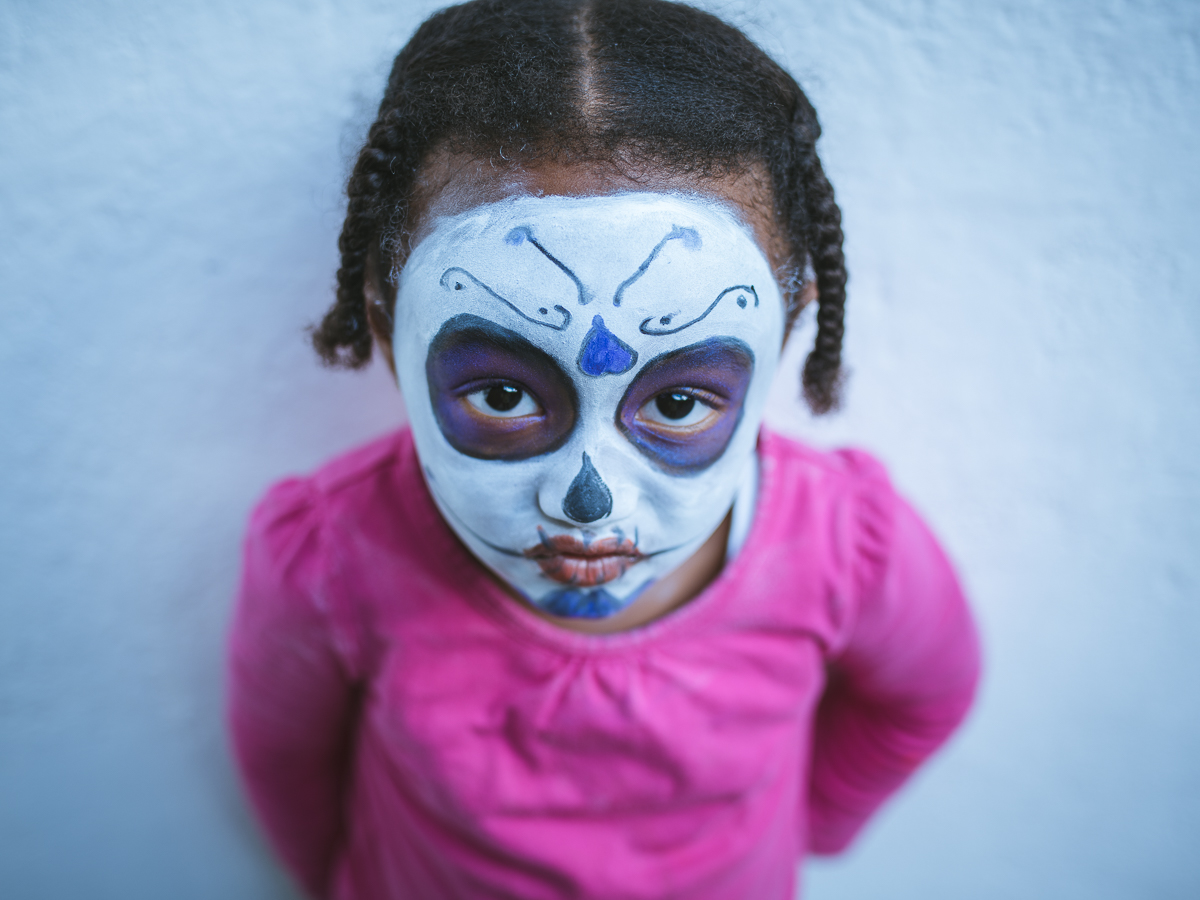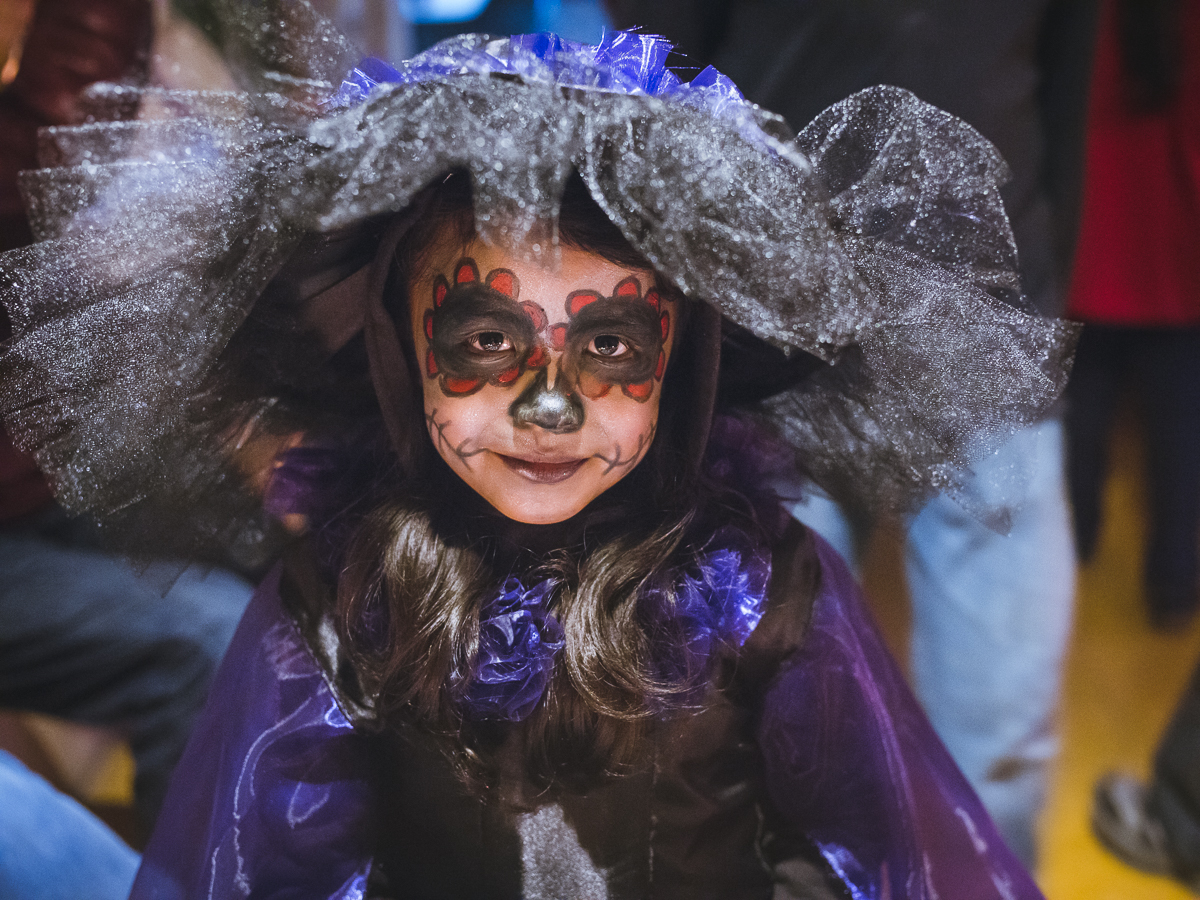One of my favorite traditions to photograph in Mexico is Dia de Los Muertos. This year, since our streets in Pozos are undergoing major construction, many events had to be canceled. So, I spent a couple of days in San Miguel de Allende and photographed the various calacas and Catrinas that are abundant during Dia de Los Muertos and the annual La Calaca Festival. A rainstorm put a damper (literally) on the events later that night, but the rain held off until the end of the Catrina parade. 
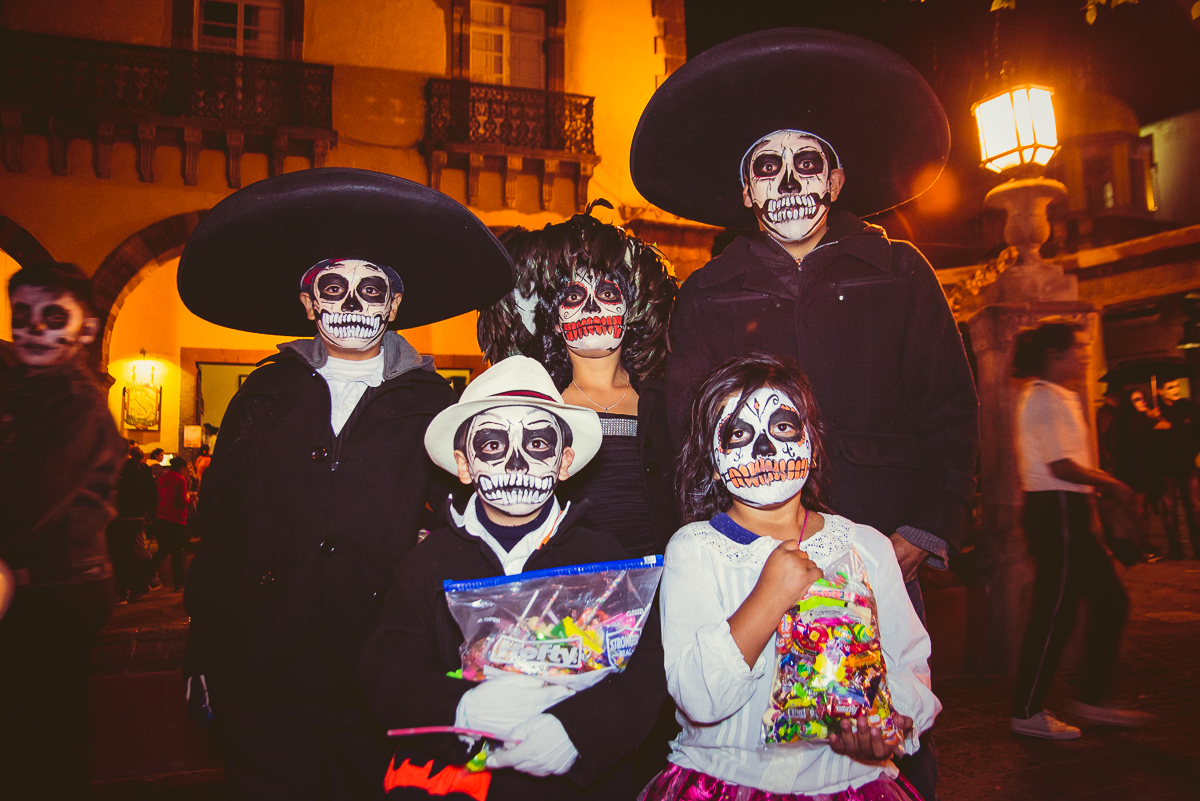
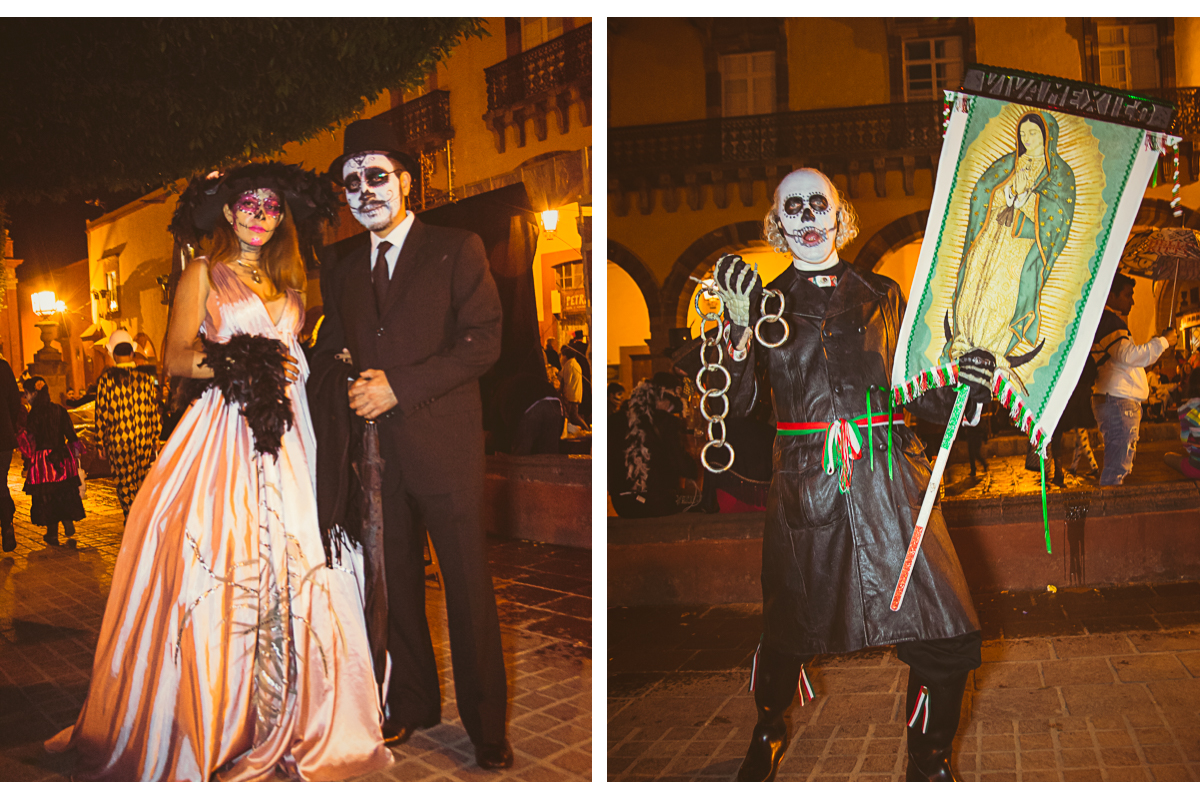

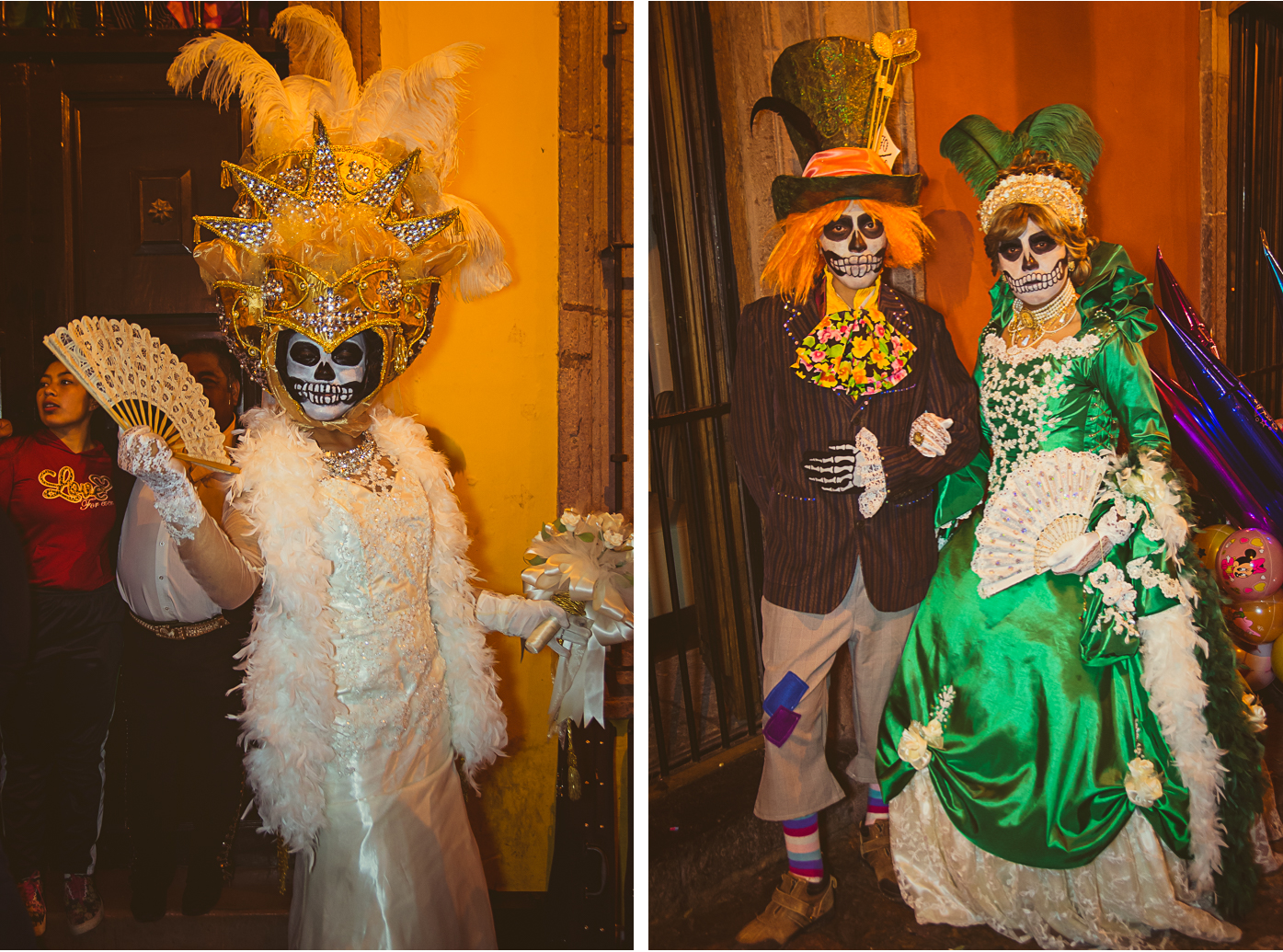
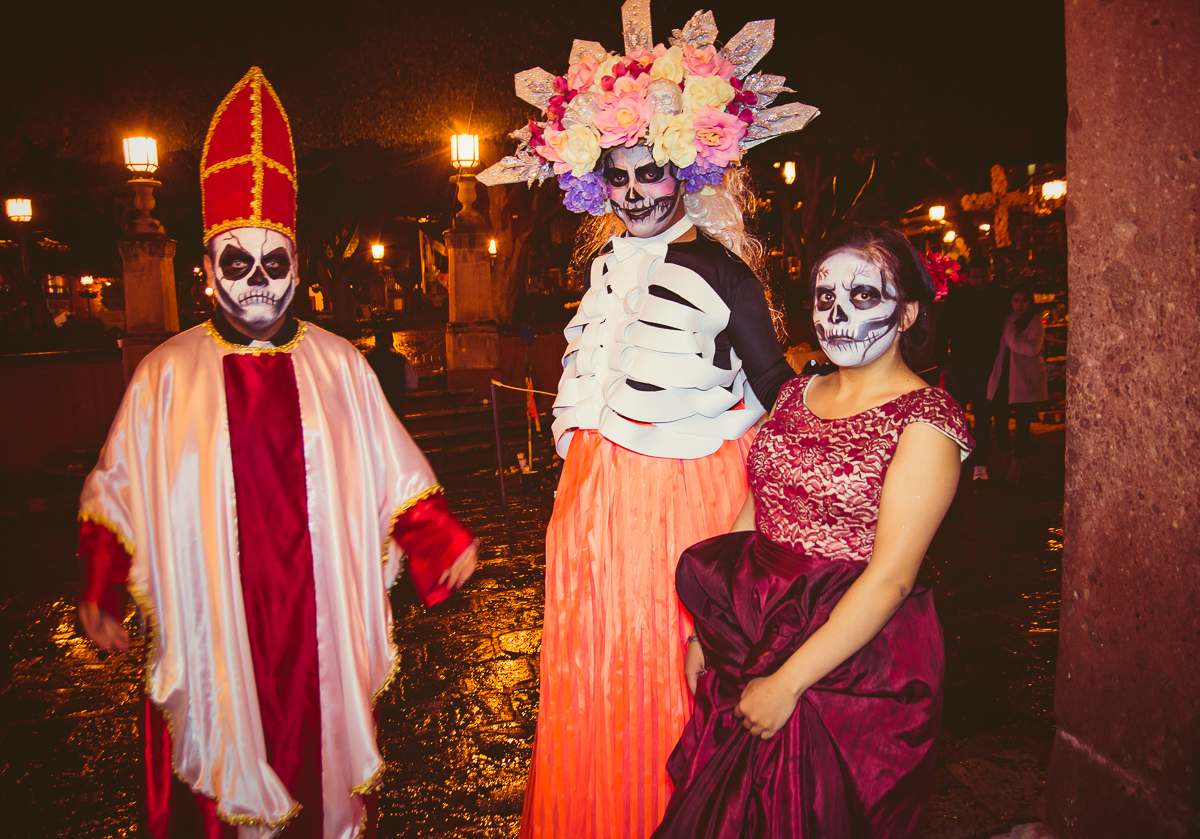
 Check out more of my images by viewing my story on Steller:
Check out more of my images by viewing my story on Steller:
Life in Mexico
Sawdust carpets or alfombras de aserrín are one or more layers of colored sawdust and/or other materials laid on the ground as decoration. The tradition of decorating streets in this fashion began in Europe and was brought to the Americas by the Spanish. The tradition is still found in Mexico especially during Semana Santa (Holy Week) and Dia de los Muertos (Day of the Dead). Traditional carpets in Mexico and Central America are done with colored and uncolored sawdust; however, various other materials are used with it and sometimes in place of it. These include flowers and flower petals, pine needles, rice, fruit, colored earth, ashes and other usually organic materials.
The Dia de los Muertos events in Pozos included the building of a beautiful alfombra de assurín that ran from the Parroquia all the way to the smaller cathedral at the top of the hill. There were many young people from Pozos who created the designs along with guidance from the older residents. I photographed as they carefully poured the sawdust onto stencils and lightly sprayed it with water to prevent it from blowing away. They also had to keep an eye on the local street dogs to keep them from walking on the sawdust and undoing what they had completed. It’s a lot of work, but the result is worth it! It was beautiful.
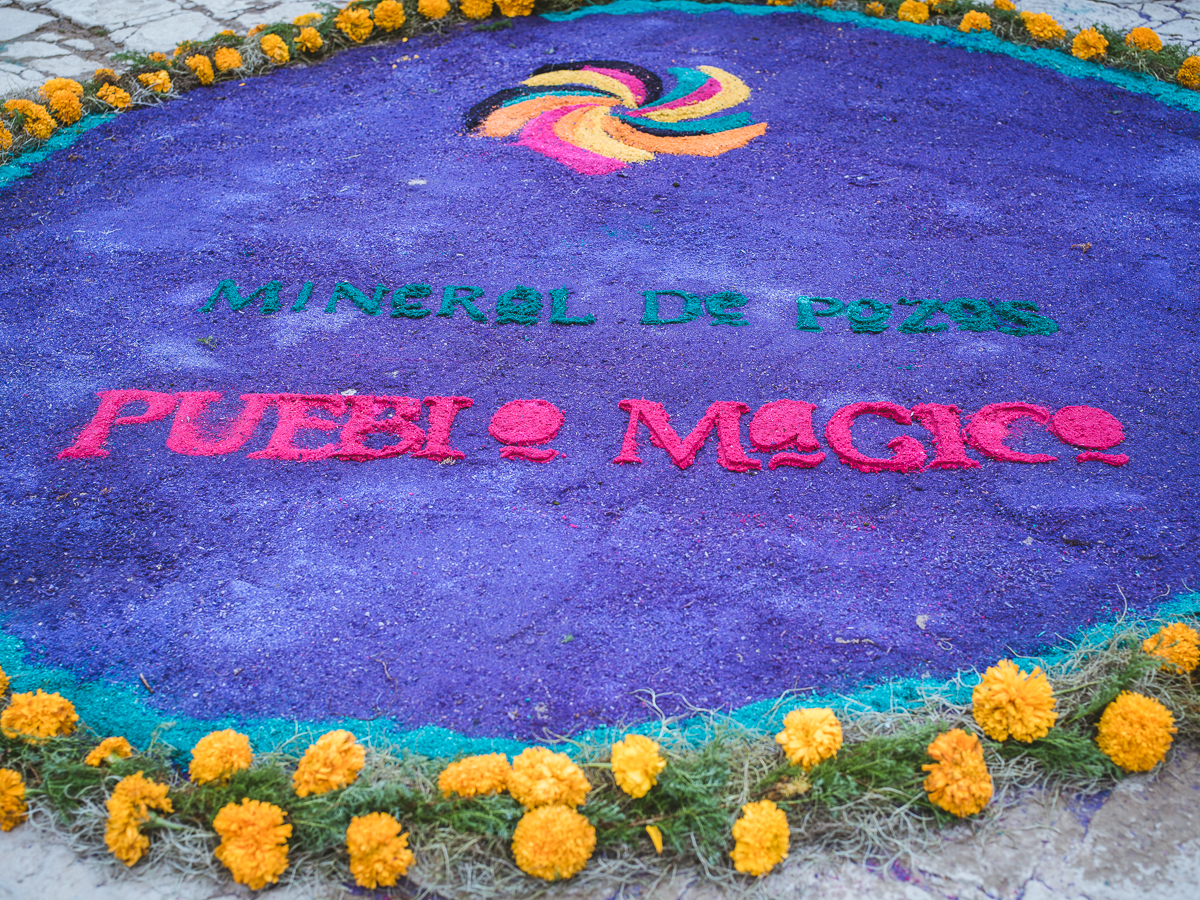
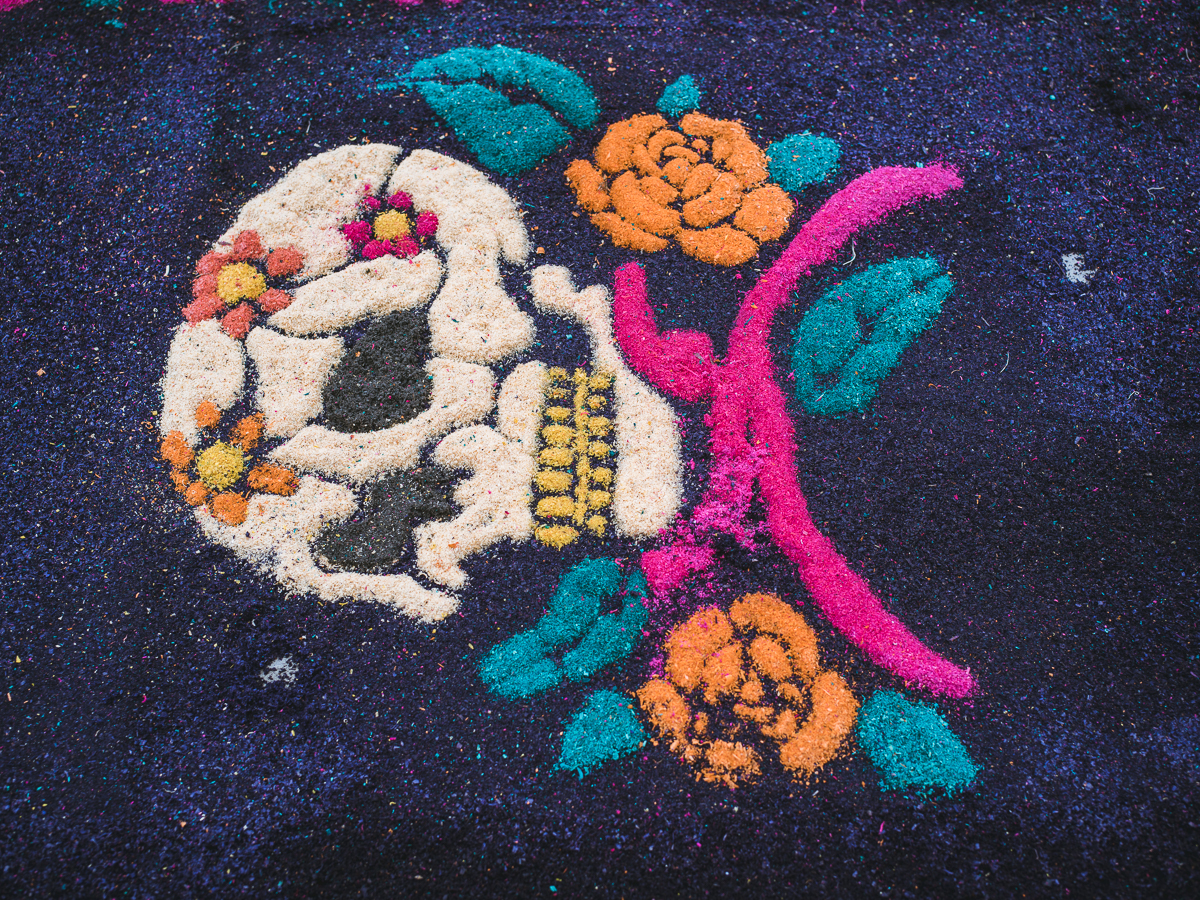
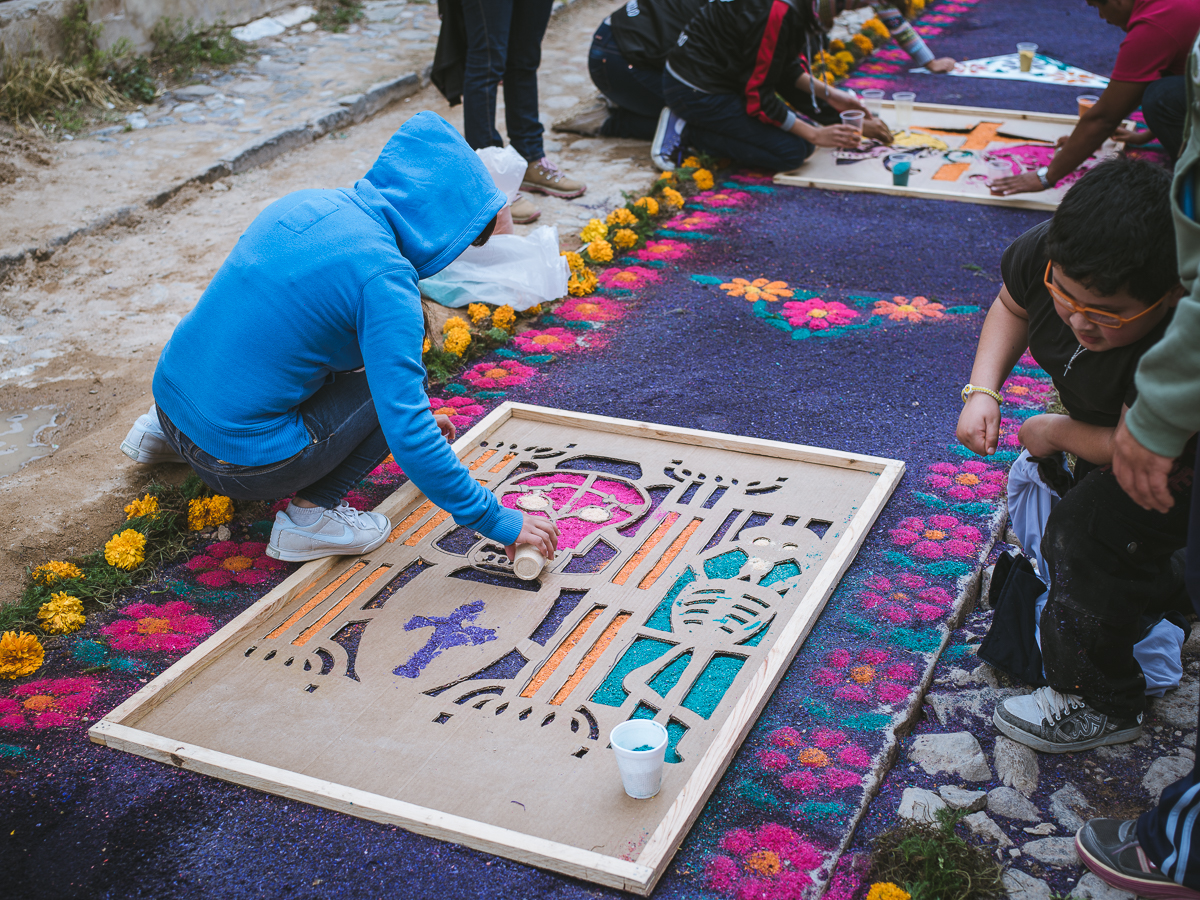
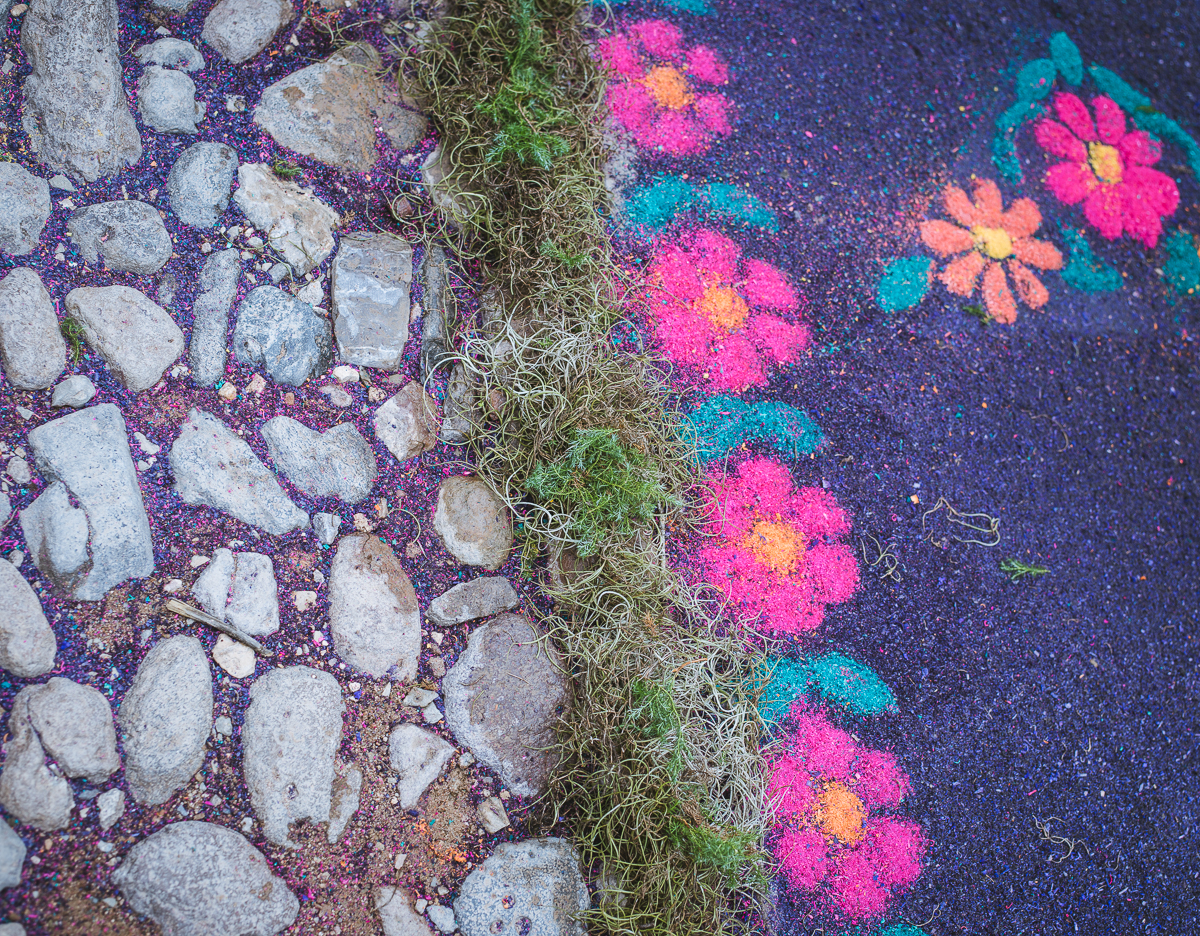
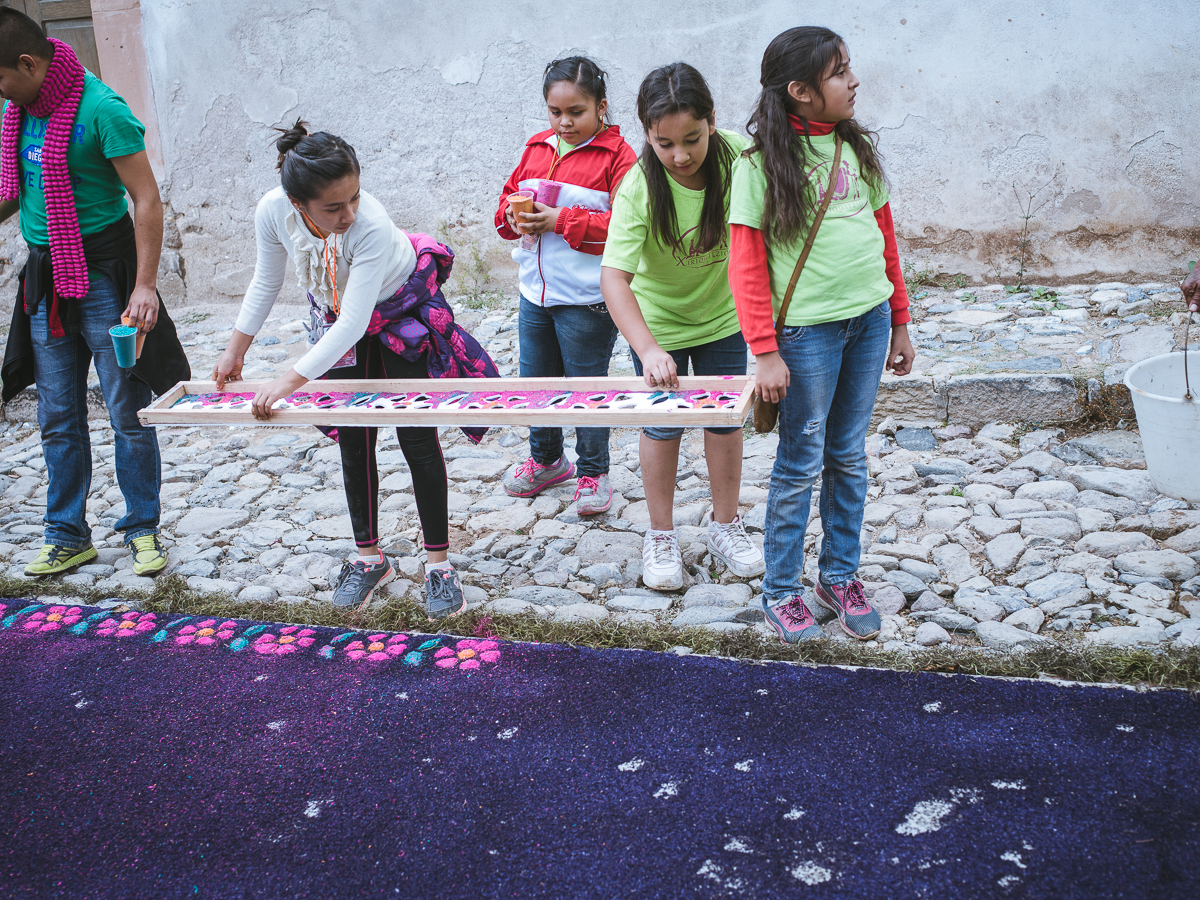

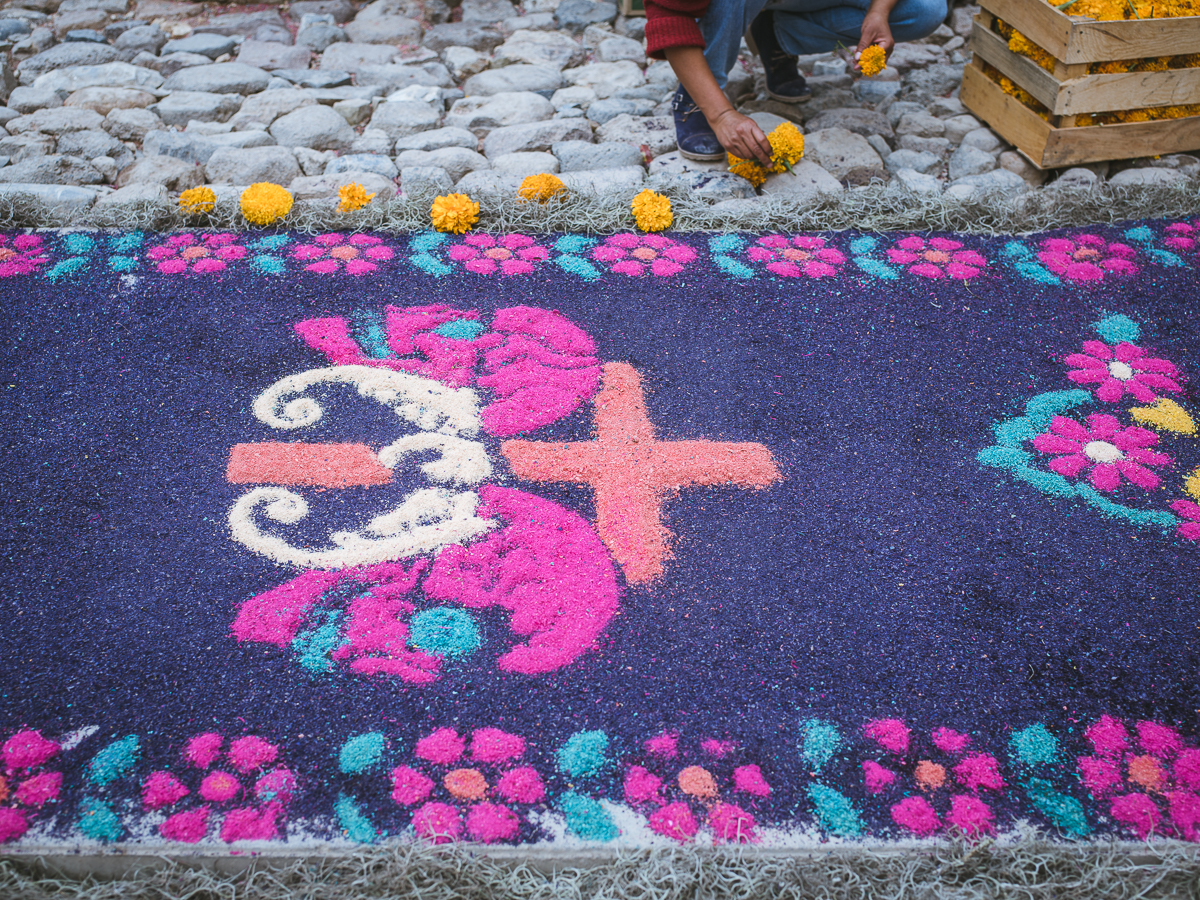

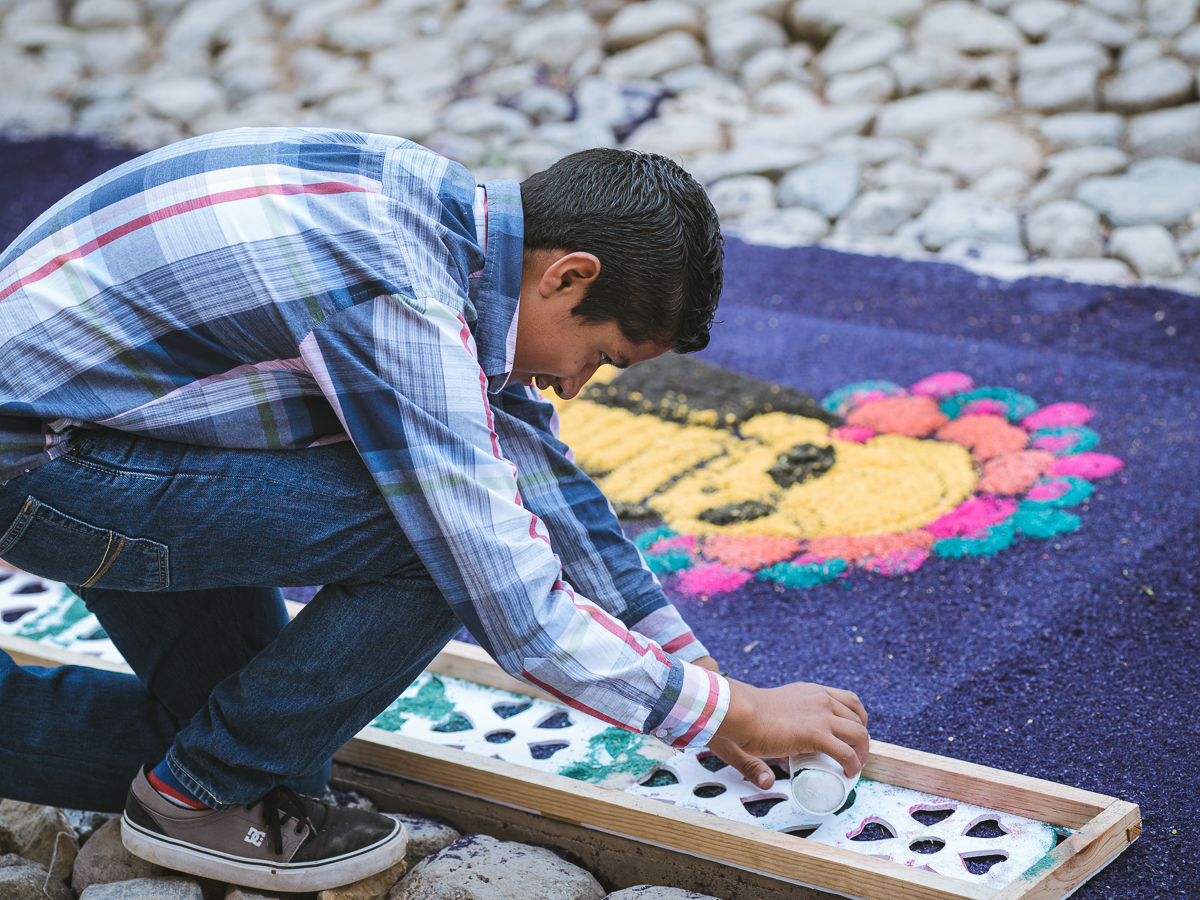

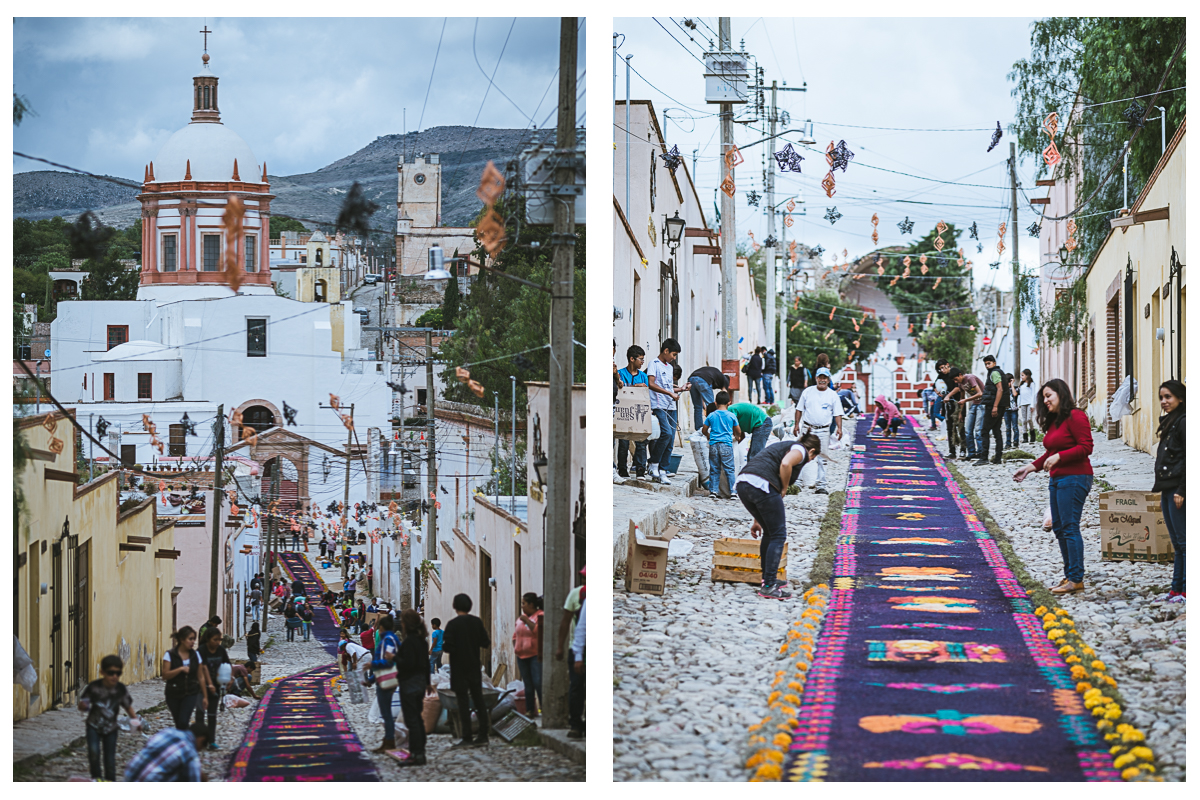


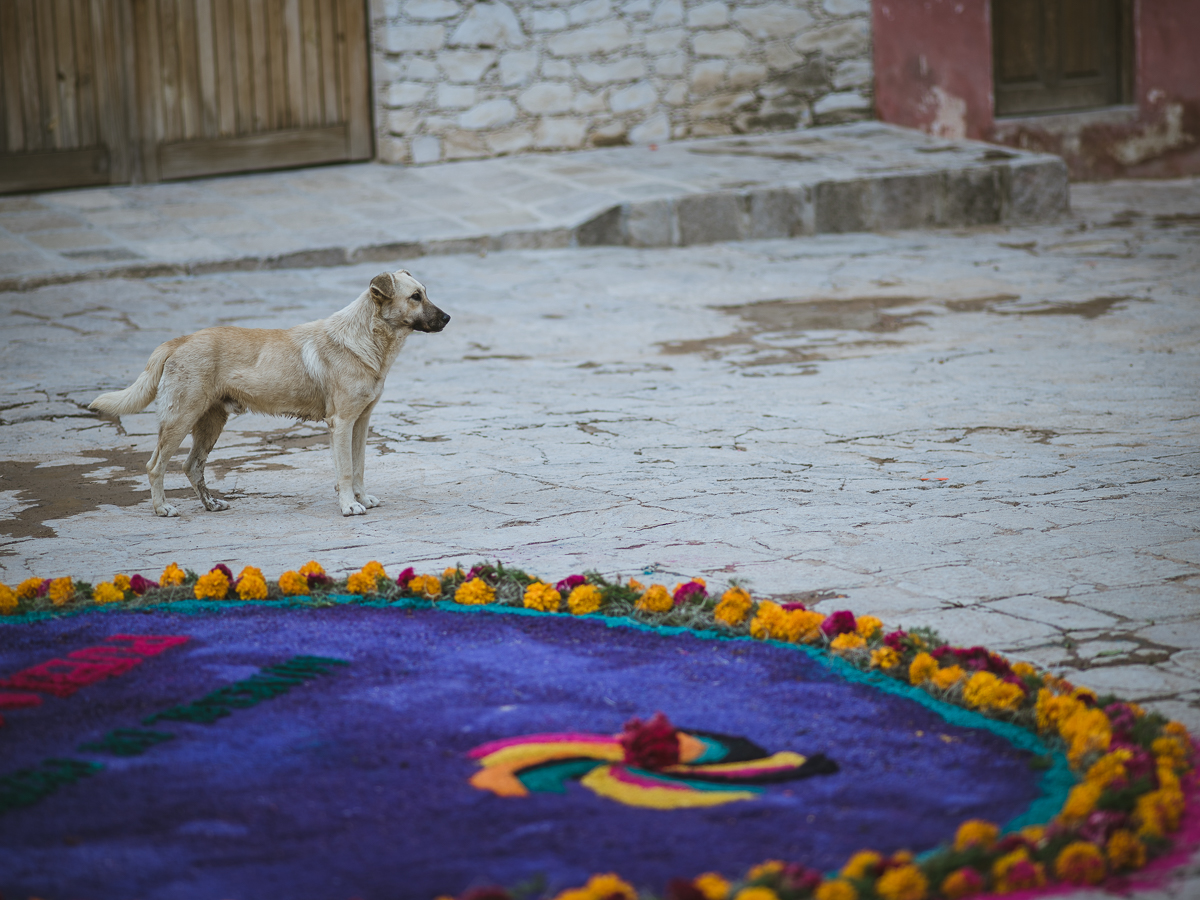
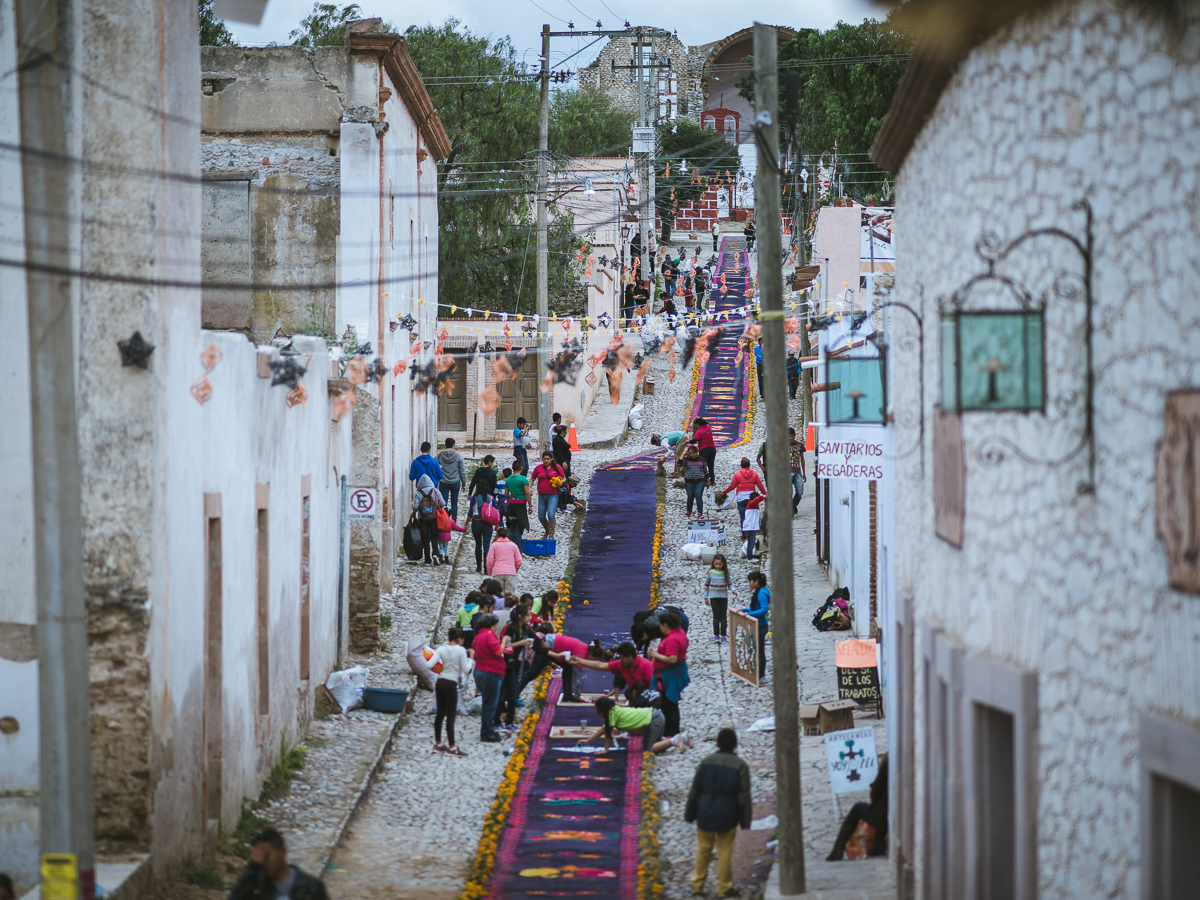
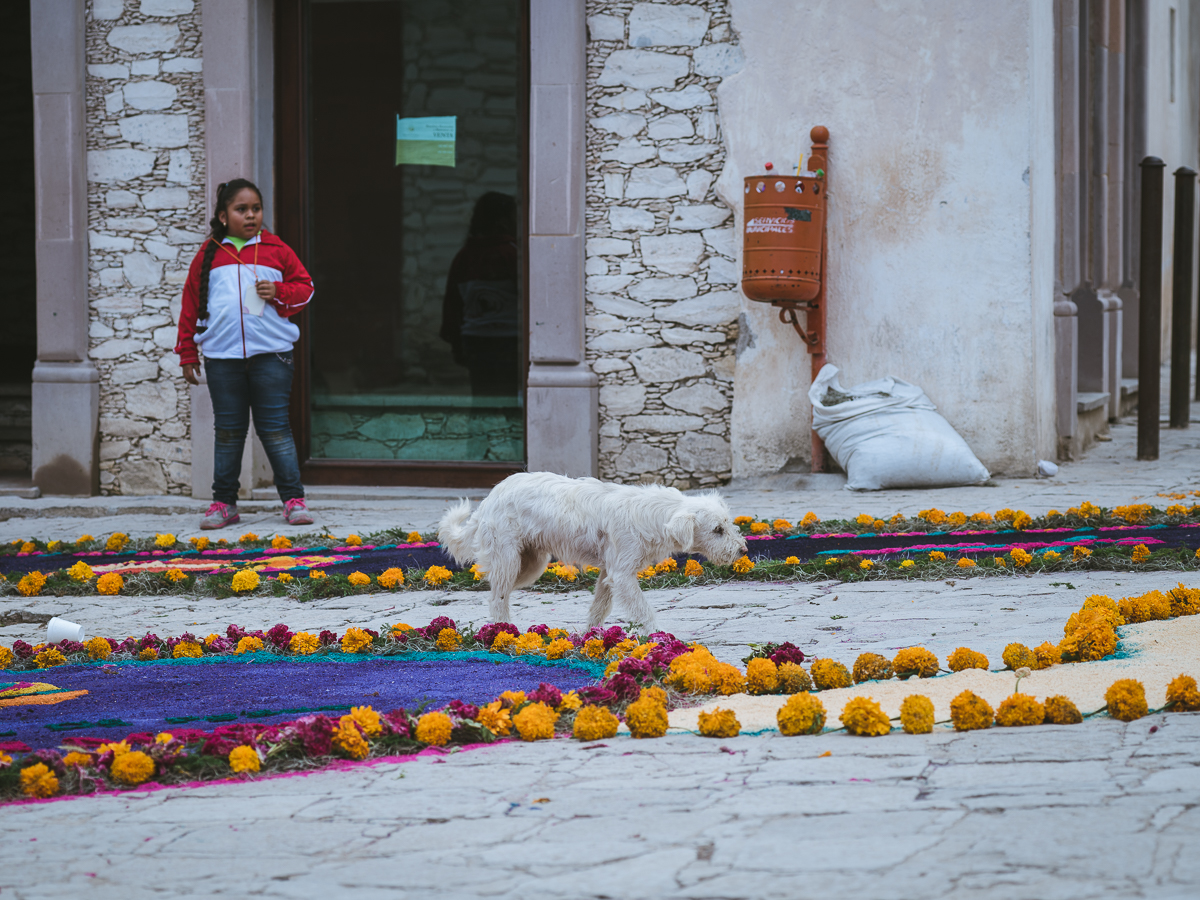
Here’s a short video that I shot to give you a sense of all the activity around building the sawdust carpet:
Day of the Dead – Building the Alfombras de Aserrín from Carol Watson on Vimeo.
The Festival del Globo, an annual event in Guanajuato, visited Pozos in November. Our little Pueblo Mágico became packed with visitors. We were able to view the nighttime festivities from the rooftop deck of our casa. I love hot air balloons. It was a magical night.
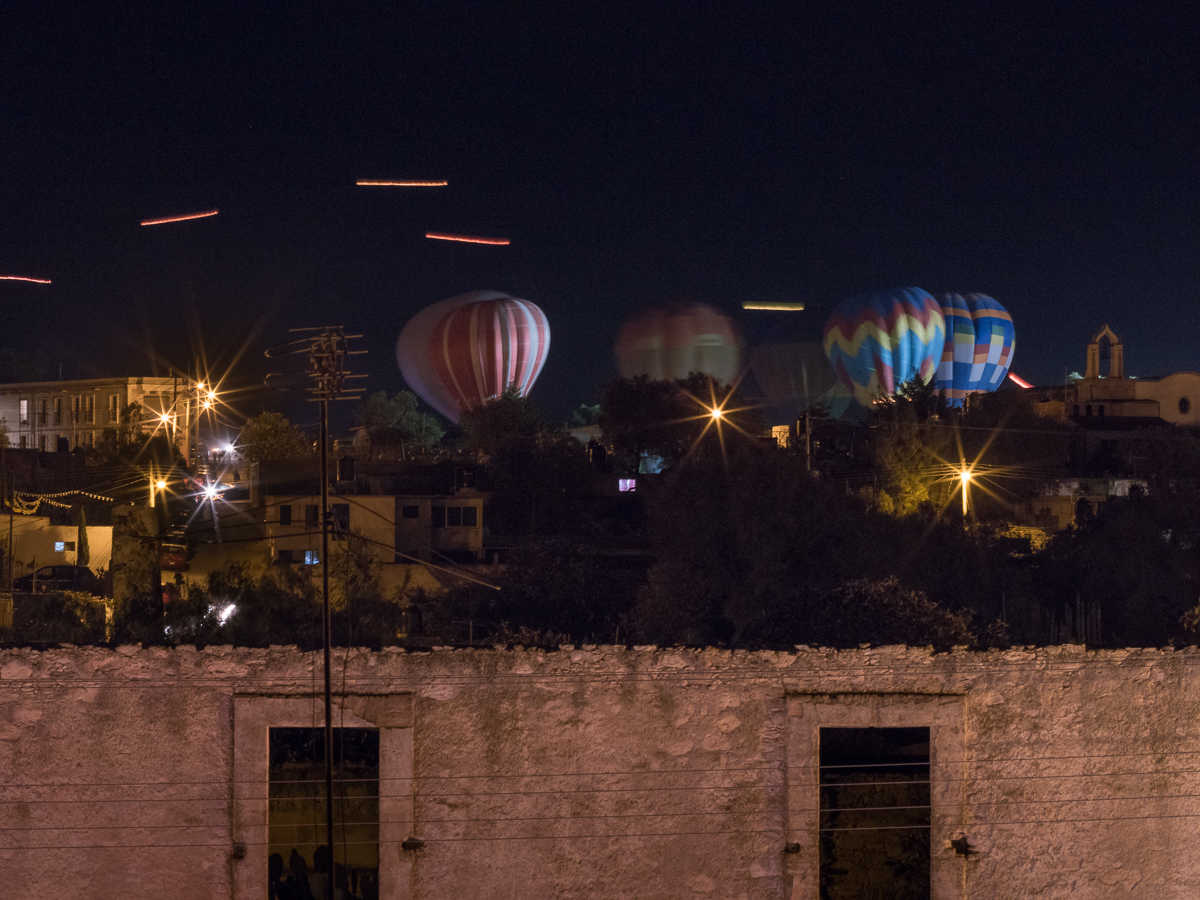
The streaks of light are drones circling the balloons.
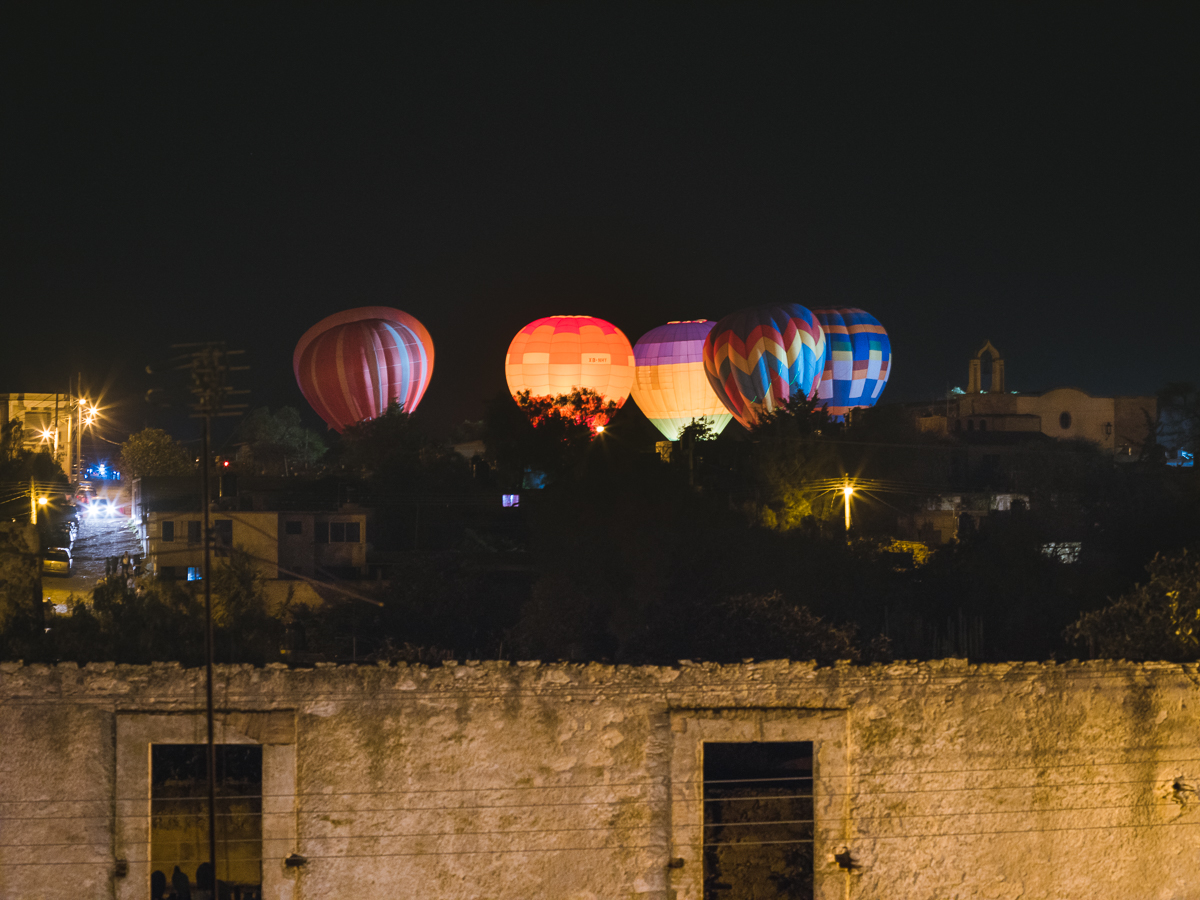
Posadas are an important part of Mexican Christmas celebrations. The word posada means “inn” or “shelter” in Spanish, and this tradition re-enacts Mary and Joseph’s search for a place to stay in Bethlehem. A procession goes from house to house. Those outside the house sing the part of Joseph asking for shelter and the family inside responds singing the part of the innkeeper saying that there is no room. The hosts give the guests food, such as tamales or tostadas and a hot drink such as ponche, a warm spiced fruit cider. Then the guests break piñatas and the children are given candy. We were invited by our neighbors to participate as one of the houses they stop at… and we contributed a piñata to the festivities. Here’s some images from the teeny little Posada that our block held a few days before Christmas. (Press the arrows on the right or left side of the images to view all the images in the gallery)
Today was Dia de la Revolución in Mexico. November 20th marks the anniversary of the start of the 1910-1917 Revolution— when Francisco I. Madero and his supporters worked to unseat the dictator Porfirio Díaz, who had remained in power for more than three decades.
Our little pueblo celebrates with a small parade of children and adults dressed in the traditional dress of the revolutionaries. Here’s some photographs I took during the parade. The kids were so cute!
On Dia de los Muertos (Day of the Dead), I styled a photo shoot with two young women who are also good friends. I did all the make-up myself and chose a location here in Mineral de Pozos, Mexico. The San Pedro ruins provided the perfect backdrop for my shoot. Alejandra and Malenii were terrific models and very patient with my broken Spanish language instructions (thank goodness for universal hand signals). Thanks to Jaime for being my translator when needed and teaching me phrases for future styled shoots with Spanish speaking models. I love how these turned out and I think I’ll make it an annual project here in Mexico.
These images are available as fine art prints and licensing.
Camera: Pentax 645Z
Editing Software: Adobe Lightroom, Alien Skin Exposure 7


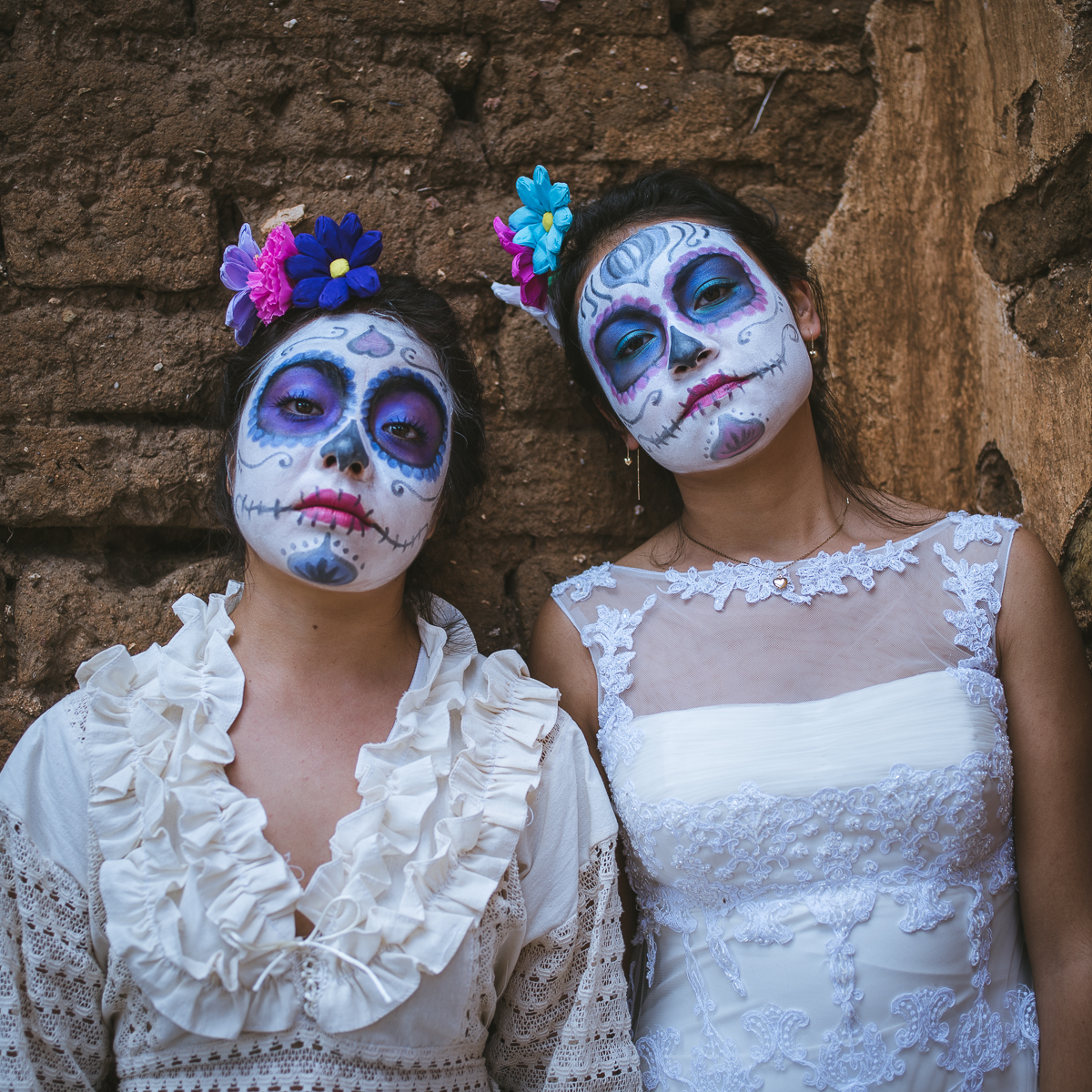
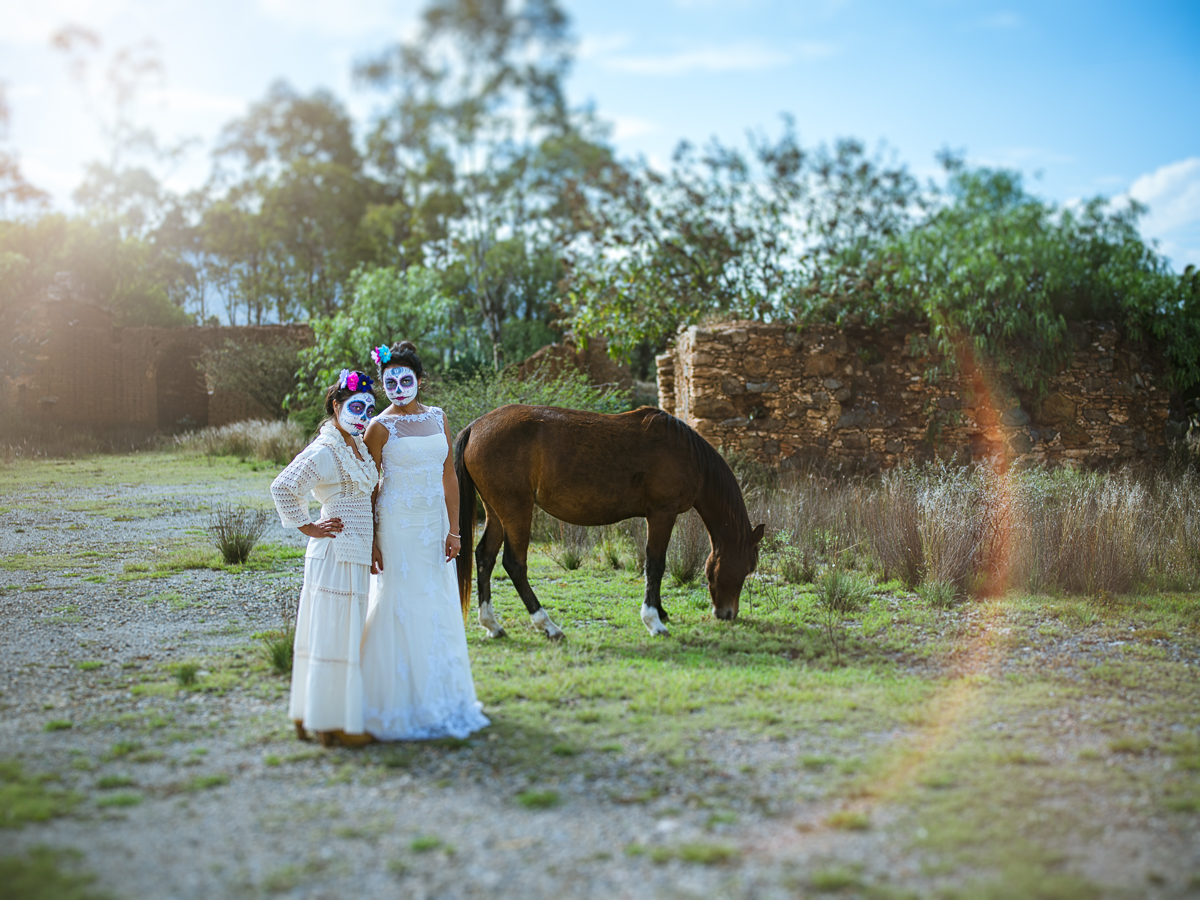
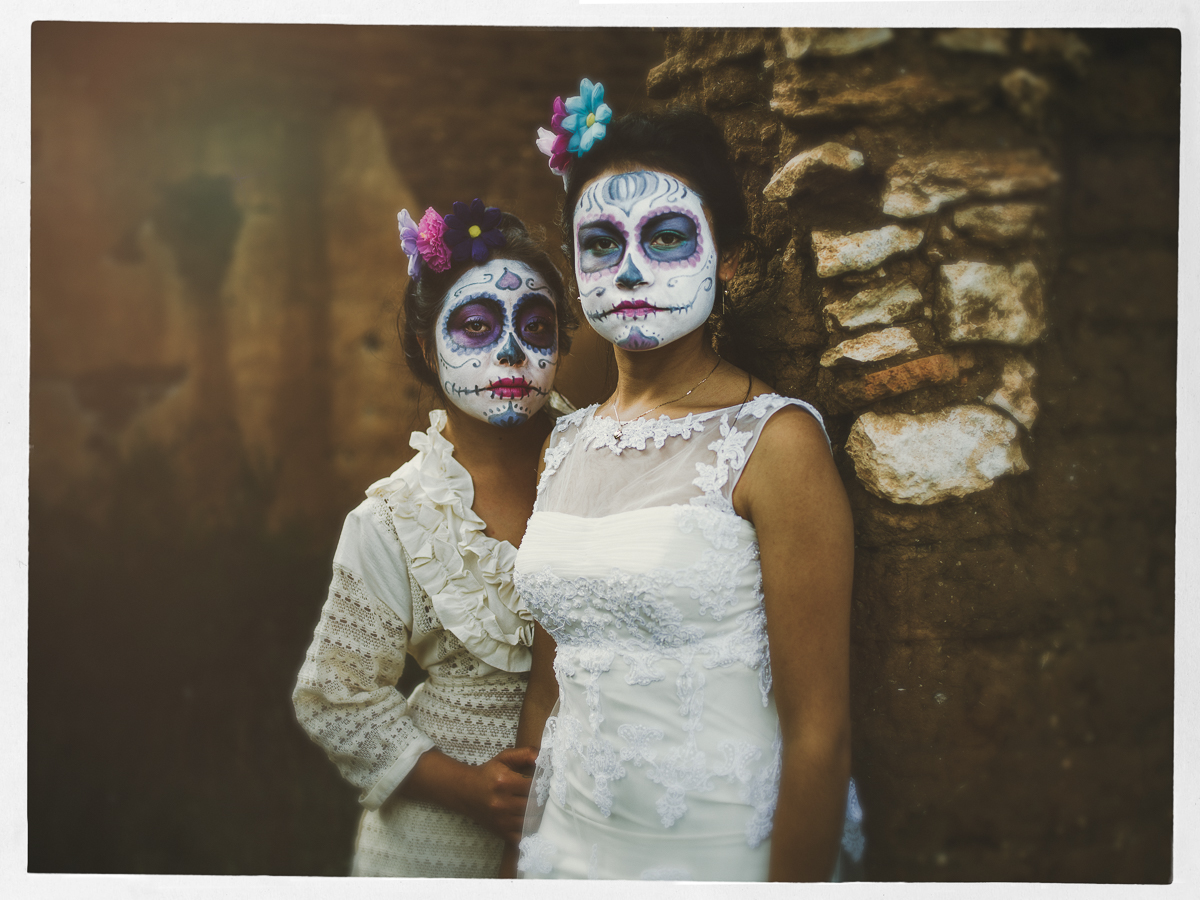
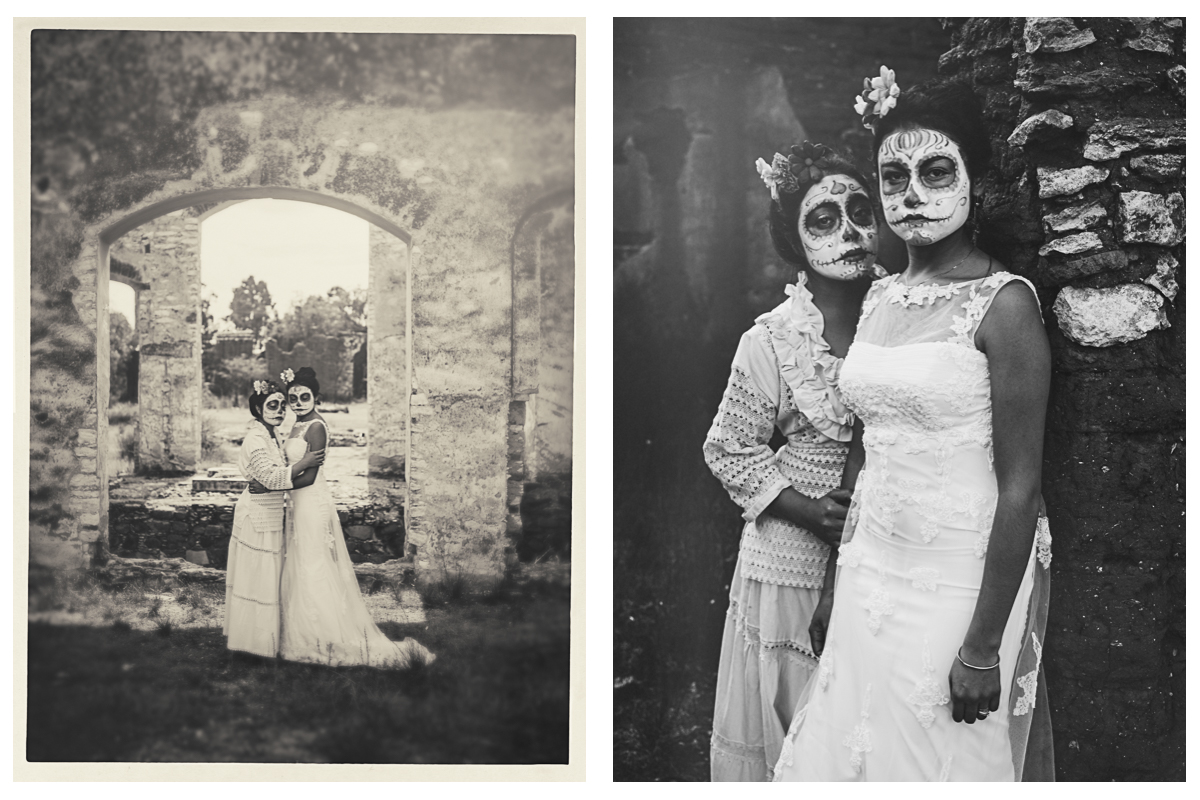

On Dia de los Muertos (Day of the Dead), I styled a photo shoot with two young women who are also good friends. I did all the make-up myself and chose a location here in Mineral de Pozos, Mexico. The San Pedro ruins provided the perfect backdrop for my shoot. Alejandra and Malenii were terrific models. My previous post shows the medium format color images from the shoot. This post features the digital infrared images using a Supercolor IR filter.
These images are available as fine art prints and licensing.
Camera: Nikon D300 (IR conversion)Editing Software: Adobe Lightroom, Adobe Photoshop
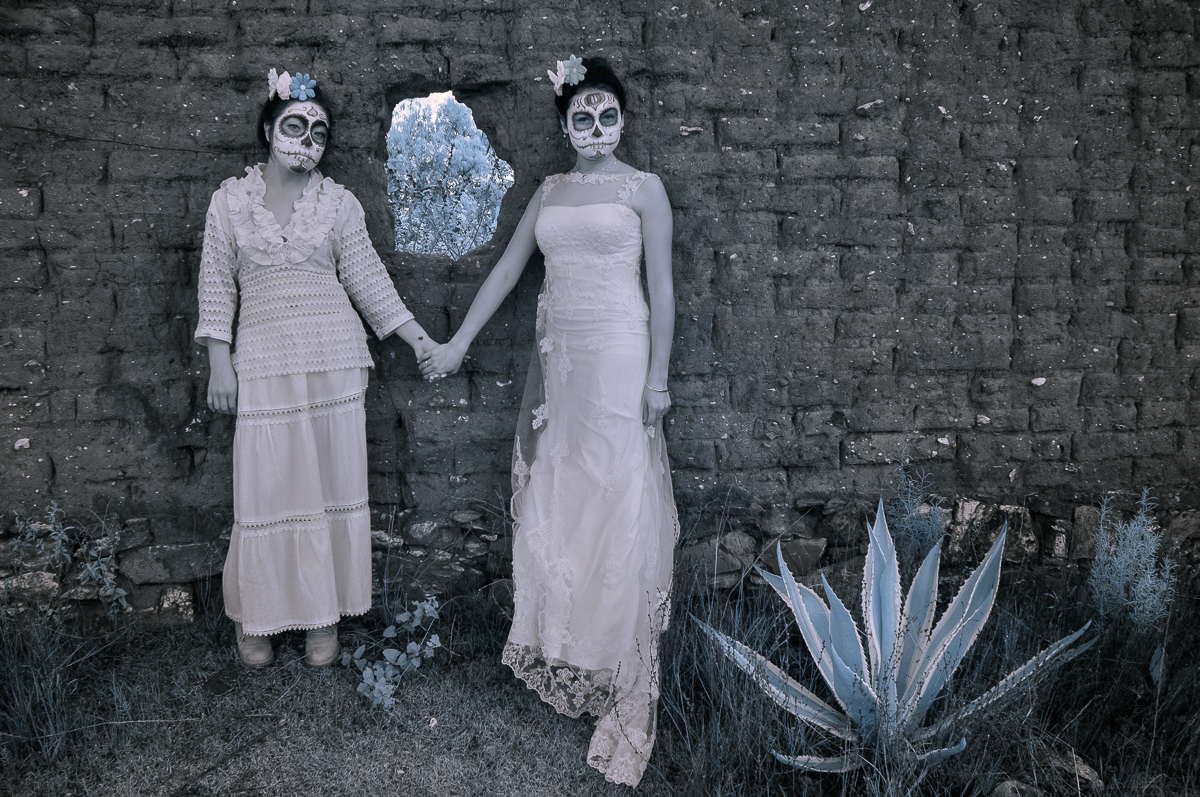
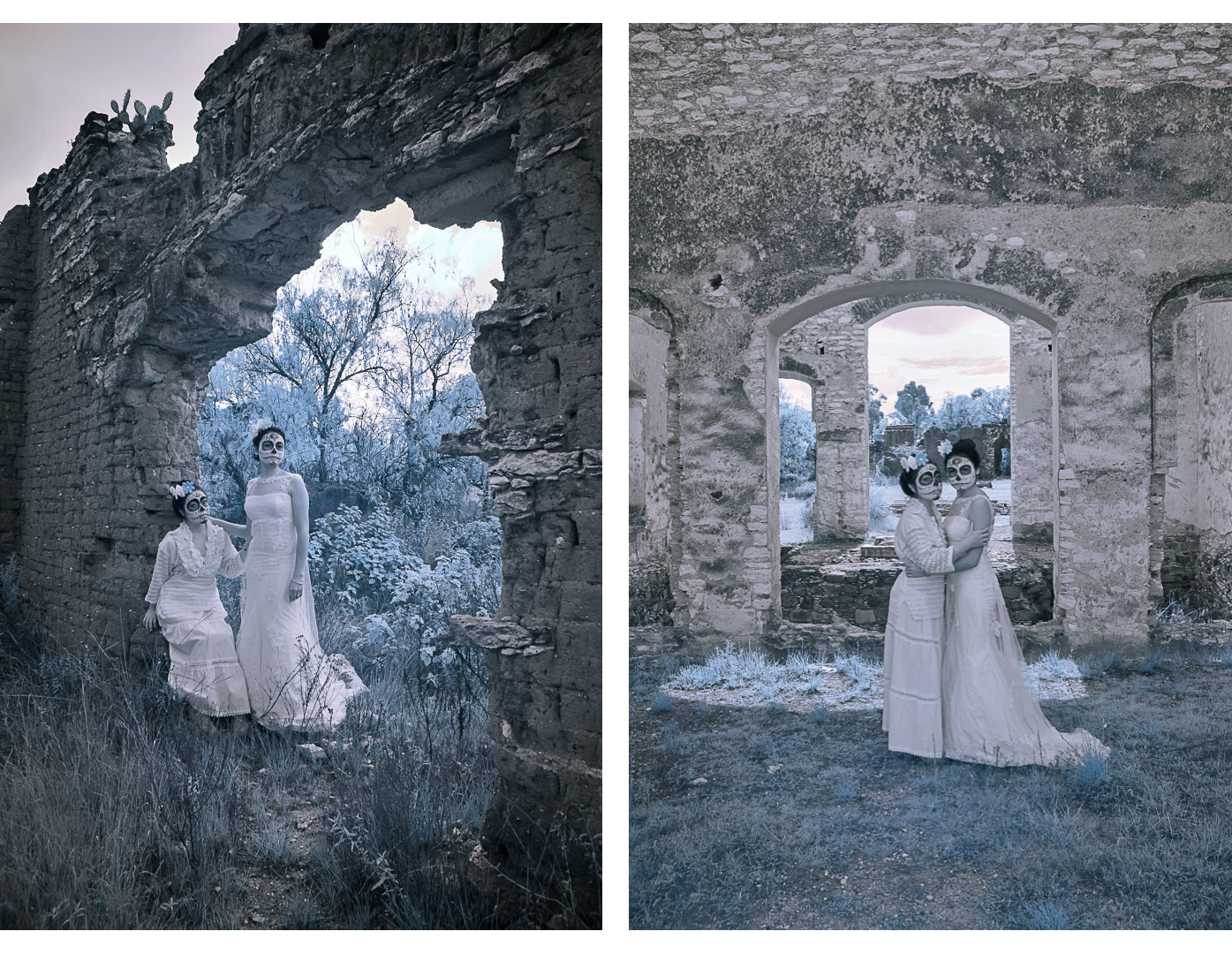
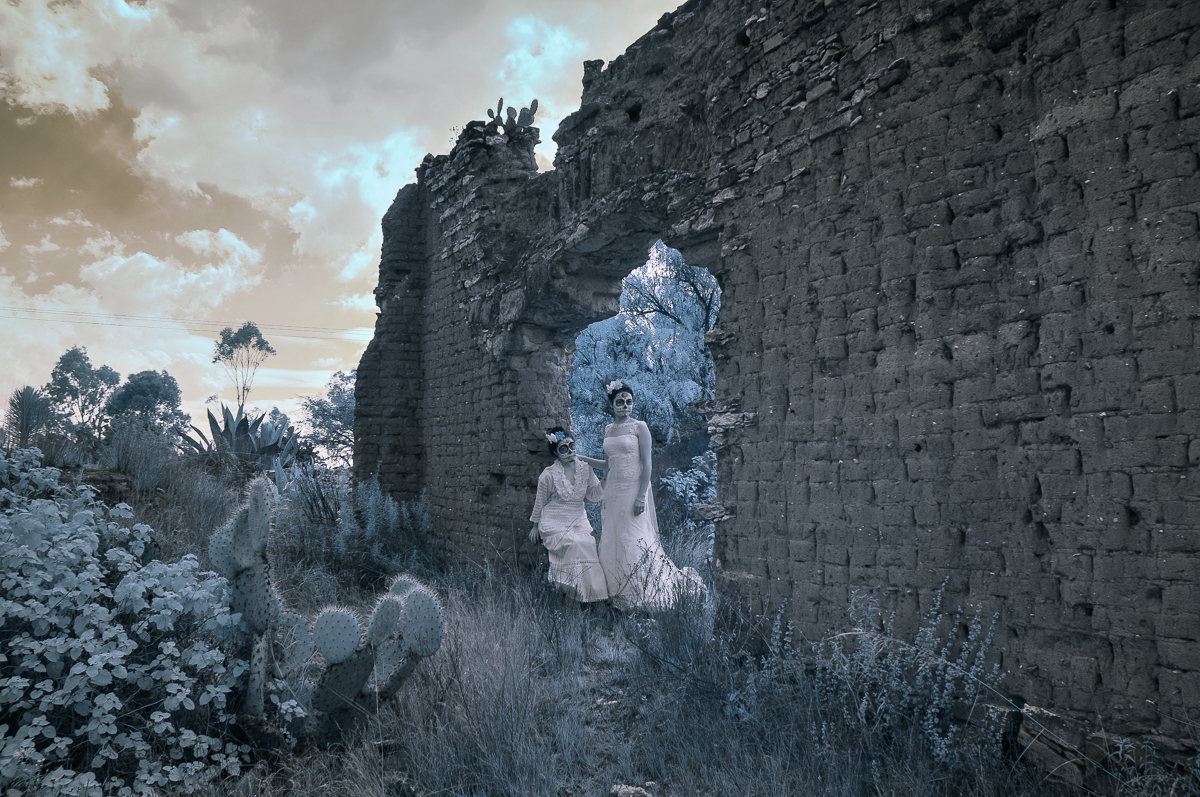
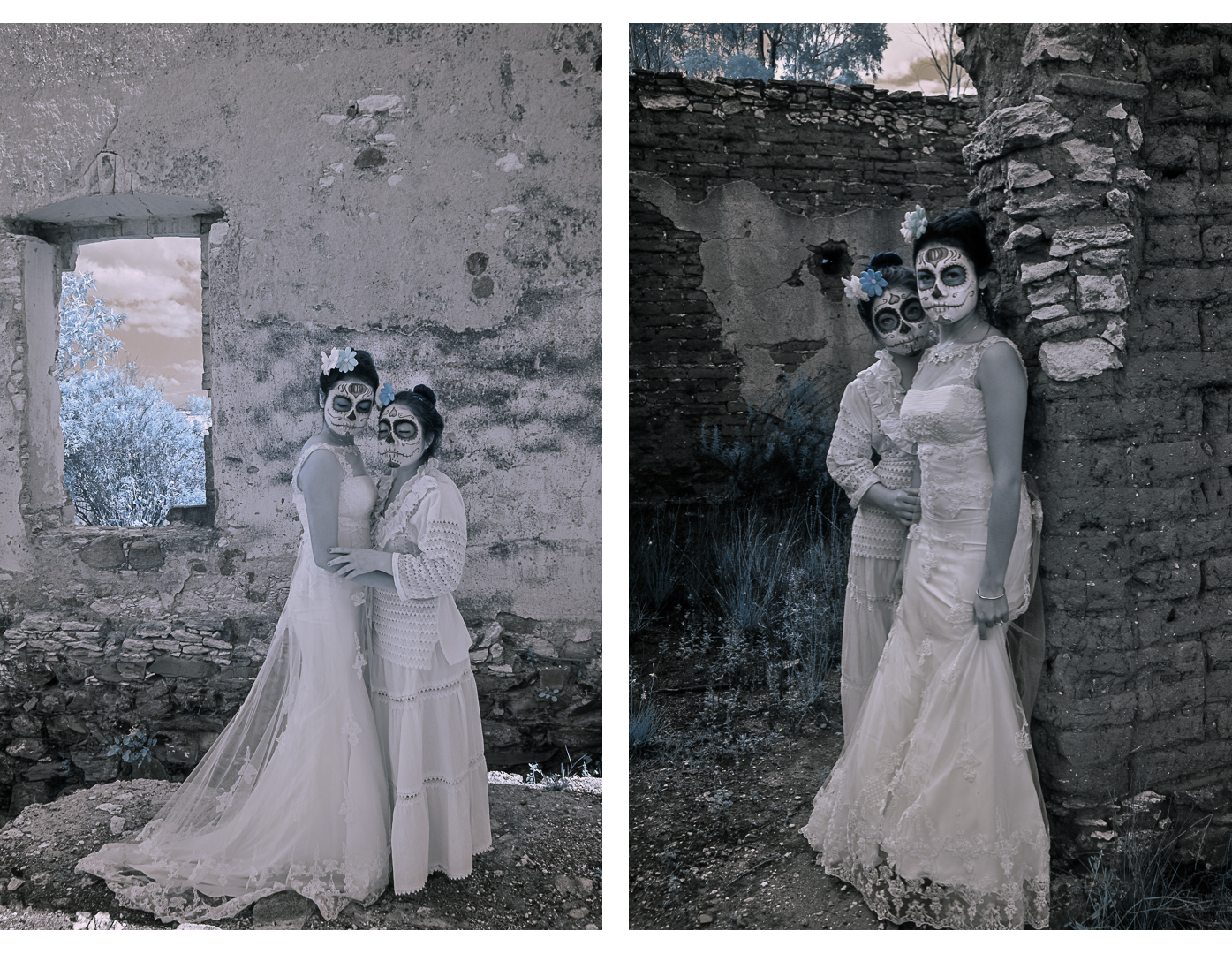

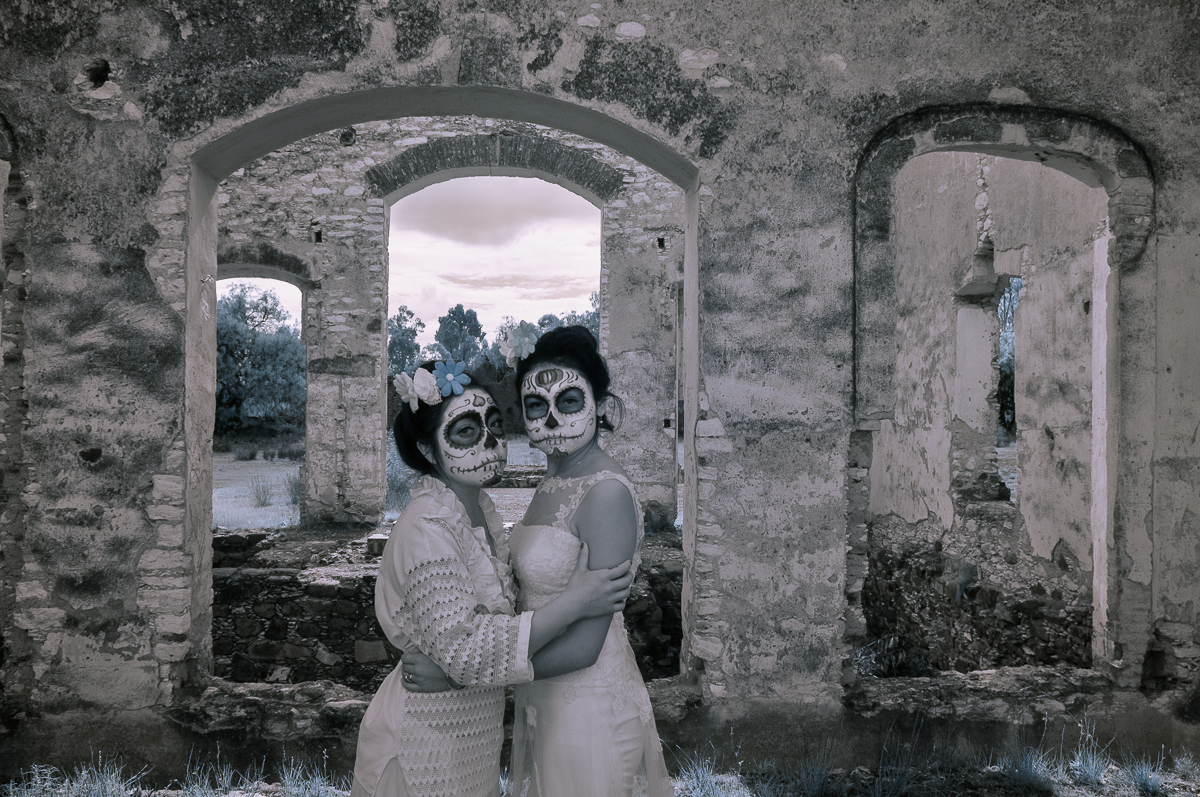

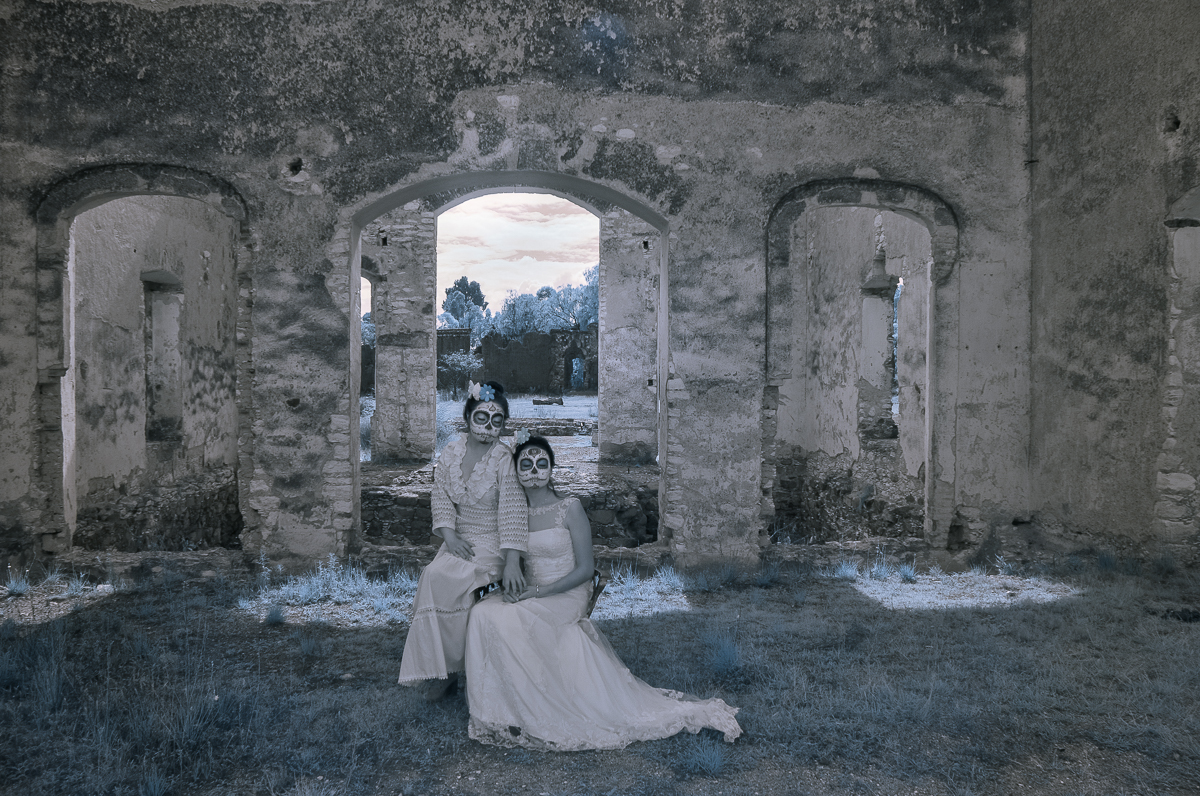
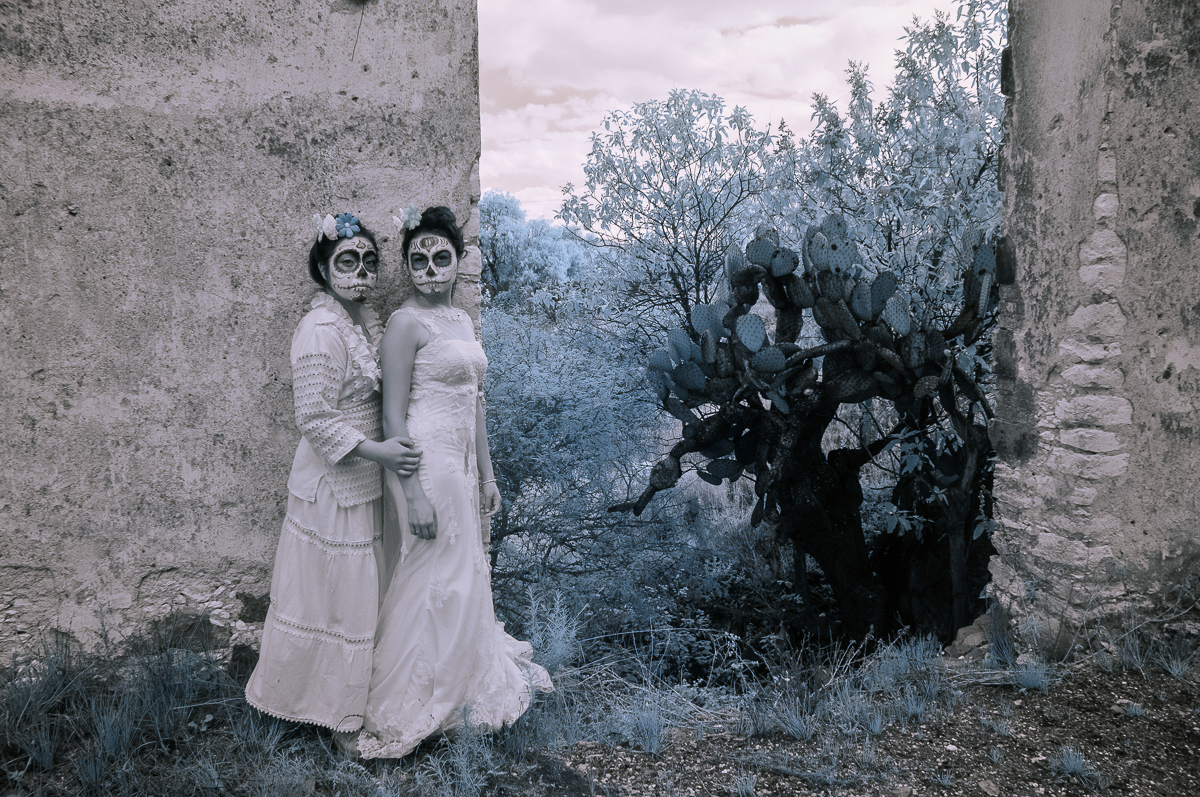
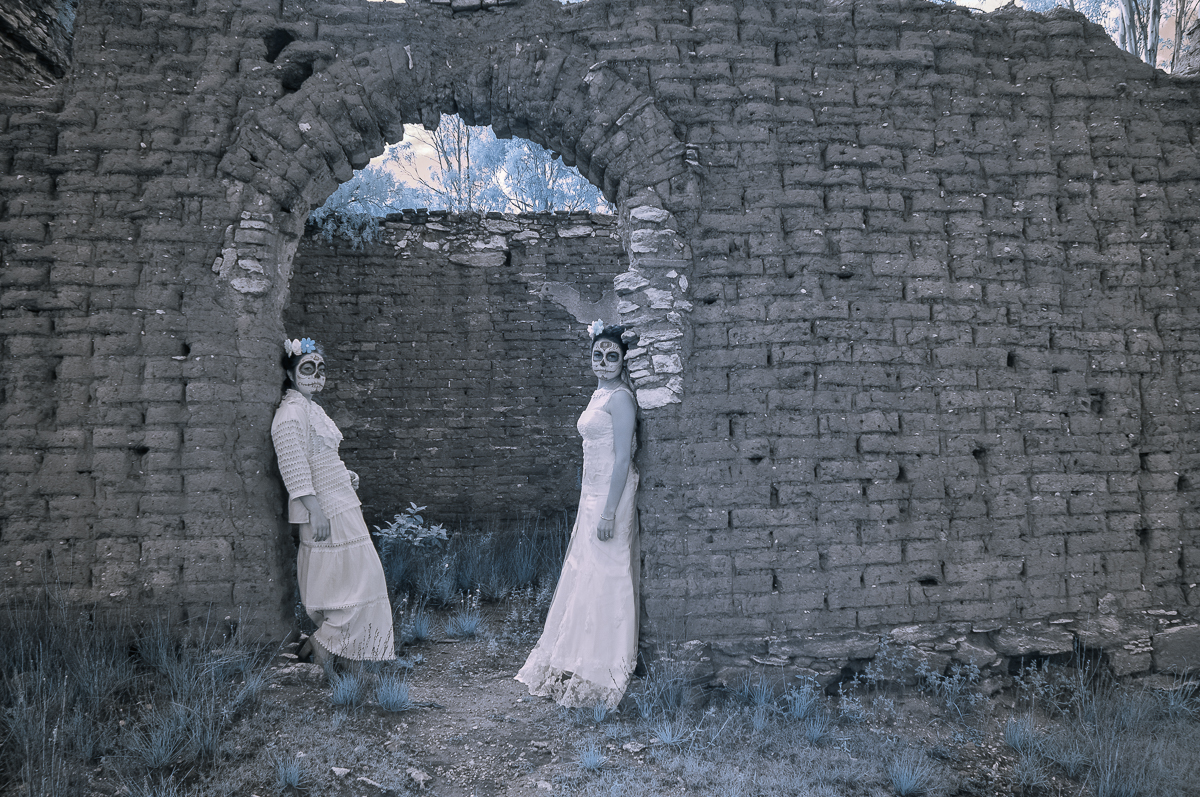
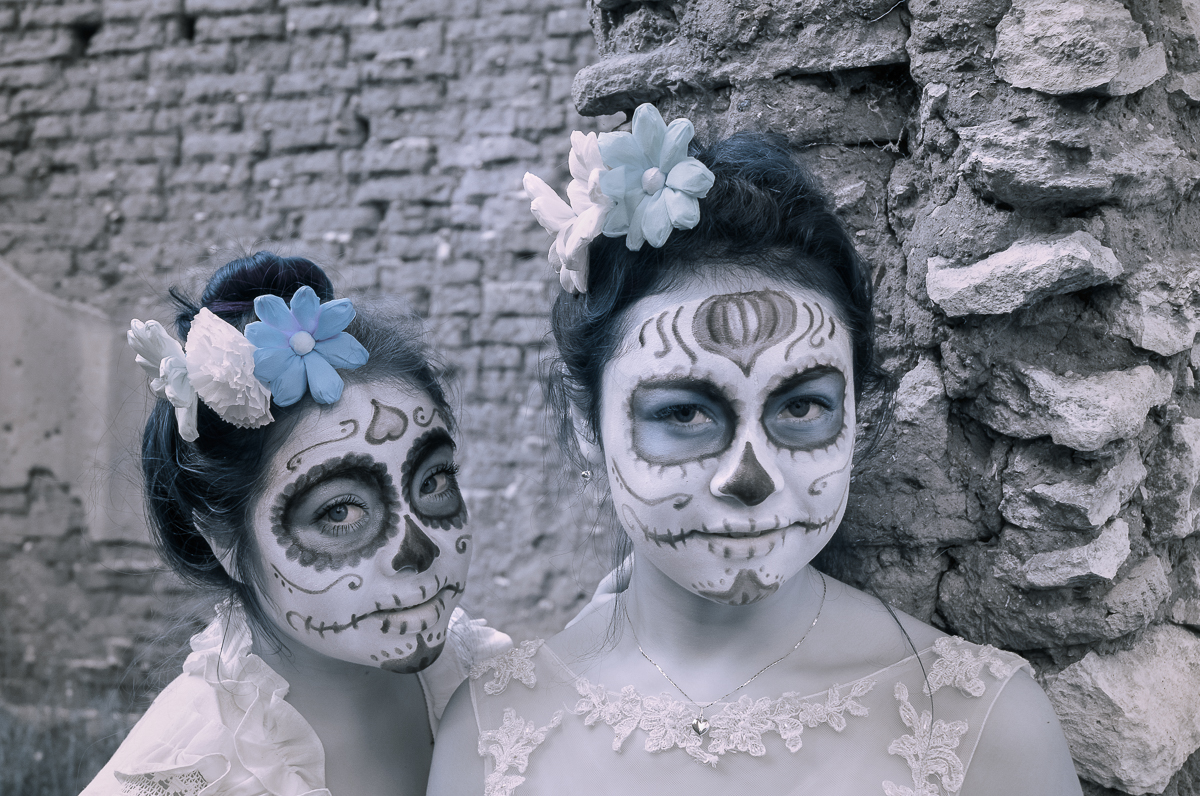
Putting full “Catrina” make-up on a 4-year-old is not a simple feat. But little Ava was a trooper and held still long enough to get her face made up for the festivities that night. I took a quick portrait of her after I was done and then took a couple of portraits with her gorgeous parents.
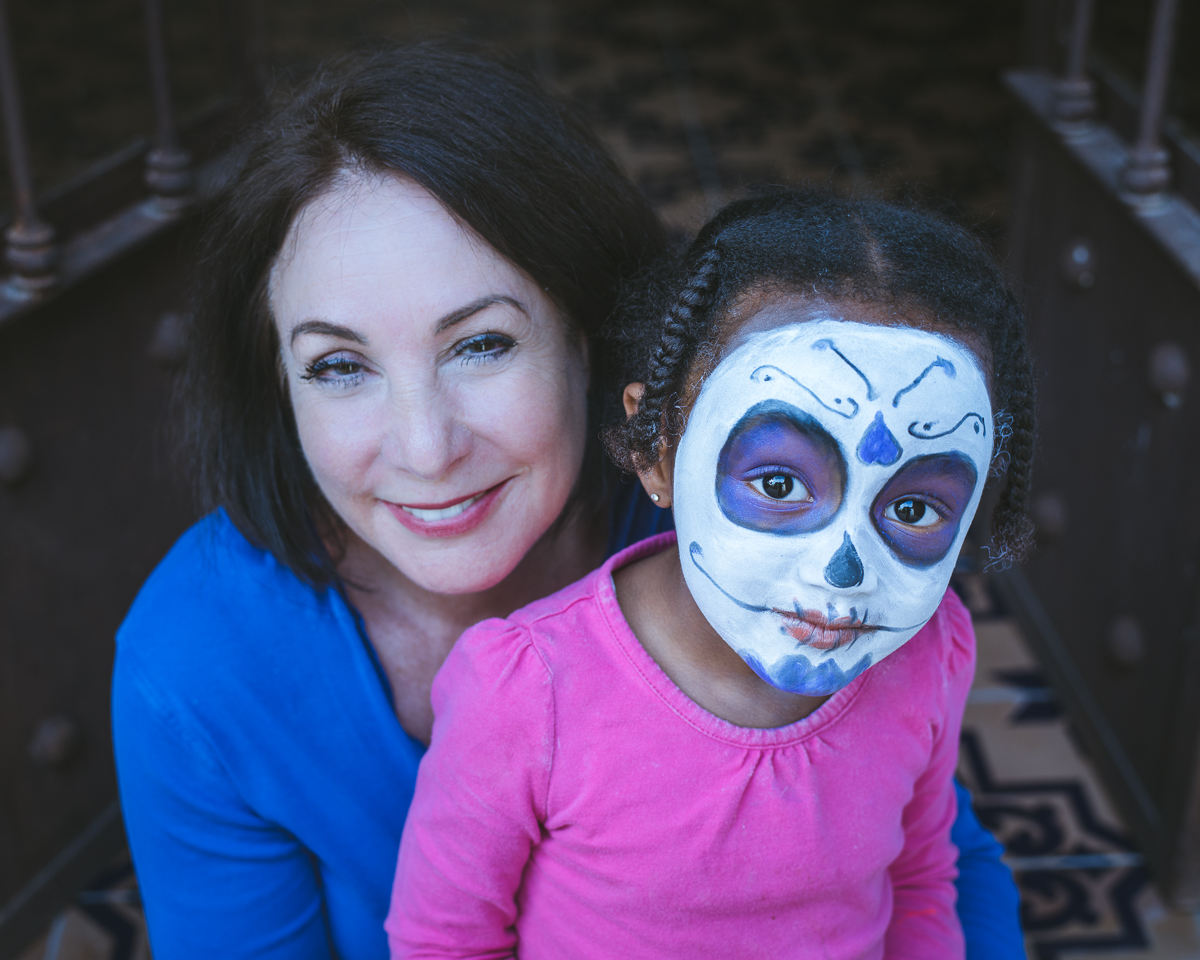

November 1st is All Saints Day or El Dia de Todos los Santos in Mexico. The deceased children (little angels) are remembered on November 1st with toys and colorful balloons adorning their graves. In Pozos, on this day, the children dress up in costumes and go to various homes to collect candy, much like Halloween night in the USA. A group of us gathered at the home of a friend with bags of candy and greeting the children. There were many more children than we expected and we ran out of candy. I photographed them as they came into the entry to collect their sweets.
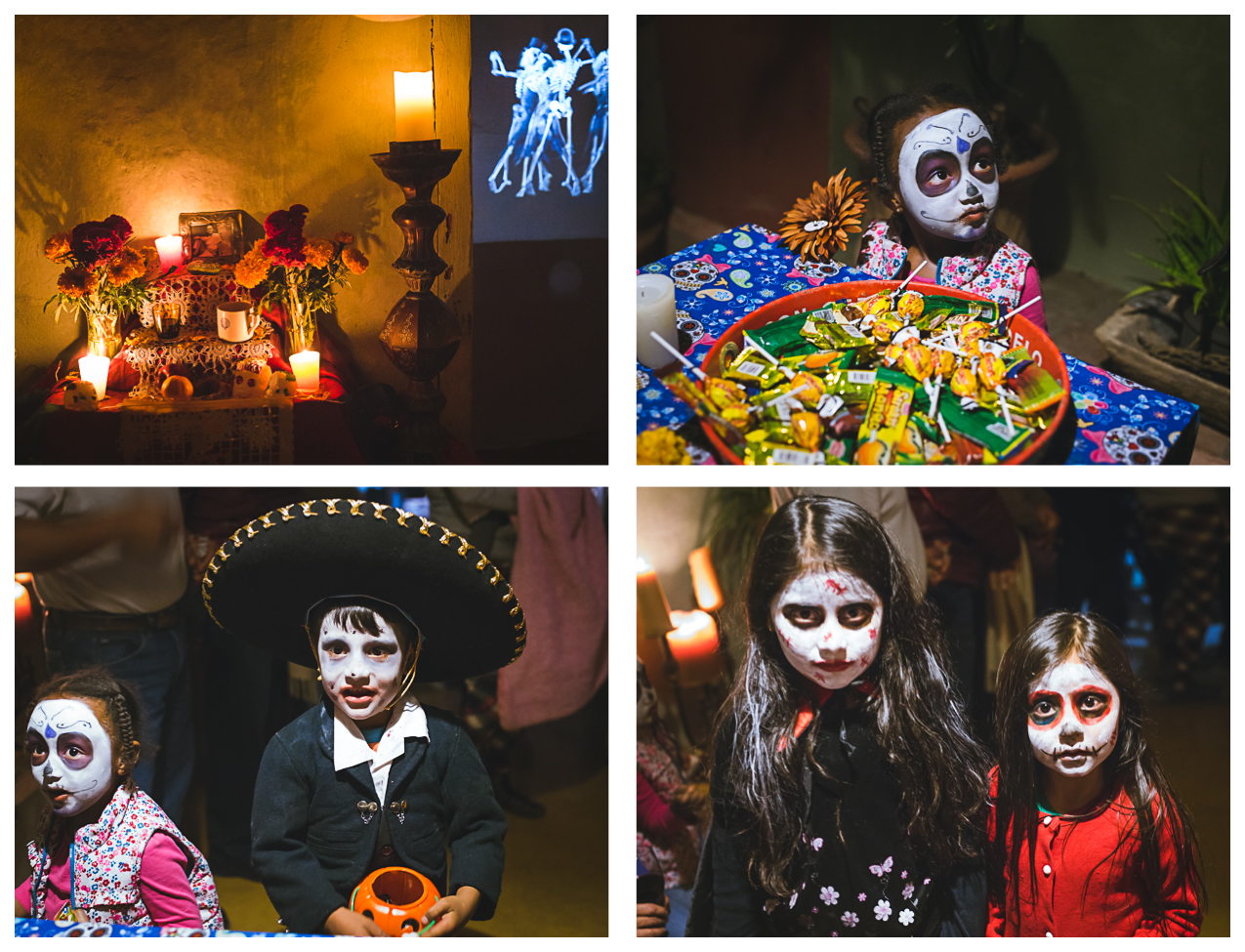
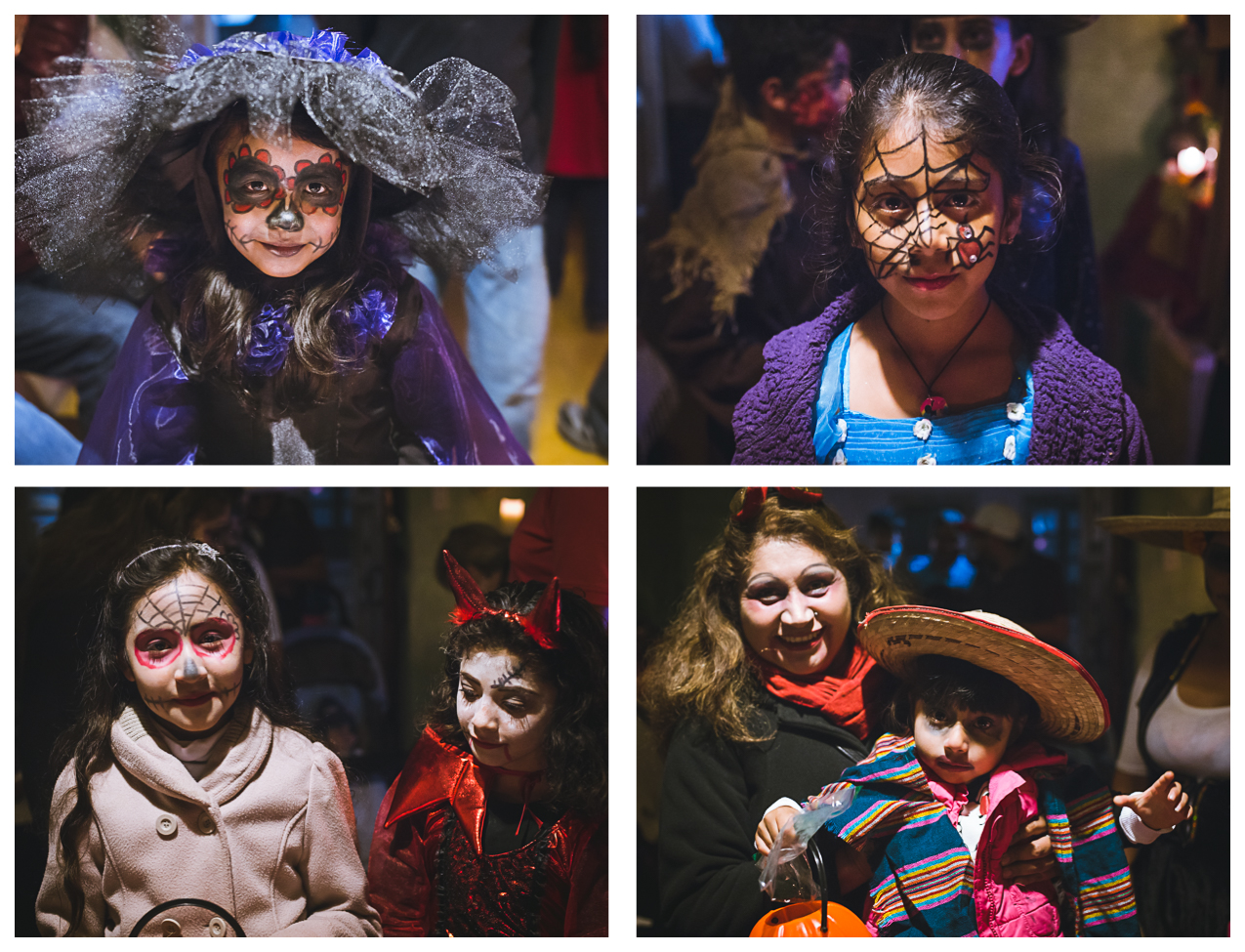


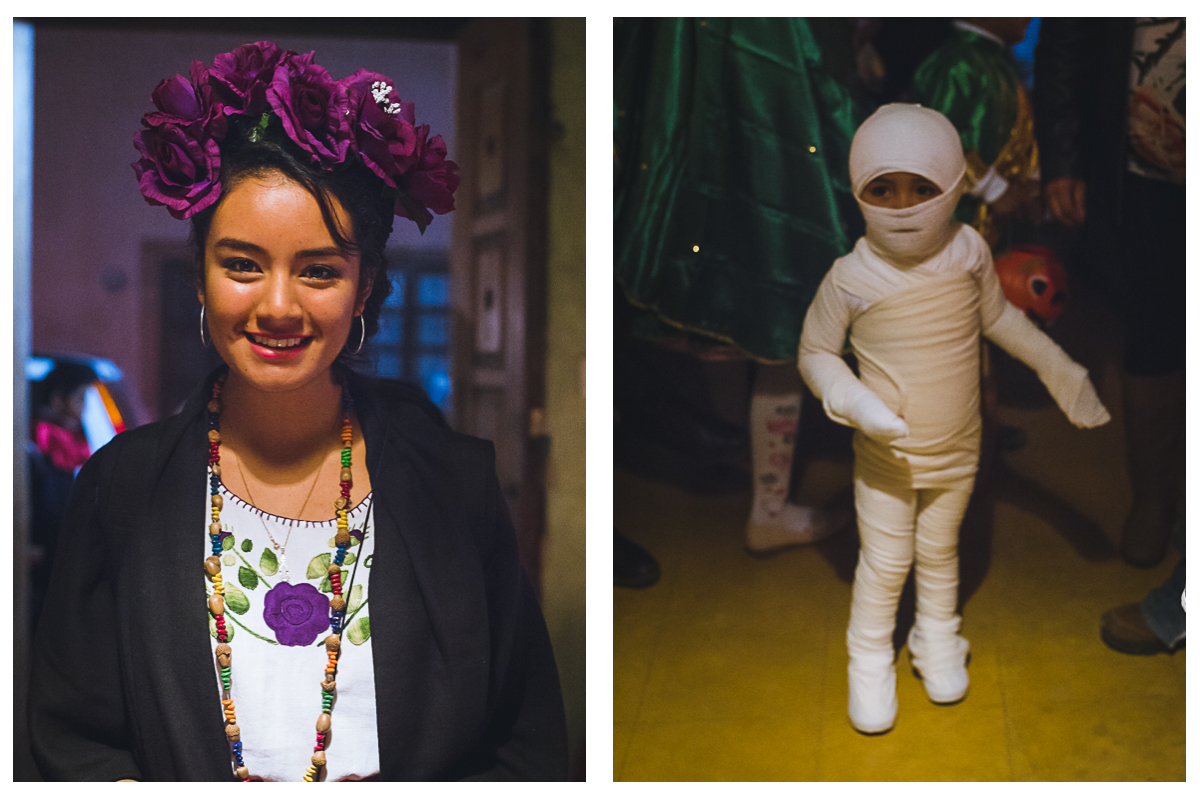
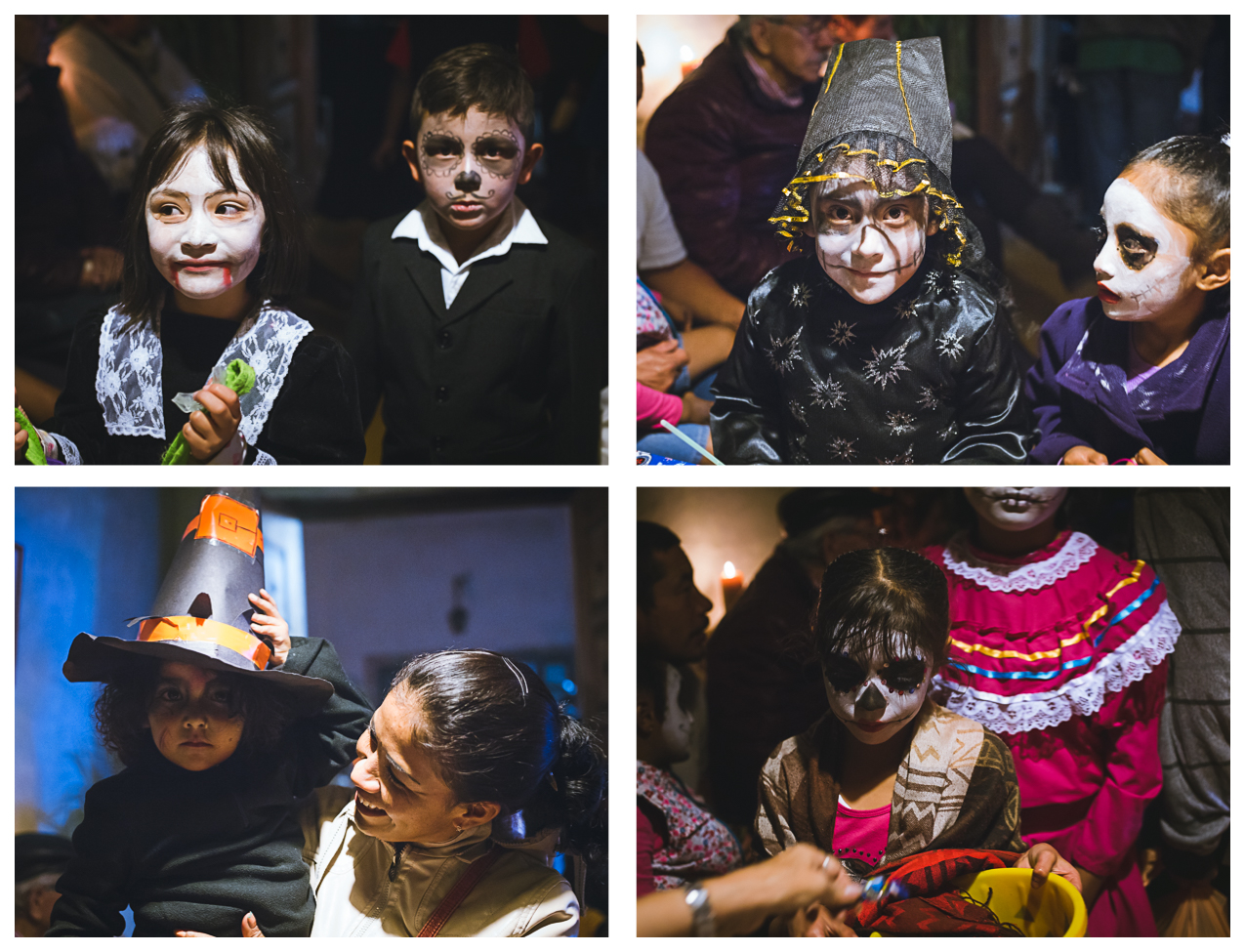
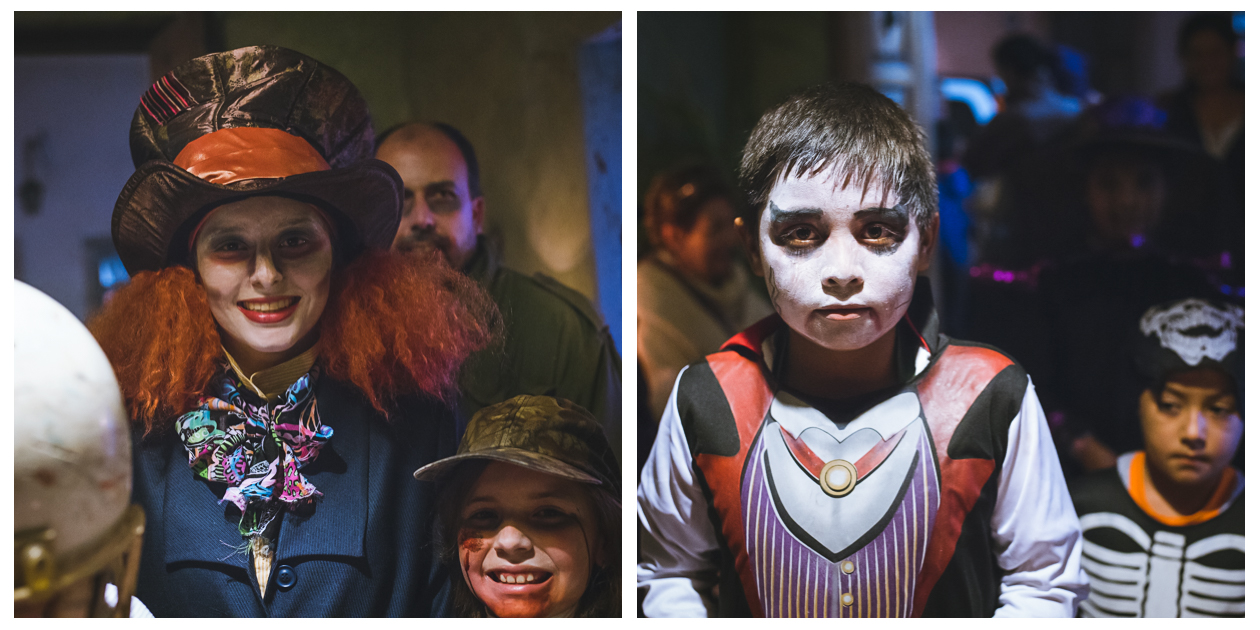
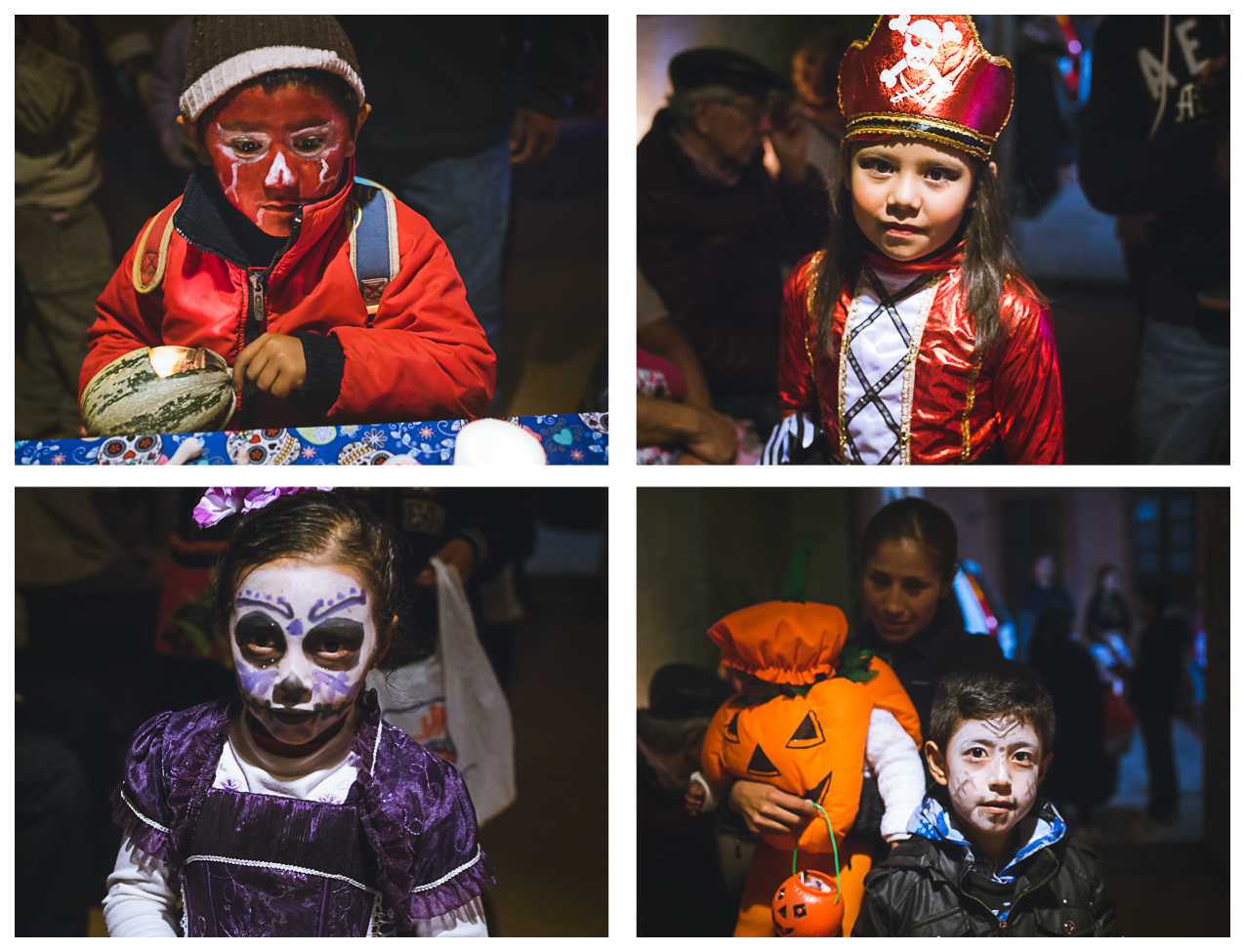
We’re coming down to the last day of the annual celebration to honor the town’s patron saint: El Señor de los Trabajos (The Lord of Work). Yesterday was a busy one for Pozos — the day before was quiet because of heavy rains. We wandered around in the evening, looking for yummy food from the street vendors and photographing the scenes encountered. We saw tons of market stalls, food stalls set up everywhere, carnival rides, street dogs looking for scraps, indigenous dancers in colorful costumes and headdresses, and people of all ages making their way on their knees to end their pilgrimage at the church at the top of the hill. Here’s some of the scenes I captured yesterday.

